|
Discover what implied dialogue is and four ways you can use it in your novel, whatever the genre, to enrich your readers’ experience.
|
|
TABLE 1
Text |
Type of prose |
Psychic distance between narrator and reader
|
|
‘Spoiler,’ said Reynolds. ‘I re-interviewed the surviving witnesses and they agreed that Anthony Lane opened fire at the Mary Engine and the jars on the rack. Before you ask, they were both interns and didn’t know where the items had come from.’
|
Direct speech
|
Wider
|
|
The dead guy, a certain Branwell Petersen, MIT graduate and former Microsoft employee, had died, the witnesses thought, because he stepped between the shooter and the Rose Jars.
|
Implied dialogue
|
Closer
|
|
‘The interns said he threw himself into the line of fire,’ said Reynolds. ‘As if his life was less important.’
|
Direct speech
|
Wider
|
2. Summarising to avoid repetition
A narrative summary enables authors to imply the spoken sharing of information without actually putting the whole conversation down on paper twice.
EXAMPLE
In the excerpt in Table 2a below, the protagonist – with the help of a companion – has escaped from an unknown location after being kidnapped.
|
TABLE 2a
Text |
Type of prose |
|
I stopped to orientate myself and spotted a street sign – Coldharbour Lane. I’d been in bloody Brixton the whole time. […] I wanted off the street, but didn’t want to put a random homeowner in danger. Instead we ran left towards the train station.
|
Narrative: Location of lair
|
|
[…] After less than a hundred metres, Foxglove was showing signs of serious distress and I felt her stumble a couple of times, but we’d reached the shopping parade by then and fortunately the Nisa Local was still open. A nervous black girl of about fifteen who was manning the tills gave us a weary look of disgust as we rushed in. Then got all confused when I told her I was a police office and that I needed to use a phone.
[…] I retreated with Foxglove into the corner where we’d be hidden by the shelves and called Guleed. |
Narrative: Location of store
|
|
[…] Guleed picked up, and I said, ‘We’re in the Nisa Local near Brixton Station and Chorley’s lair is on Coldharbour Lane.’
|
Direct speech: Repetition of narrative x2
|
But actually, I’ve butchered it. The real excerpt from pp. 329–30 of Lies Sleeping, also by Ben Aaronovitch, looks like this:
|
TABLE 2b
Text |
Type of prose |
|
I stopped to orientate myself and spotted a street sign – Coldharbour Lane. I’d been in bloody Brixton the whole time. […] I wanted off the street, but didn’t want to put a random homeowner in danger. Instead we ran left towards the train station.
|
Narrative: Location of lair
|
|
[…] After less than a hundred metres, Foxglove was showing signs of serious distress and I felt her stumble a couple of times, but we’d reached the shopping parade by then and fortunately the Nisa Local was still open. A nervous black girl of about fifteen who was manning the tills gave us a weary look of disgust as we rushed in. Then got all confused when I told her I was a police office and that I needed to use a phone.
[…] I retreated with Foxglove into the corner where we’d be hidden by the shelves and called Guleed. |
Narrative: Location of store
|
|
Guleed picked up, and I told her where I was, and where Chorley’s lair was, and let her get on with it.
|
Implied dialogue
|
The repetition is gone. Instead, of laboured direct speech that tells readers what they already know, the implied dialogue is taut and pacy, and lets us move on to the next part of the scene.
Summarising information via implied dialogue doesn’t necessarily reduce the word count, but that’s fine. The goal is not to necessarily to reduce the number of words (though that may be the result) but to keep the reader interested and drive the story forward.
3. Breaking up would-be monologues
However, when there’s a lot of detail, that information can turn into what feels like a monologue. The reader can end up dislocated from the environment, as if the speaker is talking in a vacuum or floating in white space. You might see this referred to as ‘talking heads syndrome’.
Implied dialogue is the antidote. It breaks up the dialogue so that while some of what was said is rendered in direct speech, chunks of it are voiced by the narrator. That is, what was actually spoken by the non-viewpoint character is implied.
EXAMPLE
In Table 3 below is a fine example from False Value again, this time on p. 287. Consider how long Reynolds’s spiel would have been if Aaronovitch hadn’t broken it up by allowing the protagonist and first-person narrator, Peter Grant, to bear some of the burden.
It’s implied that the 113 words about what happened on August 2015 were spoken by Reynolds, but it’s Grant who delivers the information to the reader on her behalf. The monologue has been avoided but we know exactly how that conversation went.
|
TABLE 3
Text |
Type of prose |
Psychic distance between narrator and reader
|
|
I flipped the master power switch as soon as I was inside and pulled a Coke out of the fridge to serve as a coffee substitute while I waited for my PC to boot up. As soon as Skype was running, Reynolds’s call flashed up.
|
Narrative
|
Closer
|
|
‘What was all that about?’ I asked when I saw her face.
|
Direct speech
|
Wider
|
|
‘Skinner’s been connected to another case,’ she said.
|
Direct speech
|
Wider
|
|
At 10.15 on a Monday morning in August 2015, one Anthony Lane walked into the offices of an obscure tech start-up in San Jose carrying a concealed handgun. He talked his way past the receptionist before using the threat of force to gain access to the secure area at the rear and then, once he was in, opened fire. One person was killed instantly, two others were wounded and Lane himself was shot eight times in the back by a responding police officer. The attack barely made the news, being just one of several hundred to several thousand – depending on where you set the parameters – of active shooter incidents so far that year.
|
Implied dialogue
|
Closer
|
|
‘It wasn’t on my list,’ said Reynolds, ‘because the perp was dead.’
|
Direct speech
|
Wider
|
4. Making direct speech more impactful
EXAMPLE
The excerpt in Table 4 is from p. 369 of Lies Sleeping. The author uses a combination of direct speech, implied dialogue and narrative to present a coherent telling of the what the characters are saying and doing.
In this case, the implied dialogue is how readers know about the relatively mundane conversations that have taken place between the characters, but note in particular the penultimate line in which we learn that Guleed said she’d been about to phone.
What that does is put her closing direct speech centre stage. And that’s right and proper because it’s anything but mundane. It’s a section-closer that drips with suspense and tension – compelling the reader to turn the page so they can find out more about the problem Guleed’s identified, what the implications are and how the team are going to fix it.
|
TABLE 4
Text |
Type of prose |
|
‘I’ve checked for booby traps and handed it over to the local boys. Alexander is sending a search party tomorrow.’
|
Direct speech
|
|
He asked after Stephanopoulos and I passed on the assurances that Dr Walid had given me. I asked if he was heading back tonight and he said he was.
|
Implied dialogue
|
|
‘Anything else to report?’ he asked.
|
Direct speech
|
|
‘A creeping sense of existential dread,’ I said. ‘Apart from that I’m good.’
|
Direct speech
|
|
‘Chin up, Peter. He’s on his last legs – I can feel it.’
|
Direct speech
|
|
Once Nightingale had rung off I called Guleed, who’d been arriving as a nasty surprise to bell foundries and metal casting companies from Dudley to Wolverhampton all day.
|
Narrative
|
|
She said she’d been just about to phone.
|
Implied dialogue
|
|
‘I was right,’ she said. ‘There’s another bell.’
[SECTION BREAK] |
Direct speech: Standout one-liner
|
Summing up
And while direct speech that’s rich in voice, conveys mood, and shows intent is knockout, it may be that you’re concerned about excluding your readers – or, worse, boring them. If that's the case, experiment with this tool and see what effect it has on your prose when you mix things up a little.
Related resources and cited texts
- Dialogue resource centre
- Editing Fiction at Sentence Level (book)
- False Value, Ben Aaronovitch, Gollancz, 2020
- How to Line Edit for Suspense (multimedia online course)
- Lies Sleeping, Ben Aaronovitch, Gollancz, 2018
- Narrative Distance: A Toolbox for Writers and Editors (multimedia online course)
She is an Advanced Professional Member of the Chartered Institute of Editing and Proofreading (CIEP), a member of ACES, a Partner Member of The Alliance of Independent Authors (ALLi), and co-hosts The Editing Podcast.
- Get in touch: Louise Harnby | Fiction Editor & Proofreader
- Connect: X at @LouiseHarnby, Facebook and LinkedIn
- Learn: Books and courses
- Discover: Resources for authors and editors
What’s in this post?
- The difference between dialogue and narrative
- Using speech snippets as a narrative device
- Different styles of punctuation
- Using free indirect speech as an alternative
- Should the snippets be capitalized?
- Keeping the text lean and engaging
The difference between dialogue and narrative
Narrative is the telling of the story – how an external narrator or viewpoint character reports on the events taking place in the novel.
In the example below, the dialogue between the characters is in quotation marks. The surrounding text is narrative, and through it we learn what the viewpoint character – Milo – is thinking and what he can see and hear as the journey progresses.
The driver turned right at the junction, taking them over the bridge and south of the river.
Milo banged on the glass partition and shouted, ‘Hey, you’ve gone the wrong way, mate. We need to go north.’
‘Don’t worry yourself, sir,’ the driver said, his voice tinny through the intercom. ‘I’ve been told exactly where to take you.’
Note the following:
- I’ve used single quotation marks in line with British English-style convention.
- Each new speaker’s dialogue starts on a new line.
- The full stop after realm sits outside the closing quotation mark because this isn’t direct speech.
Here’s how it might look using US English style:
The driver turned right at the junction, taking them over the bridge and south of the river.
Milo banged on the glass partition and shouted, “Hey, you’ve gone the wrong way, mate. We need to go north.”
“Don’t worry yourself, sir,” the driver said, his voice tinny through the intercom. “I’ve been told exactly where to take you.”
Note the following:
- I’ve used double quotation marks.
- Each new speaker’s dialogue starts on a new line.
- The full stop after realm sits inside the closing quotation mark.
Using speech snippets as a narrative device
Although full sentences are used in the speech snippets, it’s not conventional dialogue. Rather, it’s narrating character’s recollection of utterances that give the reader a flavour of another character’s perspective.
Here’s an example punctuated using British English style. Note the following:
- I’ve used single quotation marks in line with British English-style conventions.
- Adamson’s speech snippets are not given a new line but incorporated into the narrative.
- Commas and a conjunction separate the speech snippets.
- Commas and a conjunction separate the speech snippets. These replace any full points that would have appeared if the actual conversation had been reported and rendered as dialogue.
- The commas sit outside the speech marks to indicate that this is Milo’s narrative rather than conventional dialogue.
And here’s an example punctuated using US English style, which some people might find a little trickier because of the question mark and the punctuation convention. In the three examples below:
- I’ve used double quotation marks in line with US English-style conventions.
- Adamson’s speech snippets are not given a new line but incorporated into the narrative.
- Commas and a conjunction separate the speech snippets. These replace any full points that would have appeared if the actual conversation had been reported and rendered as dialogue.
- Most of the commas still sit inside the speech marks as per US English style. The tricky bit is deciding what to do with the snippet containing a question mark.
Milo fumed. Stuck-up establishment idiots. They didn’t have a clue. Like that jerk Adamson barking on about his so-called obligations. During their previous meeting, Milo had nodded and smiled in all the right places while his boss informed him that “It’s all about the defence of the realm, old chap,” “Democracy’s lost its way, don’t you think?” “Got to look after our own, you know,” and “Government’s best done by our lot, not civilians.”
Option 2: Recast so that the snippet with a question mark is at the end of the sentence
Milo fumed. Stuck-up establishment idiots. They didn’t have a clue. Like that jerk Adamson barking on about his so-called obligations. During their previous meeting, Milo had nodded and smiled in all the right places while his boss informed him that “It’s all about the defence of the realm, old chap,” “Got to look after our own, you know,” “Government’s best done by our lot, not civilians,” and “Democracy’s lost its way, don’t you think?”
Option 3: Add a separating comma after the closing quotation mark to emphasize the separation
Milo fumed. Stuck-up establishment idiots. They didn’t have a clue. Like that jerk Adamson barking on about his so-called obligations. During their previous meeting, Milo had nodded and smiled in all the right places while his boss informed him that “It’s all about the defence of the realm, old chap,” “Democracy’s lost its way, don’t you think?”, “Got to look after our own, you know,” and “Government’s best done by our lot, not civilians.”
If you’re an editor who doesn’t have the scope to suggest a recast, I think Option 1 is fine. The question mark acts in place of a separating comma and avoids cluttering punctuation.
Option 3 indicates a clear separation but it’s a break from US-English style and clutters the paragraph with a comma that isn’t strictly needed.
Using free indirect speech as an alternative
Free indirect speech reads like direct first person dialogue but retains a third-person viewpoint. Here’s how it might work in our example.
Note how I’ve experimented with just a little italic for emphasis – old chap and our lot.
That’s so that although Milo is reporting the kinds of things he heard his boss say, the reader pays attention to the some of the tone of his boss’s voice and some of the language that Milo finds particularly grating.
Keeping the text lean and engaging
So what should you do if you’re passing an editorial eye over a sentence with lots of snippets?
Option 1: Can you create the same impact with fewer snippets?
Check whether all those snippets need to be there. Are some of them conveying similar information? If that’s the case, could you retain only those necessary to convey the essence of the character’s thought processes to the reader?
The example below has eight snippets.
Yes, Adamson might have uttered all of those statements, but capturing the essence of his mindset can be still achieved my omitting at least three of them.
I recommend you pick the utterances that are most powerful. That way, you'll ensure your reader remains engaged.
Option 2: Create two sentences from one
If editing out some dialogue snippets isn’t an option, try breaking the sentence into two.
Option 3: Mix up dialogue snippets and free indirect speech
Another option is to combine two different literary tools – direct speech snippets and free indirect speech. Here’s how it might work.
Again, I experimented with just a little italic to draw attention to Adamson's tone and its grating effect on Milo, and added an action beat in parentheses to highlight Adamson's readiness to break the law.
This option ensures the use of direct speech isn’t overworked, and instead gives the reader a different way to access the information in the narrative about how Adamson’s mind works.
Should the snippets be capitalized?
If I was dealing with partial dialogue, I'd approach the text as in the next example.
Summing up
However, writers and their editors need to ensure that readers won’t be tempted to skim. For that reason, pay attention to:
- consistent punctuation that supports readability, clarity and style
- brevity that captures the essence of the character’s perspective
- whether different tools could be combined to make the prose more interesting.
Related resources
- Book: Editing Fiction at Sentence Level
- Book bundle: Transform Your Fiction series
- Courses: The Fiction Line Editing Bundle
- Course: How to Line Edit for Suspense
- Course: How to Write the Perfect Fiction Editorial Report
- Course: Narrative Distance: A Toolbox for Writers and Editors
- Free resources: Dialogue
- Free resources: Line craft
She is an Advanced Professional Member of the Chartered Institute of Editing and Proofreading (CIEP), a member of ACES, a Partner Member of The Alliance of Independent Authors (ALLi), and co-hosts The Editing Podcast.
- Get in touch: Louise Harnby | Fiction Editor & Proofreader
- Connect: Twitter at @LouiseHarnby, Facebook and LinkedIn
- Learn: Books and courses
- Discover: Resources for authors and editors
What’s in this post?
- What is dialogue?
- What is an action beat?
- Midstream dialogue interruptions: Using dashes
- Which case to use: Upper or lower?
- How to avoid using three consecutive punctuation marks
What is dialogue?
Depending on your style of choice, these marks can be either singles (‘blah blah’) or doubles (“blah blah”).
It’s more common to see double quotation marks used for books written in US-English style, and single marks used for books written in British-English style, but this is a convention rather than a rule. Consistency is what authors and editors aim for, so make your choice and stick with it.
What is an action beat?
That’s particularly useful when the narrative style is limited to the perspective of a single viewpoint character, a common and effective style of writing for many commercial fiction authors.
Examples of dialogue with action beats
In these examples, I’ve placed the action beats in the middle of the dialogue so you can focus on how the various beats I’ve chosen convey different emotions to the reader: frustration in the first, contemplation in the second, and boredom in the third.
‘So Mac’s not delivering the report for another week?’ Louise drummed her fingers on the table. ‘Okay. Let’s make a backup plan.’
‘So Mac’s not delivering the report for another week?’ Louise glanced at the clock and yawned. ‘Okay. Let’s make a backup plan.’
Note that none of these action beats are interrupting the speaker midstream. When they do, the punctuation can become a little more challenging.
Midstream dialogue interruptions: Using dashes
- Spaced en dashes (–) are a popular convention in British-English style.
- Closed-up em dashes (—) are a popular convention in US-English style.
This is not the law, not a rule, not the only way or the right way. It’s just the style that many publishers and independent authors choose to follow and that readers are used to seeing. Again, consistency is recommended so that readers aren’t unnecessarily distracted.
Example 1
Here’s an example written in British-English style, using spaced en dashes and single quotation marks.
And here it is again in US-English style, using closed-up em dashes and double quotation marks.
Example 2
Here’s an example written in British-English style, using spaced en dashes and single quotation marks. This time we’re dealing with an additional punctuation mark: the ellipsis.
And here it is again in US-English style, using closed-up em dashes and double quotation marks.
Which case to use: Upper or lower?
The action beats contained within the parenthetical dashes don’t start with a capital letter. Instead, the convention asks for lower case because the text is interrupting the dialogue midstream.
Avoiding three consecutive punctuation marks
- The ellipsis shows that the speaker takes a pause.
- The closing quotation marks indicates that the speech has stopped.
- The dash marks interruptive narrative and tells the reader that the speech will resume after the action beat.
However, some authors feel uncomfortable with multiple punctuation marks. If that’s you, you could try the following:
1. Remove the ellipsis and let the reader insert their own pause
Without the ellipsis, it’s not as clear to the reader if the scrolling is happening at the same time as the character is speaking or if she takes a pause, but does it really matter? In this case, probably not.
2. Tell (rather than show) the pause
If an author feels it’s absolutely necessary for the reader to know about the pause but doesn’t want to show it with an ellipsis, they could tell it (she paused).
Some might consider this a less elegant solution – a little wordy perhaps – but most readers likely won’t bat an eyelid unless those told pauses and hesitations are littering a text.
Summing up
If you want to interrupt dialogue midstream with action beats, try setting off the beat with dashes.
The choice of whether to use single or double quotation marks and spaced en dashes or closed-up em dashes is the author’s (or the publisher’s). If you’re a freelance fiction editor, check what your client’s style preferences are.
Once the style choice has been made, go for consistency so that readers can concentrate on immersing themselves in the story rather than untangling the punctuation.
Related line-craft resources
She is an Advanced Professional Member of the Chartered Institute of Editing and Proofreading (CIEP), a member of ACES, a Partner Member of The Alliance of Independent Authors (ALLi), and co-hosts The Editing Podcast.
- Get in touch: Louise Harnby | Fiction Editor & Proofreader
- Connect: Twitter at @LouiseHarnby, Facebook and LinkedIn
- Learn: Books and courses
- Discover: Resources for authors and editors
In this post ...
- What a dialogue tag is
- Back-loaded tags
- Mid-loaded tags
- Front-loaded tags
- Impact level, psychic distancing and lyricism in front-loaded tags
What a dialogue tag is
- Are you enjoying reading that blog post?’ Louise said.
- ‘Are you enjoying reading that blog post?’ she asked.
In the above examples, the tags are shown in bold and comprise the subject (someone’s name or their pronoun) doing the speaking, and the verb from which the reader can infer that the action of speech is taking place.
Commonly used effective verbs include ‘said’, ‘asked’, ‘replied’, ‘whispered’, ‘muttered’, ‘yelled’, ‘continued’ and ‘added’.
Ineffective dialogue tags use verbs that bring to mind action that’s not related precisely to speech but to some other behaviour. Examples include ‘sneered’, ‘grimaced’, ‘laughed’, ‘harrumphed’, ‘huffed’, ‘sighed’, ‘snarled’ and ‘urged’.
Positioning tags in fiction:
Back-loading, mid-loading and front-loading
So where might they go?
Dialogue tags can be front-loaded, mid-loaded and back-loaded.
Back-loaded dialogue tags
Back-loaded tags come after the speech and are used commonly. Consider using them in the following circumstances:
- Length of dialogue: Your character’s dialogue is a short burst and you want to ensure the reader’s attention is focused on what’s being said straightaway, rather than who’s saying it.
- Impact level: The dialogue is relevant but low key. There’s no punchline that might be flattened by a tag.
EXAMPLES
Mid-loaded dialogue tags
Mid-loaded tags come between the speech. They, too, are a popular choice for writers. Consider this option in the following circumstances:
- Length: The dialogue stream is longer and you want to ensure your readers don’t wait too long to discover who’s speaking.
- Rhythm and context: You want to introduce a natural pause so that the speech doesn’t turn into a monologue. You can also supplement the tag with descriptive action that grounds the dialogue in the environment and helps the reader picture the scene.
- Impact level: You’ve written a witty, suspenseful or impactful punchline into the dialogue and don’t want it interrupted or flattened by a tag.
- Interrupted speech: You’ve written speech that’s interrupted abruptly and don’t want the tag interfering with the interrupter’s speech.
EXAMPLE 1
This first example is from David Rosenfeld's Collared.
Notice how in the above example of single-character dialogue, which comprises a total of 51 words, the impact point is with the closing sentence: ‘Sign the damn form and send it in’. Because the tag’s located earlier, that dialogue gets to shine.
Compare the original with this version, which I’ve given a back-loaded tag:
Back-loading the tag strips ‘Sign the damn form and send it in’ of its oomph.
EXAMPLE 2
Here’s an example from Linwood Barclay’s Parting Shot that shows how mid-loaded tags can protect the flow of interrupted dialogue.
Notice how by mid-loading the dialogue tag, Ms. Plimpton’s interruption – indicated by the closed-up em dash at the end of Duckworth’s speech – feels more authentic because it’s given the space to flow.
Front-loaded dialogue tags
Front-loaded tags come before the dialogue. This position is the one least used in most commercial fiction, and there’s a good reason for that: reader focus.
Those familiar with advice on writing for the web will know that web copy needs to be front-loaded with relevant keywords. This means that the important stuff comes first. That’s because visitors to websites are busy and scanning for solutions to their problems. When they don’t get them fast, they become frustrated and are more likely to jump to another site.
If the novelist’s done their job well, readers will invest way more time in soaking up their prose than if they were shopping for a new duvet cover. Even so, every word in a piece of fiction needs to count, and readers should still be focusing on the most important stuff.
And so if you’ve written great dialogue, most of the time you’ll want to ensure your readers are focusing on it as soon as possible. Front-loading the speech, rather than the tag, helps achieve that.
That’s not to say that front-loaded dialogue tags don’t have their place. They do, and they can be extremely effective when used purposefully.
When front-loaded tags work:
Impact level, psychic distancing and lyricism
Impact level
A front-loaded dialogue tag can function in the same way as a mid-loaded one when it comes to speech containing impact points. Again, we’re talking about dialogue that’s witty, suspenseful, or closes with an impactful line that you don’t want to flatten with a tag.
EXAMPLE
Let’s return to the excerpt from Collared. Although Rosenfelt uses a mid-loaded tag, he could have opted for a front-loaded one and preserved the oomph in his closing sentence. Here’s how it might look:
Psychic distancing
If you want the prose to feel more expository so that the reader is less closely connected to the character, front-loading the tag might be just the ticket. Doing this widens the psychic (or narrative) distance.
A tag tells of speaking whereas dialogue shows what’s being said. By placing the tag first, you draw the reader away from the character’s voice and give the prose a more objective feel.
EXAMPLE
This excerpt is from Jens Lapidus’s Life Deluxe.
|
They veered onto a side street off Storgatan.
Jorge's phone rang. Paola: "It's me. Que haces, hermano?" Jorge thought: Should I tell her the truth? "I'm in Södertälje." "At a bakery?" Paola: J-boy loved her. Still, he couldn't take it. He said, "Yeah, yeah, ‘course I'm at a bakery. But we gotta talk later—I got my hands full of muffins here." They hung up. |
Lapidus has front-loaded dialogue tags and thoughts in this excerpt, and it’s an excellent example of psychic distancing in action. The centring of the characters rather than the speech gives the prose a detached, clinical feel that shows rather than tells mood.
Jorge is a drug-dealer operating in Stockholm’s shady underworld. He’s only just out of jail but already he’s frustrated with a life of honesty. In fact, he’s got only one thing on his mind: easy money.
The wider psychic distance means we get to see the world through Jorge’s eyes but without getting too close to him. Perhaps Lapidus doesn’t want us to empathize with him too much. Instead, he widens the psychic distance just enough that we can make up our own minds about whether Jorge deserves the trouble coming his way.
Lyricism
Repeated use of front-loaded tags with short bursts of dialogue can introduce a lyricism into prose whereby the tags function as more than just indications of who’s speaking. They become part of the poetry.
This approach can work particularly well with parody, satire and comedic prose.
EXAMPLE
Mari said, ‘No.’
Ahmed said, ‘Yes.’
Sol said, ‘Maybe.’
Dave said, ‘I couldn’t give a shit. Is that the best you’ve got?’
Arthur said nothing, just yawned.
The bell rang. Suitably insulted, I raised the SIG, shot each student in the head, and retired to the staff room.
Notice how the multiple front-loaded dialogue tags are performing anaphorically. Anaphora is the purposeful repetition of words or phrases at the beginning of successive clauses.
It’s often used in poetry and speeches. When it’s used in novels, that repetition draws the reader's eye and can show rather than tell mood – boredom, monotony or, as in this case, disinterest. The tags are therefore key to the lyricism, and as important as the speech.
Summing up
The key is to consider what purpose your tag is serving and how it can best amplify the speech, evoke mood, and improve rhythm.
Cited sources
- Barclay, l., Parting Shot, Orion; 2017 (p. 380)
- Boyd, W., Solo: A James Bond Novel, Vintage, 2014 (p. 260)
- Crosby, SA, Blacktop Wasteland, Headline, 2021 (Chapter 1, Kindle edition)
- Lapidus, J, Life Deluxe, Pan, 2015 (Chapter 1, Kindle edition)
- Rosenfelt, D, Collared, Minotaur Books, 2017 (Kindle edition)
Fiction editing training: Books and courses
- Editing Fiction at Sentence Level (book)
- Fiction editing and writing resources (online library)
- How to Line Edit for Suspense (multimedia course)
- How to Write the Perfect Fiction Editorial Report (multimedia course)
- Narrative Distance: A Toolbox for Writers and Editors (multimedia course)
- Preparing Your Book for Submission (multimedia course)
- Switching to Fiction (multimedia course)
- What is anaphora and how can you use it in fiction writing? (blog post)
She is an Advanced Professional Member of the Chartered Institute of Editing and Proofreading (CIEP), a member of ACES, a Partner Member of The Alliance of Independent Authors (ALLi), and co-hosts The Editing Podcast.
- Get in touch: Louise Harnby | Fiction Editor & Proofreader
- Connect: Twitter at @LouiseHarnby, Facebook and LinkedIn
- Learn: Books and courses
- Discover: Resources for authors and editors
In this post ...
- What a dialogue tag is
- Why tags should support, not supplant dialogue
- Tagging: Positioning the verb in relation to pronouns
- Tagging: Positioning the verb in relation to nouns
- Standing out in ways that serve reader expectations
What a dialogue tag is
- ‘Are you enjoying reading that blog post,’ Louise said.
- ‘I’m interested in learning about dialogue,’ ze replied.
- ‘Can I stick to non-fiction editing?’ he asked.
Effective dialogue tags use verbs from which the reader can infer that the action of speech is taking place. Examples include ‘said’, ‘asked’, ‘replied’, ‘whispered’, ‘muttered’, ‘yelled’, ‘continued’ and ‘added’.
Ineffective dialogue tags use verbs that bring to mind action that’s not related precisely to speech but to some other behaviour. Examples include ‘sneered’, ‘grimaced’, ‘laughed’, ‘harrumphed’, ‘huffed’, ‘sighed’, ‘snarled’ and ‘urged’.
In this post, I’m going to focus on a question that beginner fiction authors and editors often ask about: where to locate ‘said’ and other effective tagging verbs.
First, though, here’s a quick recap about why ‘said’ is such a popular dialogue tag.
Why tags should support, not supplant dialogue
It’s become so conventional that when authors go out of their way to replace every instance of ‘said’ with alternatives, they risk creating prose that feels laboured.
Showy speech tags in particular stand out, and that means they pull the reader’s attention away from the dialogue and push it towards the speech tag.
That’s not a good reader experience because when characters communicate through speech, that’s where the action is in that moment. The tag should support that action, not supplant it.
You can find out more about how to tag dialogue in Editing Fiction at Sentence Level, including:
- Showy speech tags and underdeveloped dialogue
- Showy speech tags and double-telling
- Non-speech-based dialogue tags and the reality flop
- Alternatives to showy speech tags – more on action beats
- Using proper nouns and pronouns in dialogue tags
- Omitting dialogue tags
Now let’s look at where to place ‘said’ and other tagging verbs.
Tagging: Positioning the verb in relation to pronouns
- “I know,” she says. “I’m violating the cardinal rule of family night.” (Crouch: Dark Matter)
- ‘I could do your job myself, if that’s what you mean,’ he’d said at last. (Herron: Slough House)
- “I don’t have no fucking mask,” he said. (Connelly: The Dark Hours)
- “Me and Jaymie will call it. You want your boy to go too?” he said. (Crosby: Blacktop Wasteland)
Let’s have a look at those examples when the verb is placed before the pronouns.
- “I know,” says she. “I’m violating the cardinal rule of family night.”
- ‘I could do your job myself, if that’s what you mean,’ said he at last.
- “I don’t have no fucking mask,” said he.
- “Me and Jaymie will call it. You want your boy to go too?” said he.
There’s actually nothing grammatically wrong with any of the edited examples, though I wasn't able to retain the past perfect in the second. What has gone awry is the narrative setting.
The dialogue is written in contemporary English but the verb placement evokes a distinctly historical feel that’s inappropriate.
So how about when nouns rather than pronouns are in play?
Tagging: Positioning the verb in relation to nouns
- “There was nothing you could have done,” Judith said. (Coben: Fool Me Once)
- ‘Are you feeling the cold?’ Danny asked. (McDermid: 1979)
- “Sir, I can’t help you until you get a mask,” Moore said. (Connelly: The Dark Hours)
- “The question is, do you have the balls to back it up?” Kelvin said. (Crosby: Blacktop Wasteland)
Now let’s move the verb so that it sits before the noun.
- “There was nothing you could have done,” said Judith.
- ‘Are you feeling the cold?’ asked Danny.
- “Sir, I can’t help you until you get a mask,” said Moore.
- “The question is, do you have the balls to back it up?” said Kelvin.
Again, there’s nothing grammatically problematic about this structure. Furthermore, the switch doesn’t jar in the same way as when the subjects are pronouns.
So how should independent authors (and the editors who support them) approach the structure of a tag?
Standing out in ways that serve reader expectations
- lots of potential buyers of their books have come to expect this construction
- and it's the approach that mainstream presses tend to take.
When readers are presented with stories that break with convention, there’s a risk that the story’s no longer the standout feature. Instead, those with strong preferences focus on minutiae that challenge their expectations.
That focus isn’t serving a writer who’s trying to build their author platform.
Mick Herron has built enough trust with his readership with his brilliant Jackson Lamb series that no one will bat an eyelid when they read the following in Slough House:
‘Ian Fleming,’ said Diana Taverner. ‘Means “Death to spies”.’
Nevertheless, I scoured the first chapter of that book and found that in the main he still favours placing the verb after the subject.
Summing up
However, it’s such a common convention that I recommend indie authors of contemporary commercial fiction follow it.
When the subjects in a tag are pronouns, this structure is essential for retaining a contemporary feel. When the subjects are nouns, placing them first gives the pedants one less thing to gripe about.
Related reading and training
- Coben, H., Fool Me Once, Arrow, 2016 (Chapter 1, Kindle edition)
- Connelly, M, The Dark Hours, Orion, 2021 (Chapter 1, Kindle edition)
- Crosby, SA, Blacktop Wasteland, Headline, 2021 (Chapter 1, Kindle edition)
- Crouch, B, Dark Matter, Pan, 2017 (Chapter 1, Kindle edition)
- Harnby, L, Editing Fiction at Sentence Level, Panx Press, 2020
- Herron, M, Slough House, John Murray, 2021 (Chapter 1, Kindle edition)
- McDermid, V, 1979, Little, Brown, 2021 (Chapter 1, Kindle edition)
Fiction editing training courses
She is an Advanced Professional Member of the Chartered Institute of Editing and Proofreading (CIEP), a member of ACES, a Partner Member of The Alliance of Independent Authors (ALLi), and co-hosts The Editing Podcast.
- Get in touch: Louise Harnby | Fiction Editor & Proofreader
- Connect: Twitter at @LouiseHarnby, Facebook and LinkedIn
- Learn: Books and courses
- Discover: Resources for authors and editors
What’s covered in this post
- Why reduce the ‘I’
- Why ‘I’ still has a place front and centre
- Focusing on the exterior rather than the interior
- Reducing the use of filter words
- Removing speech and thought tags
- Applying the principles of free indirect speech
- Taking the 'I' out of introspection
- Balancing ‘I’ with ‘we’
Why reduce the ‘I’
Too much ‘I’ is a tap on the shoulder, one that says to the reader, ‘Just in case you’ve forgotten who the narrator is, here are lots of reminders.’
The consequence is that readers are pulled away. And that can actually increase rather than reduce narrative distance.
Why ‘I’ still has a place front and centre
However, they don’t rely on a first-person pronoun to convey experience, thought, speech and action. Below, I'll show you some examples – ones that ensure the intimacy of the narration style is left intact.
And so while we don’t want to obliterate ‘I’, because avoiding it completely would render the prose awkward, inauthentic and overworked, too much ‘I’ can be repetitive and interruptive. What’s required is a balance.
This post aims to offer you choice – fitting alternatives that retain intimacy and immediacy when you’re concerned you’ve overdone it.
1. Focus on the exterior rather than the interior
A little peppering in a more objective report will suffice because the reader knows that it’s coming from the narrator, and only the narrator. It has to be.
And while writers can make space to explore the viewpoint character’s emotional behaviour, the exterior world is what grounds their experience in the novel’s physical world. It gives the novel substance, and the reader something to bite into.
Instead of focusing on who’s doing the reporting, shift the prose towards what’s being reported.
What and who else is in the scene? Why are they there? How do they behave? What do they look like? This information can be reported without ‘I’ so that the reader experiences the physical world within which the narrator is operating.
Here’s an example from To Kill a Mockingbird (Harper Lee, Pan, 1974, p. 11).
|
Maycomb was an old town, but it was a tired old town when I first knew it. In rainy weather the streets turned to red slop; grass grew on the sidewalks, the court-house sagged in the square. Somehow, it was hotter then; a black dog suffered on a summer’s day; bony mules hitched to Hoover carts flicked flies in the sweltering shade of the live oaks on the square. Men’s stiff collars wilted by nine in the morning. Ladies bathed before noon, after their three o’clock naps, and by nightfall were like soft tea-cakes with frostings of sweat and sweet talcum.
People moved slowly then. They ambled across the square, shuffled in and out of the stores around it, took their time about everything. A day was twenty-four hours long but seemed longer. There was no hurry, for there was nowhere to go, nothing to buy and no money to buy it with, nothing to see outside the boundaries of Maycomb County. But it was a time of vague optimism for some of the people: Maycomb County had recently been told that it had nothing to fear but fear itself. |
Notice the (almost) absence of ‘I’. Scout – our narrator – tells us about the town she lived in: Maycomb. The recollection is hers certainly – ‘when I first knew it’ anchors it as such. It’s therefore intimate.
And yet because there’s only one I-nudge, we’re allowed enough emotional distance to step back and pan, like a roving camera, across Maycomb’s vista. We’re dislocated from Scout’s doing the experiencing and encouraged instead to focus on what she’s experiencing.
What’s happening here is a shift from the subjective to the objective.
Here’s an example of a short excerpt that’s subjective. The focus is on the I-narrator.
And here’s the real excerpt from David Rosenfelt’s Play Dead (Grand Central, 2009, p. 19). Now the focus is objective, yet in no way does this distance us from the centrality of the first-person narrator’s experience. We’re still deep in his head.
2. Reduce the use of filter words
Examples include noticed, seemed, spotted, saw, realized, felt, thought, wondered, believed, knew, and decided.
Filter words focus the reader’s gaze inwards (interior focus) on the manner through which the viewpoint character experiences the world – the how.
They come with a pronoun: I saw, they believed, we decided, she knew, he noticed.
By removing filter words, the reader’s gaze is shifted outwards (exterior focus) and onto what is being experienced. That can make for a more immersive read. Plus, the omission means we say goodbye to their accompanying pronoun: 'I'.
Here are a few examples to give you a flavour of how you might recast in a way that avoids first-person filtering.
|
‘I’ plus filter word. Reader’s gaze is inwards, on the how
|
Recast: Reader’s gaze drawn outwards towards the what
|
|
I recall the argument we had last week.
|
Last week’s argument is still fresh in my mind.
|
|
I recognized the man’s face.
|
The man’s face was familiar.
|
|
I saw the guy turn left and dart into the alley.
|
The guy turned left and darted into the alley.
|
|
I spotted the red Chevy from yesterday parked outside the bank.
|
There, parked outside the bank, was the same red Chevy from yesterday.
|
|
I still feel ashamed about the vile words I unleashed even after all these years.
|
The vile words I unleashed still have the power to bathe me in shame even after all these years.
|
3. Remove speech and thought tags
This will work best if there are no more than two characters. Most writers don’t extend the omission for more than a few back-and-forths before they introduce a reminder tag or an action beat.
Watching out for unnecessary tags is good practice regardless of narration style, but with a first-person narration it’s a particularly efficient way to declutter ‘I’-heavy prose.
Take a look at this excerpt from David Rosenfelt’s Play Dead, pp. 194–5. There are two characters in this scene: Andy Carpenter, the protagonist and narrator, and Sam Willis, the non-POV character on the other end of the phone.
“The woman's name is Donna Banks. She lives in apartment twenty-three-G in Sunset Towers in Fort Lee. I don't have the exact address, but you can get it.”
“Pretty swanky apartment,” he says.
“Right. I want you to find out the source of that swank.”
“What does that mean?”
“I want to know how she can afford it. She doesn't work, and she's the widow of a soldier. Maybe her name is Banks because her family owns a bunch of them, but I want to know for sure.”
“Got it.”
“No problem?” I ask. I'm always amazed at Sam's ability to access any information he needs.
“Not so far. Anything else?”
“Yes. I left her apartment at ten thirty-five this morning. I want to know if she called anyone shortly after I left, and if so, who.”
“Gotcha. Which do you want me to get on first? Although neither will take very long.”
“I guess her source of income.”
“Then say it, Andy.”
“Say what?”
“Come on, play the game. You're asking me to find out where she gets her cash. So say it.”
“Sam …”
“Say it.”
“Okay. Show me the money.”
“Thatta boy. I'll get right on it.”
The exchange involves 19 speech elements within the thread, but only 3 speech tags, and only one of those marks our first-person narrator.
At no point do we lose track, and at no point are we distracted by repetitive ‘I said’s.
4. Apply the principles of free indirect speech
In a nutshell, free indirect speech offers the essence of first-person dialogue or thought but through a third-person viewpoint. The character’s voice takes the lead, but without the clutter of speech marks, speech tags, italic, or other devices to indicate who’s thinking or saying what.
Here’s an example of third-person narration. Notice the filter words ‘glanced’ and ‘noticed’, the italic present-tense thought, and the thought tag:
Let’s change that to a first-person narration. The filter words are still there and there’s a thought tag with the ‘I’ pronoun.
Here’s what the third-person version could look like in free indirect style. The filter words and tags are gone. It feels like a first-person thought but the base tense and third-person narration remain intact.
And now the first-person version. All I’ve done is swapped out the pronoun ‘his’ for ‘my’.
5. Take the ‘I’ out of introspection
However, when prose is littered rather than peppered with constructions such as I wasn’t sure if, I didn’t know whether, I wondered if, it can feel muddled and be laborious to read. The reader might respond: Well, of course you’re wondering. Who else could it be? You’re the narrator.
Worse, readers might think the narrator’s rather self-absorbed and unsure of themselves. While that might be necessary now and then, it’s problematic if it’s a staple because a narrator who’s always focused on themselves, and who never instils confidence in us, can’t tell the story as effectively.
Look out for ‘I’-centred introspection and experiment with statements and questions that allow the ‘I’ to be assumed.
Here are a few examples to show you how it might work.
|
‘I’-centred introspection
|
‘I’-less introspection
|
|
I wasn’t sure if Shami was a reliable witness but I couldn’t afford to ignore her, given what she’d divulged.
|
Was Shami a reliable witness? Maybe, maybe not. She couldn’t be ignored given what she’d divulged.
|
|
I still didn’t know who the killer was.
|
The killer’s identity was still a mystery.
|
|
I wondered whether Shami was a reliable witness.
|
Shami might or might not be a reliable witness.
Shami’s reliability as a witness was hardly a given. Shami’s reliability as a witness was questionable. |
6. Balance ‘I’ with ‘we’
This is an opportunity to frame the narrative around ‘we’ rather than just ‘I’.
Here’s an excerpt from To Kill a Mockingbird (p. 162) in which Scout, Harper Lee’s first-person narrator, frames the recollection around not just her own experience but those of the people she was hanging out with.
A wagonload of unusually stern-faced citizens appeared. When they pointed to Miss Maudie Atkinson's yard, ablaze with summer flowers, Miss Maudie herself came out on the porch. There was an odd thing about Miss Maudie – on her porch she was too far away for us to see her features clearly, but we could always catch her mood by the way she stood. She was now standing arms akimbo, her shoulders drooping a little, her head cocked to one side, her glasses winking in the sunlight.
The effect is powerful because we’re shown rather than told a sense of her belonging, of her being in a group, of the togetherness of that experience. And that intensifies our immersion in her world.
Summing up
Try recasting sentences that start with ‘I’ more objectively, so that the focus is on the what – the emotion, the object, the person, the action and so on – rather than the sense being used to experience it or the I-narrator doing the experience.
Use the principles of free indirect speech to reduce your ‘I’ count. It’s a tool that encourages a narrowing of narrative distance to such a degree that the reader feels deeply connected to the viewpoint character – more like we’re reading a thought than straight narrative.
As for speech and thought tags, you might not need as many as you think. The speaker can usually be identified without them if there are only two people in the conversation. Removing redundant tags is worth considering whichever narration style you’re writing in.
Related resources
- 3 reasons to use free indirect speech
- 6 ways to improve your novel right now
- Author resource library (includes links to free webinars)
- Editing Fiction at Sentence Level: A Guide for Beginner and Developing Writers
- Filter words in fiction: Purposeful inclusion and dramatic restriction
- Making Sense of Point of View: Transform Your Fiction 1
- What is head-hopping, and is it spoiling your fiction writing?
- Switching to Fiction: Course for new fiction editors
She is an Advanced Professional Member of the Chartered Institute of Editing and Proofreading (CIEP), a member of ACES, a Partner Member of The Alliance of Independent Authors (ALLi), and co-hosts The Editing Podcast.
- Get in touch: Louise Harnby | Fiction Editor & Proofreader
- Connect: Twitter at @LouiseHarnby, Facebook and LinkedIn
- Learn: Books and courses
- Discover: Resources for authors and editors
Why speech in a novel is different
Every line of dialogue should have a purpose. If it doesn’t, it probably shouldn’t be in your book.
It can take courage to remove words you've spent an age crafting but as I hope to show in the example below, readers don't need every little detail. Less is so often more!
A three-pronged approach to dialogue
When we focus on those three things, we avoid dull dialogue – conversations about the weather, how someone takes their tea or coffee, and courtesy statements such as ‘Hi, how are you?’
Voice tells us who characters are, what makes them tick – their fears, frustrations, hopes and dreams, identity, preferences.
Perhaps their speech is abrupt, rude, measured, polite, sweary or seductive.
When we change the way a character speaks, we change their voice. And that means we change them.
Characters can show us how they’re feeling via their dialogue.
Emotionally evocative speech allows readers to access the internal experience of a non-viewpoint character. And that makes it a powerful tool.
Perhaps their speech is abrupt, assertive, hesitant, forceful, pleading. Using the right words means the speech tags and narrative won’t need to be cluttered with further explanation.
Intention is another way of framing subtext. How characters speak tells us what they want.
Perhaps they’re asking questions for the purpose of discovery and understanding whodunit (doctors, lawyers, PIs and police officers regularly use dialogue in novels to this end). Dialogue can express a multitude of motivations.
Ask yourself what your character wants every time they open their mouth.
Example: Real but mundane dialogue
“Hi, Kevin,” I say.
“Hey, Andy. How you doin’?”
“Not too bad, thanks. Christ, it’s cold out though. I need something to warm me up. Gonna grab a coffee. Want one? Laurie, you?”
Kevin nods.
Laurie says, “Please. Milk and sugar.”
“So Kevin,” I say as I hand around the drinks, “we need to talk about Petrone.”
It’s the first chance I’ve had to tell Kevin about my meeting with the guy. I fill him in. When I get to the part where Petrone denied trying to have me killed, Kevin asks, “And you believed him?”
“I did.”
“Just because that’s what he said?”
I nod. “As stupid as it might sound, yes. I’ve had dealings with him before, and he’s always told me the truth, or nothing at all. And he had nothing to gain by lying.”
“Andy, the guy has had a lot of people murdered. How many confessions has he made?”
Were you enthralled by the welcome and refreshments section, or did you just wish we could get to the point? I think I know the answer!
The slimmed-down version
These meetings are basically of dubious value, since all we seem to do is list the things we don’t understand in our preparation for a trial we don’t know will even take place.
It’s the first chance I’ve had to tell Kevin about my meeting with Petrone. I fill him in. When I get to the part where Petrone denied trying to have me killed, Kevin asks, “And you believed him?”
“I did.”
“Just because that’s what he said?”
I nod. “As stupid as it might sound, yes. I’ve had dealings with him before, and he’s always told me the truth, or nothing at all. And he had nothing to gain by lying.”
“Andy, the guy has had a lot of people murdered. How many confessions has he made?”
What readers don’t care about
And so he leaves all of that out and lets the reader imagine that this stuff took place. And it’s enough. In the published novel, as opposed to the version I butchered, the first line of speech is “And you believed him.”
With that, we’re straight into Kevin’s incredulity and concern, and his desire to understand what the team is dealing with in regard to Petrone.
Meanwhile, Andy has his lawyer hat on. His initial reply is succinct, so that we are left in no doubt about his belief that Petrone was telling the truth, and that he is determined to reassure Kevin.
This is no-messing dialogue that focuses on story, not whether the speech is what we might actually hear – in its entirety – in real life.
It’s an excellent example of an author ensuring that every word counts and that there’s no bus-stop-talk filler.
Summing up
- Is every line relevant to the story?
- Is the character speaking with purpose or taking up ink/pixels on the page?
- Can mundane chitchat be removed without damaging sense and flow?
- Could the dull stuff be replaced with speech that deepens character?
Want the booklet version of this post? It's available on my Dialogue resources library. Click on the cover below to hop over to the page. Once you're there, choose the Booklets icon.
More fiction editing resources for authors and editors
- Editing Fiction at Sentence Level
- Making Sense of ‘Show, Don’t Tell’
- Making Sense of Point of View
- Making Sense of Punctuation
- How to Write the Perfect Fiction Editorial Report
- Switching to Fiction
- The Differences Between Developmental Editing, Line Editing, Copyediting and Proofreading (free webinar)
- How to Punctuate Dialogue in a Novel (free webinar)
- Resource library: Dialogue and thoughts
She is an Advanced Professional Member of the Chartered Institute of Editing and Proofreading (CIEP), a member of ACES, a Partner Member of The Alliance of Independent Authors (ALLi), and co-hosts The Editing Podcast.
FIND OUT MORE
> Get in touch: Louise Harnby | Fiction Editor & Proofreader
> Connect: Twitter at @LouiseHarnby, Facebook and LinkedIn
> Learn: Books and courses
> Discover: Resources for authors and editors
Review your novel for 6 common problems. None involve major rewriting, just relatively gentle recasts that will improve your prose significantly, and make your reader's experience more immersive.
1. Assess invasive adverbs
2. Remove redundant filter words
3. Take the spotlight off speech tags
4. Pick up dropped viewpoint
5. Trim anatomy-based action
6. Turn intention into action
1. Assess invasive adverbs
However, overuse is often a symptom of an author telling us what’s already been shown, which means the adverbs are repetitive and cluttering. In the two examples that follow, they can be ditched because 'fidgeted' shows the nervousness, and the apology in the dialogue shows the regret.
- Jane fidgeted nervously with the napkin.
- ‘I’m so sorry to keep you waiting,’ she said with regret. ‘It’s been one of those days.’
- Jane fidgeted with the napkin.
- ‘I’m so sorry to keep you waiting,’ she said. ‘It’s been one of those days.’
Even when adverbs are telling us something new, consider elegant recasts that use stronger verbs but still keep readers in the moment.
- Jane turned around suddenly and ducked.
- Jane opened the shed door cautiously and peeked in.
- Jane spun around and ducked.
- Jane inched open the shed door and peeked in.
2. Remove redundant filter words
The reader is already experiencing the story through a viewpoint character. For that reason, we often don’t need to be told that they realize, see, think or feel anything. We’re already in their heads.
It’s telling what’s already been shown.
- Jane’s phone trilled. She glanced at the screen and saw that it was James calling again.
- Matthew felt a thumping in his temples and thought about how that third glass of wine had been a bad idea.
- Jane’s phone trilled. She glanced at the screen. James again.
- Mathew’s temples thumped. That third glass of wine had been a bad idea.
Filtering pulls us out of the deep, limited viewpoint. Worse, it’s repetitive and obvious. Jane has already looked at the screen so we know her eyes are doing the work; telling us that she saw as a result of her glancing is redundant.
In the example where Matthew’s the narrative viewpoint character, we needn’t be told he feels the thumping in his temples, since if he weren’t feeling it he couldn’t report it. Nor do we need to know he’s thinking about that third glass because we’re already in his head.
3. Take the spotlight off speech tags
Sometimes tags aren’t even necessary because it’s obvious who’s speaking. Other times, we can replace a tag with an action beat than conveys movement and emotion.
Readers should be focused on the dialogue. If a showy tag is necessary to convey a character’s voice or mood, the speech might need a rethink.
In the examples below, the speech tags do the following:
- tell what the punctuation’s already shown
- tell what the dialogue’s already shown
- tell us what the dialogue could have shown but doesn’t
- express non-speech-related behaviour
- 'That’s extraordinary!’ Jane exclaimed, and ran her index finger over the polished wood.
- ‘Put the damn thing down now. That’s an order, soldier,’ Reja commanded, raising her rifle.
- ‘Stop,’ Mathew pleaded.
- ‘I really need to hit the sack,’ James yawned.
ALTERNATIVES
- ‘That’s extraordinary!’ Jane ran her index finger over the polished wood.
- ‘Put the damn thing down now.’ Reja raised her rifle. ‘That’s an order, soldier.’
- ‘Stop,’ Mathew said. ‘I’m bloody begging you.’
- James yawned. ‘I really need to hit the sack.’
4. Pick up dropped viewpoint
- The viewpoint character reports what they can’t know.
- The reader is given access to non-viewpoint characters' internal experiences.
The viewpoint character reports what they can’t know
Reporting what can’t be known often comes with filter phrases such as 'could tell (that)' and 'knew (that)'.
In this example, John is the viewpoint character. We experience the story though his senses.
There, behind the desk, sat Reja, the girl he’d dated two decades earlier.
‘Sergeant John Davis,’ he said, and held out his hand. He could tell she didn’t remember him.
Actually he can’t tell any such thing. It might seem that way, but for all John knows, she could be hiding it because she has another agenda. Telling us that’s not the case removes any underlying suspense – stops us asking the question.
This might seem like a small slip but it’s the kind of thing that turns over all the power of a limited/deep viewpoint to an all-knowing narrator and rips apart the tight psychic distance between reader and the viewpoint character.
Here are two recasts that avoid the viewpoint drop:
There, behind the desk, sat Reja, the girl he’d dated two decades earlier.
‘Sergeant John Davis,’ he said, and held out his hand.
She showed no sign of recognizing him.
There, behind the desk, sat Reja, the girl he’d dated two decades earlier.
‘Sergeant John Davis,’ he said, and held out his hand.
There was no recognition on her face.
Non-viewpoint characters’ internal experiences
Here we’re talking about head-hopping. It’s when readers are able to access emotions, mood and thoughts of a non-viewpoint character. In the example that follows, Reja is the viewpoint character.
Bloody fool. Who did he think he was? Reja jammed her hat down over her ears. No way was she leaving with him.
John could have kicked himself. He shouldn’t have come on that strong. Not after what she’d been through.
The solution is to recast the text so that these emotions, mood and thoughts can be inferred or accessed externally – for example, through movement or speech – by the viewpoint character only. Here’s a possible recast.
Bloody fool. Who did he think he was? Reja jammed her hat down over her ears. No way was she leaving with him.
John palmed his forehead and spluttered an apology. ‘I shouldn’t have asked. Not after … well, you know.’
5. Trim anatomy-based action
In the example below, we might remove the obvious body parts and focus more specifically on the part of John's legs doing the kicking and the impact of his action. As for the gun-toter, the hands have been ditched.
John kicked out with his legs. The woman stumbled, righted herself and came at him again, pistol raised in her hands.
ALTERNATIVE
John kicked out, slamming his heel into her kneecap. The woman stumbled, righted herself and came at him again, pistol raised.
6. Turn intention into action
Jane squeezed the detergent into the porridge. Just a couple of squirts to give Alice a taste of her own medicine.
However, when an author means to show the how of an action but tells of intention to act, there’s a problem. The red flag to watch out for is 'to'.
We can check whether the focus is on point by asking a question: What action do we want to show the reader (via Jane)?
If we want to show the reader that Jane can lift her wrist – because that’s what the first example below is showing us – we can leave as is.
However, that's rather dull; it's more likely that we want to show that Jane is checking the time, and so a leaner alternative is more effective.
Jane lifted her wrist to look at her watch. Bang on two.
ALTERNATIVE
Jane checked her wristwatch. Bang on two.
Summing up
And don't worry about them at first-draft stage. Use that space to get the words on the page. Put your sentence-level editing craft in play with a later draft, and once your story's structure, plot and characterization have been fully developed.
Further reading
- Author resource library (includes links to free webinars)
- Editing Fiction at Sentence Level: A Guide for Beginner and Developing Writers
- Making Sense of Point of View: Transform Your Fiction 1
- Making Sense of Punctuation: Transform Your Fiction 2
- ‘Playing with sentence length in crime fiction. Is it time to trim the fat?’
- ‘Playing with the rhythm of fiction: commas and conjunctions’
- ‘What is anaphora and how can you use it in fiction writing?’
- '2 ways to write about physical pain'
- 'What is head-hopping, and is it spoiling your fiction writing?'
She is an Advanced Professional Member of the Chartered Institute of Editing and Proofreading (CIEP), a member of ACES, a Partner Member of The Alliance of Independent Authors (ALLi), and co-hosts The Editing Podcast.
FIND OUT MORE
> Get in touch: Louise Harnby | Fiction Editor & Proofreader
> Connect: Twitter at @LouiseHarnby, Facebook and LinkedIn
> Learn: Books and courses
> Discover: Resources for authors and editors
Dialogue tags, or speech tags, are complementary short phrases that tell the reader who’s talking. They’re not always necessary, particularly if there are only two speakers in a scene, but when they are used, this is what they look like:
- ‘Dump that corpse and don’t ever mention it again,’ the hooded guy whispered.
- “Thanks for holding the gun,” Tom said. “Now pull the trigger.”
- Marg turned. Smirked. Said, ‘Tomorrow. If you’re late, he’s late. Geddit?’
Said is often best because readers are so used to seeing it that it’s pretty much invisible and therefore less interruptive.
What’s the rule about where tags go?
Dialogue tags can be placed after, between or before dialogue. Authors sometimes ask which position is best or whether there’s a rule.
There is no rule. All three positions have advantages and disadvantages, depending on what you want to achieve.
Position: After dialogue
Readers are so used to seeing speech tags like said at the end of dialogue that they’re almost invisible. That allows the dialogue, rather than the speaking of the dialogue, to be the focus.
Below is a wee example from Recursion (p. 292). The speech takes centre stage; the doing of speech (screaming, in this case) comes afterwards.
Furthermore, when the tag comes after the dialogue, it can roll seamlessly into any supporting narrative, as shown in the example from The Ghost Fields (p. 194).
|
“Come on!” he screams.
‘It’s very … evocative,’ says Ruth. This is true. The brushwork may be crude, the planes out of perspective and the figures barely more than stick men, but there’s something about the work of the unknown airman that brings back the past more effectively than any documentary or reconstruction. |
There are a couple of potential disadvantages:
- In longer chunks of dialogue in scenes with more than two speakers, the reader will have to wait until the end of the speech to find out who’s saying what.
- Placement at the end of speech can flatten a one-liner or suspense point in dialogue.
Position: Between dialogue
Placing speech tags between dialogue is also common and unlikely to jar the reader. Here are three reasons why it works:
- The tag breaks up longer streams of dialogue, which is especially handy if a monologue’s rearing its head.
- We’re given an early indication who’s speaking. If there are more than two speakers in a scene, and the reader’s likely to be confused, placement between the speech is an effective solution.
- One-liners, suspense points and shocks get to take centre stage. Adding the speech tag at the end could flatten the tension.
Here are two examples in which the mid placement of the tag means the suspense isn't interfered with. The first is taken from The Ghost Fields (p. 194); the second is something I made up.
In the second example, rejig the sentence so that Tom said comes after all the speech, and notice how this makes the wallop vanish from the line about pulling the trigger.
Position: Before dialogue
Placement of the tag before the dialogue isn’t a no-no but it is a less common option and more noticeable.
A tag tells of speaking; dialogue shows character voice, mood and intention. When the speaker’s announced first, it’s a tap on the shoulder that draws attention to speaking being done. It expands what author and creative-writing expert Emma Darwin calls the ‘psychic distance’ between the reader and the speaker, which can flatten the mood.
And, yet, this can also be its advantage. That tap introduces a more staccato rhythm that can stop a reader in their tracks.
In this extract from Recursion (p. 292), the placement of the tag before the dialogue induces an acute sense of resignation – that dull thump in the pit of one’s stomach when the proverbial’s hit the fan.
Not placing tags: Omission
There’s no need to include a speech tag if it’s adding nothing but clutter. In the following example from Recursion (p. 125), the author has omitted them because there are only two speakers. He lets the dialogue, and its punctuation, inject the voice, mood and intention into the scene rather than telling us who’s speaking and how they’re saying it.
Summing up
Placement of dialogue tags isn’t about rules. It’s about purpose:
- Varying rhythm
- Respecting mood and suspense
- Clarifying who’s speaking
- Avoiding unnecessary clutter
For that reason, mixing up the position of speech tags can be effective.
Let’s end with an extract from Out of Sight (pp. 135–7), which demonstrates the varied ways in which author Elmore Leonard handles his tagging: beginning, between, end, and omission.
|
‘But you think they’re coming back,’ Karen said.
‘Yes, indeed, and we gonna have a surprise party. I want you to take a radio, go down to the lobby and hang out with the folks. You see Foley and this guy Bragg, what do you do?’ ‘Call and tell you.’ ‘And you let them come up. You understand? You don’t try to make the bust yourself.’ Burdon slipping back into his official mode. Karen said, ‘What if they see me?’ ‘You don’t let that happen,’ Burdon said. ‘I want them upstairs.’ |
Cited sources and further reading
- Editing Fiction at Sentence Level, Louise Harnby, Panx Press, 2020
- How to Punctuate Dialogue (free webinar)
- Out of Sight, Elmore Leonard, Weidenfeld & Nicolson, 2017
- Recursion, Blake Crouch, Pan, 2020
- The Ghost Fields, Elly Griffiths, Quercus, 2015
She is an Advanced Professional Member of the Chartered Institute of Editing and Proofreading (CIEP), a member of ACES, a Partner Member of The Alliance of Independent Authors (ALLi), and co-hosts The Editing Podcast.
Visit her business website at Louise Harnby | Fiction Editor & Proofreader, say hello on Twitter at @LouiseHarnby, connect via Facebook and LinkedIn, and check out her books and courses.
Each new paragraph signifies a change or shift of some sort ... perhaps a new idea, piece of action, thought or speaker, even a moderation or acceleration of pace. Still, the prose in all those paragraphs within a section is connected.
Paragraph indents have two purposes in fiction:
- Readability: They help the reader identify the shifts visually.
- Connectivity: They indicate a journey. Indented paragraphs are related to what's come before ... part of the same scene.
First lines in chapters and new sections
Chapters and sections are bigger shifts: perhaps the viewpoint character changes, or there's a shift in timeline or location.
To mark this bigger shift in a novel, it’s conventional not to indent the first line of text in a new chapter or a new section. You might hear editorial folks refer to this non-indented text as full out.
- This is standard with narrative and dialogue.
- The convention applies regardless of your line spacing.
NARRATIVE LAYOUT
The following example is taken from Part 5, Chapter 2, of Christopher Priest’s Inverted World (p. 287, 2010):
- Paragraph 1 is the first in the chapter.
- The first line is not indented.
- The first lines of the paragraphs that follow it (2) are indented.
- Paragraph 1 is the first in the section.
- The first line is not indented.
- The first lines of the paragraphs that follow it (2) are indented.
- Paragraph 1 is the first in the chapter.
- The capital letter on the first and second lines is not indented.
- The first line of the paragraph that follows it (2) is indented.
The same applies even if the chapter or section starts with dialogue, as in this excerpt from David Rosenfelt's Dog Tags (p. 192, Grand Central, 2010):
- Paragraph 1 is the first in the chapter.
- The first line is not indented.
- The first lines of the paragraphs that follow it (2) are indented.
The example below from Blake Crouch's Recursion (p. 4, Macmillan, 2019) shows how the indentation works in the body text when there's a mixture of dialogue and narrative.
- Regardless of whether the prose is narrative or reported speech, the text is indented.
- The convention applies regardless of line spacing.
Even if you've elected to set your book file with double line spacing (perhaps at the request of a publisher, agent or editor), the indentation convention applies. Here's the Recursion example again, tweaked to show what it would look like:
Your novel might include special elements such as letters, texts, reports, lists or newspaper articles. Authors can choose to set off these elements with wider line spacing, but how do we handle the text that comes after?
Again, it's conventional to indent text that follows this content, regardless of whether it's narrative or dialogue. That's because of the connective function; the text is part of the same scene.
Here are some examples from commercial fiction pulled from my bookshelves.
- REPORT: The Outsider, Stephen King, Hodder, 2018, p. 252
- LIST: Life of Pi, Yann Martel, Canongate, 2002, p. 146
- TRANSCRIPT: Snap, Belinda Bauer, Black Swan, 2018, p. 36
- RECORD: Ready Player One, Ernest Cline, Arrow, 2012, p. 300
That's what I think's happened in the example below from Kate Hamer's The Girl in the Red Coat (p. 325, Faber & Faber, 2015). Of course, it took me only a split second to work out that the narrator is referring to the preceding letter, but it's a split second that took me away from the story because I'd assumed I was looking at a section break.
My preference would be to indent 'I touch my finger [...]' because that text is part of the scene, not a new section.
Let's finish with some quick guidance on creating first-line indents.
Avoid using spaces and tabs to create indents in Word. Instead, create proper indents. There are several ways to do this.
- Open the Home tab (1).
- Select your text.
- Move your cursor to the ruler and select the top marker (2).
- Drag it to the position of your preferred indent.
- Right-click on the style in the ribbon (3).
- Select 'Update Normal to Match Selection'.
- Open the Home tab (1).
- Open the Styles pane via the arrow icon (4).
- Select your text.
- Move your cursor to the ruler and select the top marker (2).
- Drag it to the position of your preferred indent.
- Go to the Styles pane (5) and right-click on the style (6).
- Select 'Update Normal to Match Selection'.
- Open the Home tab (1).
- Open the Styles pane via the arrow icon (4).
- Go to the Styles pane (5) and right-click on the style (6).
- Select 'Modify' to open the Modify Styles pane (A).
- Click on the Format button in the bottom left-hand corner (B).
- Select Paragraph to open the Paragraph pane (C).
- Make sure you're in the Indents and Spacing tab.
- Look at the Indentations section in the middle. Make sure 'First line' is selected under 'Special:' (D).
- Adjust the first-line indent according to your preference (E).
- Click OK (F).
- If using the ruler, ensure the markers (2) are aligned, one on top of the other.
- If using the styles pane, adjust the indent spacing (E) to zero.
If you need more assistance with creating styles, watch this free webinar. There's no sign-up; just click on the button and dig in.
She is an Advanced Professional Member of the Chartered Institute of Editing and Proofreading (CIEP), a member of ACES, a Partner Member of The Alliance of Independent Authors (ALLi), and co-hosts The Editing Podcast.
Visit her business website at Louise Harnby | Fiction Editor & Proofreader, say hello on Twitter at @LouiseHarnby, connect via Facebook and LinkedIn, and check out her books and courses.
Contractions are a normal part of speech. They help us communicate faster and improve the flow of a sentence.
Watch the following videos and listen to the spoken words. They feature people with very different backgrounds, sharing different stories, and in situations that demand varying levels of formality.
- A philosopher presenting a TED Talk about why the universe exists
- A fictional lawyer questioning a witness
- A child reading a poem
- A drug dealer describing his criminal activity
- A reporter’s voiceover on a news programme
- A vicar giving a sermon in a UK church
- A queen broadcasting a message to the nation
The people talking have one thing in common: they use contractions when they speak ... most (though not all) of the time.
That’s why when we want to write natural dialogue – dialogue that flows with the ease of real-life speech – contractions work.
How contractions affect the flow of dialogue
Take a look at this excerpt from No Dominion by Louise Welsh (Kindle edition, John Murray, 2017).
Here’s the contraction-free recast. It reads awkwardly, and leaves us unconvinced that what’s in our mind’s ear bears any relation to what we would have heard had this been real speech. And that means we’re questioning the authenticity of the story rather than immersing ourselves in it.
Contractions and genre
Some authors avoid contractions because of the genre they’re writing in. You’re more likely to see this in historical fiction than contemporary commercial fiction but it’s not strictly genre-specific and is more an issue of authorial style.
Here’s an excerpt from a contemporary psychological mystery, The Wych Elm (Penguin, 2019, p. 71). Tana French uses contractions in the narrative and dialogue. The speech sounds natural; the narrative that frames it is informal.
Compare this with Our Mutual Friend (Wordsworth Editions, 1997, p. 235). Dickens, writing literary fiction in the 1860s, still uses contractions in dialogue, although he avoids them in his more formal but wickedly tart narrative.
|
‘We’ll bring him in,’ says Lady Tippins, sportively waving her green fan. ‘Veneering for ever!’
‘We’ll bring him in!’ says Twemlow. ‘We’ll bring him in!’ say Boots and Brewer. Strictly speaking, it would be hard to show cause why they should not bring him in, Pocket-Breaches having closed its little bargain, and there being no opposition. However, it is agreed that they must ‘work’ to the last, and that, if they did not work, something indefinite would happen. It is likewise agreed they are all so exhausted with the work behind them, and need to be so fortified for the work before them, as to require peculiar strengthening from Veneering’s cellar. |
Now look at Ambrose Parry’s The Way of All Flesh (Canongate Books, 2018). The authors (Parry is the pseudonym used by Chris Brookmyre and Marisa Haetzman) don’t avoid contractions completely but the sparing usage does give the dialogue a more archaic feel. Here’s an excerpt from p. 259.
I doubt anyone would be surprised when I say that the setting is 1847. And so it works. However, if the novel were set in 2019, there’d be a problem. We’d consider those characters unrealistically pompous and the dialogue overblown.
Contractions, pace and voice
The decision to use or avoid contractions is a tool that authors can use to deepen character voice.
Specific contracted forms might enable readers to imagine regional accents, social status and personality traits such as pomposity.
P.G. Wodehouse is a master of dialogue. Bertie Wooster is a wealthy young idler from the 1920s. Jeeves is his savvy valet. The dialogue between the two pops off the page and Wodehouse uses or avoids contractions to make the characters’ voices distinct.
- Jeeves’s speech is often uncontracted. This moderates the pace of the dialogue and helps to render his voice as serious, formal, patient and long-suffering.
- Bertie’s speech is often contracted. This accelerates the dialogue and helps to render his voice as flighty, foolish and careless.
You can see it in action in The Inimitable Jeeves (Kindle version, Aegitus, 2019).
|
‘Mr Little tells me that when he came to the big scene in Only a Factory Girl, his uncle gulped like a stricken bull-pup.’
‘Indeed, sir?’ ‘Where Lord Claude takes the girl in his arms, you know, and says—’ ‘I am familiar with the passage, sir. It is distinctly moving. It was a great favourite of my aunt’s.’ ‘I think we’re on the right track.’ ‘It would seem so, sir.’ ‘In fact, this looks like being another of your successes. I’ve always said, and I always shall say, that for sheer brains, Jeeves, you stand alone. All the other great thinkers of the age are simply in the crowd, watching you go by.’ ‘Thank you very much, sir. I endeavour to give satisfaction.’ |
In Oliver Twist (Wordsworth Classics, 1992, p. 8), Dickens contracts is not (ain’t) and them (’em) to indicate the low social standing of Mrs Mann, who runs a workhouse into which orphaned children are farmed.
|
‘Why, it’s what I’m obliged to keep a little of in the house, to put into the blessed infants’ Daffy, when they ain’t well, Mr Bumble,’ replied Mrs Mann as she opened a corner cupboard, and took down a bottle and glass. ‘I’ll not deceive you, Mr B. It’s gin.’
‘Do you give the children Daffy, Mrs Mann?’ inquired Bumble, following with his eyes the interesting process of mixing. ‘Ah, bless ’em, that I do, dear as it is,’ replied the nurse. ‘I couldn’t see ’em suffer before my very eyes, you know, sir.’ |
Contractions and their impact on stress and tone
You can use or omit contractions in order to force where the stress falls in a sentence.
Compare the following:
- ‘I can’t believe you said that,’ Louise said.
- ‘I cannot believe you said that,’ Louise said.
By not using a contraction in the second example, the stress on ‘cannot’ is harder. The change is subtle but evident. With can’t the mood is one of disbelief tempered with a whining tone; with cannot the disbelief remains but the tone is angry.
Here’s another excerpt from The Way of All Flesh (p. 140). The speaker is a surgeon, Dr Ziegler.
|
‘I believe it is important to provide the best possible care for the patients regardless of the manner in which they got themselves into their present predicament,’ Ziegler continued. ‘Desperate people are often driven to do desperate things. I have known young women to take their own lives because they could not face the consequences of being with child; and some because they could not face their families discovering it.’
|
Parry’s dialogue doesn’t just evoke a historical setting. The style of the speech affects the tone too. The voice is compassionate, the mood stoic. However, the lack of contractions renders the tone precise and careful.
On p. 142, Raven – a medical student turned sleuth – talks with the matron about medical charlatanry:
- ‘Aye, though there is worse,’ said Mrs Stevenson.
Using there is forces the stress on is, and in consequence the tone is resigned. With there’s the stress would have fallen on worse, and we might have assumed a more conspiratorial tone, as if she were about to divulge a secret.
Contractions and narration style
If you’re wondering whether to reserve your contractions for dialogue only, consider who the narrator is.
Let’s revisit Tana French (p. 1). The viewpoint character is a privileged man called Toby, the setting contemporary Dublin. What’s key here is that the narration viewpoint style is first person.
It is Toby who reports the events of the mystery; the narrative voice belongs to him. His narration register is therefore the same as his dialogue register – relaxed, colloquial – and the author, accordingly, retains the contractions in the narrative.
For sections written in third-person limited, the narrative voice would likely mirror the viewpoint character’s style of speaking. However, if you shift to a third-person objective viewpoint, where the distance between the characters and the readers is greater, the narrative might handle contractions differently to dialogue. It's a style choice you'll have to make.
Guidance from Chicago
Still a little nervous? Here’s some sensible advice from The Chicago Manual of Style, section 5.105:
Evaluate the sound
Here are three ways to help you evaluate the effectiveness of contracted or contracted-free dialogue:
1. Read the dialogue aloud: Is it difficult or awkward to say it? Does it sound unnatural to your ear? Do you stumble? Does it feel laboured, like you’re forcing the flow? If so, recast it with contractions. If the revised version is smoother, and the integrity of the setting is retained, go with the contracted forms.
2. Ask someone else to read the dialogue: Objectivity is almost impossible when it comes to our own writing. If the plan is that no one but you will ever read your book, write your dialogue the way you want to write it and leave it at that. If, however, you’re writing for readers too, and want to give them the best experience possible, fresh eyes (and ears) will serve you well.
You could even give your readers two versions of the dialogue sample – one with contractions and one without – and ask them which flows better and reads most naturally.
3. Head for YouTube: Dig out examples of speech by people whose backgrounds, environments and historical settings are similar to those of your characters. Watching characters in action will give you confidence to place on the page what can be heard from the mouths of those on the screen.
Summing up
Whether to use contractions or not in dialogue is a style choice. There are no rules. However, a style choice that renders dialogue stilted and unrealistic is not good dialogue.
She is an Advanced Professional Member of the Chartered Institute of Editing and Proofreading (CIEP), a member of ACES, a Partner Member of The Alliance of Independent Authors (ALLi), and co-hosts The Editing Podcast.
Visit her business website at Louise Harnby | Fiction Editor & Proofreader, say hello on Twitter at @LouiseHarnby, connect via Facebook and LinkedIn, and check out her books and courses.
- What quote marks are used for
- Omitting a closing quote mark in dialogue
- Whether to use single or double quote marks
- Whether to use straight or curly quote marks
- Where the closing quote mark goes in relation to other punctuation
- When not to use quote marks
What quote marks are used for
Quote marks are used in 3 ways in fiction:
- Character dialogue
- To distance the narrator from what's being reported
- To denote song titles and other works
Character dialogue
Quote marks show that we’re reporting what someone else is saying or said.
Each new speaker's dialogue should appear on a new line and include opening and closing quote marks.
To distance the narrator from what's being reported
The tone of the distancing rendered by the quote marks will depend on narrative intent. Perhaps the voice is sarcastic. Or the author might want the reader to suspend belief by indicating that a character considers a word or phrase unreliable.
Imagine the character is saying so-called or supposed or allegedly before the word in quotes.
Peter almost laughed. The last time his 'friends' had phoned or visited had been over six months ago. Two had wanted money, Another needed business advice. A fourth had spent the evening flirting with his now ex-wife.
A word of caution: Don't be tempted to differentiate distancing terms in the narrative from dialogue by using an alternate style. If there are double speech marks around the dialogue, there should be double marks around the distancing words.
"What about your friends? Didn't they help?" Molly said.
Peter almost laughed. The last time his 'friends' had phoned or visited had been over six months ago. Two had wanted money, Another needed business advice. A fourth had spent the evening flirting with his now ex-wife.
STANDARD (USING DOUBLES AS BASE STYLE)
"What about your friends? Didn't they help?" Molly said.
Peter almost laughed. The last time his "friends" had phoned or visited had been over six months ago. Two had wanted money, Another needed business advice. A fourth had spent the evening flirting with his now ex-wife.
To denote song titles and other works
Quote marks are also used to identify certain published works such as song titles and book chapter titles.
So, for example, if a writer is referring to an album or book title, this is rendered in italic. However, when it comes to a song on an album, or a chapter in a book, it's conventional to use quote marks.
Omitting a closing quote mark in dialogue
There's one occasion where it's acceptable to omit the closing speech mark in dialogue: same speaker, new paragraph.
So, if you want your dialogue to take a new paragraph while retaining the current speaker, use a quotation mark at start of the new line but omit the closing one at the end of the previous paragraph.
|
‘[…] My father described the regular pom-pom-pom of the cannons and the increasingly high-pitched wails of the planes as they dived. He said he’d heard them every night since.
‘The last day of the battle he was standing on the bridge when they saw a plane emerging. […] Then he jumped overboard and was gone.’ The Bat (p. 251), Jo Nesbo, Vintage, 2013 |
Single versus double quote marks
There’s no rule, just convention.
There are lots of Englishes: US, UK, Canadian, Australian, New Zealand, South African, Indian, etc. Each has its own preferences and idiosyncrasies.
Focus on which English your audience will expect, and punctuate your writing accordingly. Whichever style you choose, the main thing is be consistent.
- In the UK, it’s more common to use single quote marks. And if there’s a quote within the quote, that’s a double. You might hear quotes within quotes called nested quotes.
- In US English it’s conventional to use double quote marks with nested singles.
|
Ray studied his drink and narrowed his eyes. ‘You can be cruel sometimes, you know. I don’t know where you got it from. “How sharper than a serpent’s tooth …” Your mother didn’t have a cruel bone in her body.’
Sleeping in the Ground (p. 261), Peter Robinson, Hodder & Stoughton, 2017 “I had no idea why he was bringing that up now. So when I asked him he said, ‘Remember when the going got tough, who was there for you. Remember your old man was right there holding your hand. Always think of me trying to do the right thing, honey. Always. No matter what.’” The Fix (p. 428), David Baldacci, Pan Books, 2017 |
If you choose double quote marks, use the correct symbol, not two singles.
Straight versus curly quote marks
Curly quote marks are more conventionally known as smart quotes.
It’s conventional in mainstream publishing to use smart or curly quotation marks, not unidirectional ones.
- Go to FILE and select OPTIONS
- Select PROOFING, then click on the AUTOCORRECT OPTIONS button
- Choose the AUTOFORMAT AS YOU TYPE tab
- Make sure there’s a tick in the "STRAIGHT QUOTES" WITH “SMART QUOTES” box
- Click on OK
If you’ve pasted material into your book from elsewhere, or you didn’t check autocorrect options before you began typing, there might be some rogue unidirectional marks in your file. To change them quickly, do a global find/replace:
- Select CTRL+H on your keyboard to open FIND AND REPLACE
- Type a quotation mark into the FIND WHAT box
- Type the same quotation mark into the REPLACE WITH box
- Click on the REPLACE ALL button
The closing quote mark in relation to other punctuation
In fiction, punctuation related to dialogue is placed similarly whether you're writing in US or UK style: within the quote marks.
Here are some examples:
- "Don't move a muscle," Stephen said.
- "My God! Is that Jonathan? He looks fabulous."
- “Maybe you don't think we've met but I can assure—”
- Dave glanced at the signature tattoo on the Matt’s hand. ‘That looks familiar. Who inked you?’
- ‘Never.’ I sized up the door and the window. ‘I love you ...'
However, there's a difference when it comes to distancing or cited works. Note the different placement of the commas and full stops in the US and UK examples. In US English, the commas come before the closing quotation marks; in UK English, they come after.
- US English convention: Peter's "friends," the ones who hadn't bothered to find out if he was okay after his wife ditched him, seemed oddly keen to get in touch now that he'd won the lottery.
- UK English convention: Peter's 'friends', the ones who hadn't bothered to find out if he was okay after his wife ditched him, seemed oddly keen to get in touch now that he'd won the lottery.
- US English convention: "Favourite Jimi Hendrix songs? 'Foxy Lady,' 'Hey Joe,' and 'Purple Haze.'"
- UK English convention: 'Favourite Jimi Hendrix songs? "Foxy Lady", "Hey Joe", and 'Purple Haze".'
When not to use quote marks
There are 2 issues to consider here:
- Thoughts
- Emphasis
Thoughts
CMOS at section 13.43 says you can use quote marks to indicate thought, imagined dialogue and other internal discourse if you want to. However, I recommend you don't. For one thing, I can’t remember the last time I saw this approach used in commercial fiction coming out of a mainstream publisher’s stable.
But the best reason for not putting thoughts in quote marks is because it might confuse your reader. The beauty of quote marks – or speech marks – is that they indicate speech. Let them do their job!
Emphasis
It can be tempting to use quote marks in your writing to draw attention to a word or phrase, but it’s rarely necessary and could even have the opposite effect to what you intended. It works instead as a distancing tool, as discussed above.
If you’re tempted to use quote marks for emphasis, imagine saying the sentence out loud, and making air quotes with your fingers as you speak. Would your character/narrator say it like that? If the answer's no, leave out the quote marks. Italic will work better. Or recast your dialogue so that the reader can work out where to place the stress themselves.
Summing up
If in doubt about how to use quote marks for your book, consult a style manual. I recommend the Chicago Manual of Style, the Penguin Guide to Punctuation and New Hart’s Rules, all of which offer industry-standard guidance.
If you'd prefer to listen to the advice offered here, Denise Cowle (a non-fiction editor) and I chat about how to use quote marks in all types of writing on The Editing Podcast. You can listen right here or via Apple Podcasts, Spotify or your favourite podcast platform
She is an Advanced Professional Member of the Chartered Institute of Editing and Proofreading (CIEP), a member of ACES, a Partner Member of The Alliance of Independent Authors (ALLi), and co-hosts The Editing Podcast.
- Get in touch: Louise Harnby | Fiction Editor & Proofreader
- Connect: Twitter at @LouiseHarnby, Facebook and LinkedIn
- Learn: Books and courses
- Discover: Resources for authors and editors
Good dialogue is the icing on the cake of a well-structured novel. Bad dialogue will mar a well-structured narrative and bury a story that is barely hanging in there. Before we look at what makes great dialogue, let’s look at what dialogue isn’t:
- It’s not everyday conversation – much of that is boring and has no place in a novel.
- It’s not a narrative – that tells us what’s happening in a story. Dialogue should show us how characters respond to those events.
- It’s not a tool to set up the next character’s lines – that’s a waste of words on the page. Every line should have a purpose, whoever’s speaking it. Every line should tell us something about the character – who they are, how they’re feeling and what they want.
- It’s not a backstory-delivery mechanism that the characters are already familiar with – that’s maid-and-butler dialogue and a misfire.
- It’s not a monologue – that’s best left for viewpoint characters mulling things over in their own time, unless your intention is to show one person being bored rigid by another. If only one person’s doing all the talking, ask yourself why the other person on the page is still in the room.
3 components of effective dialogue
‘Dialogue should be the character in action,’ says John Yorke in his must-read Into the Woods (p. 151). Yorke’s talking about the art of screenwriting but the advice is just as pertinent for novelists. I recommend you read it even if you have no intention of writing for the screen because it’s a masterclass in storytelling, whatever the medium.
When we stop thinking about dialogue as words spoken – as conversations – and instead frame it in terms of characters, we create something that’s fit for a novel.
What does your dialogue tell readers about who your characters are, how they’re feeling, and what their motivations are?
|
3 COMPONENTS OF EFFECTIVE DIALOGUE
|
- Character intent: How characters speak tells us what they want to do. Perhaps they’re asking questions for the purpose of discovery and understanding whodunit (doctors, lawyers, PIs and police officers regularly use dialogue in novels to this end), but dialogue can express a multitude of motivations. Ask yourself what your character wants every time they open their mouth.
Unreliable dialogue
What a character expresses through dialogue need not match their true voice, mood or intent. Unreliable dialogue is powerful precisely because it jars the reader by masking the truth (which the characters themselves may even have buried).
Imagine this scenario: John has been kidnapped by Jane. They met in a club where she spiked his drink. He started to feel unwell and she offered him a ride to the Tube station. He never made it. He’s been held captive for several days, during which time he’s been physically abused and deprived of food. He’s frightened out of his wits, and weak to boot.
The dialogue between John and Jane could go as follows: John raves and rants, telling Jane her behaviour is monstrous, that Jane’s going to pay for her actions and that he’s going straight to the police as soon as he’s escaped. Jane responds in fury, telling John he deserves it all and how there’s no way he’ll ever escape.
Or the dialogue could be unreliable. John might be polite, sycophantic even, as he thanks her for the water she provided, compliments her on her appearance, or asks her about her life. Through that speech, we are shown his desperation. It’s about keeping her on side and calm in order to save himself.
And Jane’s verbal response might be chipper, seductive even. Through that dialogue, we are shown her psychosis.
The result is a sinister verbal exchange that allows us to explore the inner workings of the characters’ minds without it being forced down our throats via an all-to-obvious narrative that’s centred around the viewpoint character.
Breaking free of viewpoint limitations
Most novelists opt to hold third- or first-person narrative viewpoints. That means the story in a chapter plays out through one person’s perspective.
When authors drop viewpoint, readers end up playing a game of narrative table tennis in which they bounce from one character’s head to another. We know who everyone is (voice), what everyone’s feeling (mood), and what everyone wants (intention) all of the time. Readers become disengaged because they don’t have time to immerse themselves in any one character’s experience.
Good dialogue allows writers and readers to break free without head-hopping. Through dialogue, readers can intuit the voice, mood and intention of multiple characters, yet the singular narrative viewpoint remains true throughout. That keeps the reader engaged and the writing taut.
Purposeful dialogue in action
Here’s an excerpt from Lee Child’s Never Go Back (pp. 457–8). I chose it because I’ve also seen the movie, which allowed me to compare my experience of the screen dialogue (and the advice Yorke gives) with the novel’s, and because there are no action beats, only two speech tags and no narrative. It’s just dialogue between a teenage girl and Jack Reacher.
Reacher said, ‘No you’re not in trouble. We’re just checking a couple of things. What’s your mom’s name?’
‘Is she in trouble?’
‘No one’s in trouble. Not on your street, anyway. This is about the other guy.’
‘Does he know my mom? Oh my God, is it us you’re watching? You’re waiting for him to come see my mom?’
‘One step at a time,’ Reacher said. ‘What’s your mom’s name? And, yes, I know about the Colt Python.’
‘My mom’s name is Candice Dayton.’
‘In that case I would like to meet her.’
‘Why? Is she a suspect?’
‘No, this would be personal.’
‘How could it be?’
‘I’m the guy they’re looking for. They think I know your mother.’
‘You?’
‘Yes, me.’
‘You don’t know my mother.’
‘They think face to face I might recognize her, or she might recognize me.’
‘She wouldn’t. And you wouldn’t.’
‘It’s hard to say for sure, without actually trying it.’
‘Trust me.’
‘I would like to.’
‘Mister, I can tell you quite categorically you don’t know my mom and she doesn’t know you.’
‘Because you never saw me before? We’re talking a number of years here, maybe back before you were born.’
‘How well are you supposed to have known her?’
‘Well enough that we might recognize each other.’
‘Then you didn’t know her.’
‘What do you mean?’
‘Why do you think I always eat in here?’
‘Because you like it?’
‘Because I get it for free. Because my mom works here. She’s right over there. She’s the blonde. You walked past her two times already and you didn’t bat an eye. And neither did she. You two never knew each other.’
WHAT WE LEARN
- Viewpoint: Reacher is the viewpoint character. However, through the dialogue, readers are able to access information about him and the teenager.
- Voice: Both characters speak in a no-nonsense fashion. Reacher might think he holds the balance of power, given his job and age, but the girl’s streetwise tone suggests she thinks otherwise; they’re equals.
- Mood: Reacher is calm (we’d expect nothing more) and measured, but there is emotional engagement; he seems keen not to give too much away (probably in respect of the fact that he’s talking to a child, perhaps his daughter). As for the girl, she’s almost disinterested. I imagine her stuffing fries into her mouth, as focused on her food as she is on the conversation ... until she thinks her mother might be in trouble. Child doesn’t tell us, but I can see her in my mind’s eye, mouth full, looking at him, just a twitch of alarm registering in her expression. There’s almost a sense of the traditional mother/daughter relationship reversed; this is a kid who’s used to looking after herself. There’s movement in this dialogue; the speech is infused with its own action beats.
- Intent: Reacher wants to find out who the mother is. This exchange is all about building trust with the girl in order to achieve that. The girl needs someone she can turn to because bad people are watching her and her mother. She wants to know how Reacher might know Candice; Reacher wants to keep the possible sexual encounter and his resulting paternity to himself. The girl’s not stupid and picks up on his vague inference to a sexual encounter. As the conversation and the chapter close, Reacher and the readers discover that Candice and our protagonist have never met, and that the girl can’t be his daughter.
This is characters in action, expressed through speech. Child makes every line count towards the chapter denouement. If he was tempted to introduce narrative and action beats that ensured we’d get it, it doesn’t show. In fact, they would have been interruptions and slowed the pace. Instead, he trusts us to do the work because the dialogue gives us everything we need.
Here’s an excerpt from The Poison Artist by Jonathan Moore (pp. 244–5). I chose this because of the contrast between Kennon and Emmeline’s speech.
This time, his voice wasn’t much more than a whisper.
[...]
“Inspector, you’ll hit somebody,” Emmeline said.
[...]
“You look sick, Inspector,” Emmeline said. “I could get you something to drink. A glass of water, maybe? Something a little stronger?”
Kennon fired again and Emmeline didn’t even flinch.
The bullet missed her by ten feet, punching a hole in the back of the building.
“Stop—”
“You should be more careful what you touch,” Emmeline said. “Some things can go right through the skin.”
WHAT WE LEARN
- Viewpoint: Even though Emmeline isn’t the viewpoint character, we get to access her transgressor headspace through the dialogue, and the result is powerful and sinister.
- Voice: Kennon doesn’t say much, but what he does say is what we’d expect from a trained inspector, though it’s offered quietly. Emmeline, however, is pathologically measured. We’re left in no doubt that she’s dangerous.
- Mood: We sense Kennon’s fear and desperation through his truncated, whispered speech. There’s almost exhaustion in play. Emmeline, in contrast, is seductive (offering him a drink as if she were hosting a dinner party). Given the torture in evidence, her dialogue is obscene.
- Intent: Kennon is trying to save himself, Caleb and the twitching man, but he’s playing by the rule of law, warning Emmeline that he will fire his gun. Emmeline wants to finish her game, and her desire to play is evident in her speech. Of course, this may be unreliable; it could be masking a deep-seated fear that she’ll be harmed or killed.
This, too, is characters in action, expressed through speech. Moore draws us deep into the transgressor’s mind – even though she’s not the viewpoint character. Her dialogue, juxtaposed with Kennon’s exhausted near-silence, generates a powerful scene that oozes with sickly tension.
Here’s a third example from Harlan Coben’s Run Away (pp. 68–9):
Ingrid wore a long thin coat. She dug her hands into her pockets. “Go on.”
“Aaron was mutilated.”
“How?”
“Do you really need the details?” he asked.
[...]
“According to Hester’s source, the killer slit Aaron’s throat, though she said that’s a tame way of putting it. The knife went deep into his neck. Almost took off his head. They sliced off three fingers. They also cut off ...”
“Pre- or post-mortem?” Ingrid asked in her physician tone.
“The amputations. Was he still alive for them?”
“I don’t know,” Simon said. “Does it matter?”
WHAT WE LEARN
- Viewpoint: Simon is the viewpoint character but through Ingrid’s speech we learn how she uses her professional mindset to manage stressful situations.
- Voice: Simon’s voice is emotional and verbose; Ingrid’s is precise and clinical.
- Mood: Simon’s disgust and distress are evident. You can almost feel the words falling out of his mouth. Ingrid’s speech exudes clinical detachment. She’s in doctor mode.
- Intent: Simon wants to unload. Ingrid wants to understand.
Again, through speech we see the characters in action. The contrasting voices and moods show us Simon and Ingrid’s different intentions. There’s no need for more than a peppering of supporting narrative.
Summing up
- Make your characters’ speech count. Use it to show who the character is (voice), how they feel (mood) and what they want (intention).
- Play with unreliable dialogue if it will enhance our understanding of characters’ emotions and motivations. Those deliberate juxtapositions will deepen our engagement.
- Realistic everyday speech, while authentic, is dull, invasive and will disengage your reader. Remove it!
Free dialogue enrichment tool
To help you think about your characters' voices, moods and intentions, and how these will enrich your dialogue, download this tool. It's a fillable PDF with ready-made examples and space for you to record your own decisions.
|
Cited sources
|
She is an Advanced Professional Member of the Chartered Institute of Editing and Proofreading (CIEP), a member of ACES, a Partner Member of The Alliance of Independent Authors (ALLi), and co-hosts The Editing Podcast.
Visit her business website at Louise Harnby | Fiction Editor & Proofreader, say hello on Twitter at @LouiseHarnby, connect via Facebook and LinkedIn, and check out her books and courses.
Vocatives serve several purposes in fiction writing:
1. They help readers keep track of who’s saying what to whom. This is especially useful when a character is talking to two or more people.
2. They can enrich characters’ emotions by conveying a deeper sense of urgency, frustration, surprise or patience.
3. Readers can learn quickly about how characters relate to each other. Does one rank higher or defer to the other? Perhaps they’re friends, lovers, or loathe each other.
|
‘And who could tell after the blast if the explosion wasn’t atomic?’ he asked.
‘No, my Lady. They’ll not risk anything that illegal. Radiation lingers. The evidence is hard to erase.’ (Dune, p. 181) ‘Is that what you thought, honey? I’m so sorry – I never meant for you to find out.’ “Hey, Captain Letch. Try thinking with your head instead of your dick. Maybe you’ll find out whodunit before someone else gets killed.” |
Overuse that distracts
Overusing people’s names and titles can be grating. Vocatives aren’t the only way of signalling who’s being talked to – you could use action beats (See: What are action beats and how can you use them in fiction writing?). And if there are only two people in a scene it will be unnecessary to continually use direct forms of address.
Think about the natural speech you hear in your everyday life. Most of the time, people don’t use vocative expressions excessively. Follow their lead in your novel.
Compare the following examples:
|
The Big Sleep, p. 140:
‘Nice work, Marlowe. Are you my bodyguard now?’ Her voice had a harsh note. ‘Looks that way. Here’s the bag.’ She took it. I said: ‘Have you a car with you?’ She laughed. ‘I came with a man. What are you doing here?’ Butchered version: ‘Nice work, Marlowe. Are you my bodyguard now?’ Her voice had a harsh note. ‘Looks that way, Vivian. Here’s the bag.’ She took it. I said: ‘Have you a car with you, Vivian?’ She laughed. ‘I came with a man. What are you doing here, Marlowe?’ |
The original version is much cleaner. The vocative in the first line helps to convey Vivian’s sarcasm. After that, Chandler lets us do the work and the conversation sounds natural.
How to punctuate vocatives
Commas are required for clarity.
- If the vocative expression comes at the beginning of the sentence, place a comma after it.
- If the vocative expression comes at the end of the sentence, place a comma before it.
- If the vocative expression interrupts a sentence, place a comma before and after it.
- A vocative at the beginning of a sentence can also stand alone, in which case it will be followed by a full stop (period) or exclamation mark.
|
There was a high-pitched scream and, almost simultaneously, a cry from the lounge. Jonesy jumped off her lap and padded under the bed, reappearing a moment later with a dead mouse in his jaws.
‘Jonesy! Where did you get that?’ (29 Seconds, p. 157) ‘Jake, is that your new car over there?’ Mal said. ‘You don’t have a clue who I am, do you, you bumbling fool?’ Lord Pompous asked. ‘Did you know, Beelzebub, that your wings are scorched?’ Lucifer said, poking the fiery brimstone. |
Punctuating vocative expressions incorrectly can lead to ambiguity. Compare the following examples of dialogue. Notice how the missing comma changes the meaning from expressions of address to instructions to carry out acts of violence.
|
With vocative comma
|
Without comma
|
|
“Let’s eat, children,” said a salivating Wendy.
|
“Let’s eat children,” said a salivating Wendy.
|
|
‘Shoot, Sergeant Ash!’ ordered the captain.
|
‘Shoot Sergeant Ash!’ ordered the captain.
|
Should you use lower-case or upper-case initials when addressing a person in written dialogue? It depends.
People’s names
Names are proper nouns and therefore always take initial capital letters in the vocative case.
‘You, Ringo, are a cad and a bounder. However, I’m prepared to forgive you because of your excellent taste in music,’ said George, thumbing through five different editions of The White Album.
Terms of respect, endearment and abuse
Vocative terms of respect and endearment take lower case when used generally. Examples include: madam, sir, m’lady, miss, milord, mister; buddy, sweetie, darling, love, dear; and dopehead, fuckwit and plenty more I’d love to write here but won’t!
|
To get a lawyer would mean calling on my family for finances. The only officer I would have really liked—a barrister who had been sailing with us several times—was obvious. “As far as I’m concerned, sir,” I said, “I’d be glad if you’d act for me.” (Maddon’s Rock, p. 75)
‘Honestly, darling. I’d never do anything to hurt you. He means nothing to me. Nothing.’ Marie yawned and flicked a crumb off the table. “Don’t push it, love. I have neither the time nor the patience.” ‘Hey, numbskull! Try searching on Google before you email a busy colleague with your query.’ The sounds of the steps grew louder, and the whistling went on cheerfully. In a moment the jerkin showed. I stepped out between the two cars and said: ‘Got a match, buddy?’ (The Big Sleep, p. 96) ‘Maybe in the service,’ Reacher said. ‘Not necessarily in some half-assed private company.’ ‘I don’t see a difference.’ ‘Well, you ought to, soldier.’ ‘Watch your mouth, pal. I’m helping you out here.’ (The Hard Way, p. 141) |
When terms of respect are used in conjunction with names, they become proper nouns and take upper case. Endearments and insults usually remain in lower case because they’re used adjectivally.
|
“For shame! For shame!” cried the lady’s maid. “What shocking conduct, Miss Eyre, to strike a young gentleman, your benefactress’s son. Your young master.” (Jane Eyre, Chapter 2)
‘Surely you realized, Master Doolittle, that your father could talk to the animals,’ said Eliza as she slid off the pushmi-pullyu. ‘You, dear Jack, are the light of my life,’ said Bobby. ‘Well, nearly – sweet baby James glows a little brighter.’ |
Titles of rank and nobility
Titles of rank and nobility take initial capitals when used vocatively. Examples include: Your Majesty, Commander, Constable, Agent, Lord, and Detective Inspector.
Compare these with narrative text and dialogue that include indirect address forms. If the relational titles are used as names (proper nouns), we retain upper case. If we’re using common nouns with determiners (a modifying word that references a noun such as ‘a’, ‘the’, ‘each’, ‘her’ and ‘my’) we use lower case.
Fifteen minutes later, the chief called the squad into the incident room.
‘I’ve asked Inspector Harnby to take a look at the case. Hope that’s okay with you.’
‘That other constable is a waste of space, don’t you agree, Constable MacMillan?’
Titles indicating a relationship
When used as a form of direct address, relational titles take upper case. Examples include: Mother, Uncle, Dad, Auntie, Grandma and Papa.
“Oh, don't refer him to me, Mama! I have just one word to say of the whole tribe – they are a nuisance.” (Jane Eyre, Chapter 17)
Again, compare these with narrative text and dialogue that include indirect address forms. If the relational titles are used as names (proper nouns), we retain upper case. If we’re using common nouns with determiners, we use lower case.
‘Can you ask your uncle if we can stay at his place this weekend?’
‘Every grandmother receives a free cup of tea and a slice of cake. Do you think Gran would like to come?’
The guy’s mom was an absolute monster, or so he’d heard. That was just one side of the story, though. Best to check before bowling in and arresting anyone.
Summing up
Use vocatives as follows:
- to convey who’s being spoken to
- to enrich mood and emotion
- to indicate what the mood or relationship is between the speakers
And, thank you, dear reader, for getting to the end of this article! (See what I did there?)
Cited sources
- 29 Seconds. T.M. Logan. Zaffre Publishing, 2018
- Dune. Frank Herbert. New English Library, 1984
- Jane Eyre. Charlotte Brontë. Scholastic, 2014. Kindle edition
- Maddon’s Rock. Hammond Innes. Fontana Books, 1947
- The Big Sleep. Raymond Chandler. Penguin, 1948
- The Hard Way. Lee Child. Bantam Books, 2006
- The Inspector and Mrs Jeffries. Emily Brightwell. C&R Crime, 2013
- The Punishment She Deserves. Elizabeth George. Hodder, 2019. Kindle edition
She is an Advanced Professional Member of the Chartered Institute of Editing and Proofreading (CIEP), a member of ACES, a Partner Member of The Alliance of Independent Authors (ALLi), and co-hosts The Editing Podcast.
- Get in touch: Louise Harnby | Fiction Editor & Proofreader
- Connect: Twitter at @LouiseHarnby, Facebook and LinkedIn
- Learn: Books and courses
- Discover: Resources for authors and editors
Is one of your characters telling another something they already know just so you can let your reader access backstory? If so, you’ve written maid-and-butler dialogue. It’s a literary misfire and should be avoided.
Here's an extreme example:
‘Thanks. Yeah, I’m thrilled to bits, though there have been times when I’ve yearned for your nine-to-five job as an editor in a small fiction publishing company on the outskirts of Norwich.’
SOLUTIONS
- Dialogue should be purposeful. If you’re using it to introduce information, have the characters seek answers to questions they don’t know the answers to.
- Unveil backstory that’s known to the speakers through the narrator, not the speech:
Three years in fact. Clever Jen had notched up a first in archaeology from Nottingham Uni while I was inching my way up the publishing ladder with a small fiction press on the outskirts of Norwich.
‘Yup,’ she said. ‘Seems like an age. How’s tricks in the world of business? Found the next Booker Prize winner yet?’
Problem 2: Real but mundane
The conversations many of us have in real life are deathly boring. Here’s one I had recently:
‘Yes, please. Coffee please. Er, or tea. Um, whatever you’re having. As long as it’s wet and warm.’
‘I’m having coffee but I’m happy to make you tea.’
‘No, erm, coffee’s perfect. Thanks.’
‘Milk and sugar?’
‘Just milk. No sugar, thanks.’
‘Okay.’
‘Cheers.’
‘Um, can I use your bathroom?’
‘Of course you can. There’s extra loo roll in the cabinet if you need it.’
It’s realistic, certainly, but has no place in a novel. Most of the words are a waste of space, and the trees that were felled to create the paper on which they’re written deserve better.
Dialogue needs to be natural, but not too natural. The best dialogue is a hybrid of the real and the contrived, ‘a kind of stylised representation of speech’ as Nicola Morgan calls it in Write to be Published (p. 151).
SOLUTIONS
- No one in Star Trek ever goes to the loo. Viewers know that the crew members of the USS Enterprise need to use the bathroom and like their hot drinks served in a variety of ways. The writers know all of that’s best left to our imagination. The same applies in novels.
- Replace filler dialogue with narrative or speech that drives the novel forward.
- Minimize the stumbles. They’re natural and frequent in real life, but mar the flow of dialogue when overdone on the page.
Problem 3: Written accented dialogue
It can be tempting to convey accents with phonetic spellings, as in these appalling examples below:
‘Ve have vays of getting vat ve vant.’
There are so many problems with this approach that I recommend you avoid it altogether. Bear in mind that dialogue tells us what words have been spoken, not how they’re spelled.
Phonetic spelling can turn dialogue into pastiche, and offensive pastiche at that. It’s also difficult to absorb and distracts readers from your story.
SOLUTIONS
- If your novel is written in, for example, British English, use standard spelling regardless of how your character pronounces words.
- Use location rather than pronunciation to enrich characterization – how where they’re from affects the story, their perception of the conflict or their approach to solving it.
- Read ‘How to convey accents in fiction writing: Beyond phonetic spelling’ for more ideas on how to flavour characters’ voices.
Problem 4: Troublesome tags
The function of speech tags is to tell the reader who’s speaking. They shouldn’t push the dialogue into the background. Nor should they repeat what the reader knows from the dialogue.
Furthermore, the verbs we use to tag the dialogue should be speech-related. Otherwise we end up with a reality crash that jars the reader.
‘Come here. Let me show you how it works,’ demonstrated Jonathan.
‘I swear I’ll stick this knife where the sun doesn’t shine if you don’t give me the letter,’ brandished Marcus.
SOLUTIONS
- Said is often best. Readers are so used to seeing it that it’s almost invisible.
- Use action beats to indicate movement.
- Use emotionally evocative adverbs to modify the tag.
- Recast the dialogue so that a showy tag is unnecessary.
- Read ‘Dialogue tags and how to use them in fiction writing’ for more ideas on tagging artfully.
- Read ‘What are action beats and how can you use them in fiction writing?’
Problem 5: Talking heads and monologues
Some books can turn into podcasts on the page when dialogue isn’t grounded in the physical environment.
Too much dialogue can make the reader feel dissociated from the story, as if the characters are talking in the cloud.
In Jo Nesbo’s The Bat, McCormack starts talking on p. 249. On p. 250, Nesbo introduces one line of movement: ‘He turned from the window and faced Harry.’ Then McCormack’s off again. He doesn’t stop talking until p. 251.
It’s a monologue in which Hole, the viewpoint character, seems to be nothing more than a receptacle for McCormack’s ear bending. There’s a little bit of back and forth with Hole, plus some action beats in the lower third of p. 251, but then McCormack’s off again for all of p. 252 and the top third of p. 253.
The blue highlights show how much of these four pages are taken up with just one character’s speech.
SOLUTIONS
- Think about what’s physically surrounding your characters. What can they smell, see, hear? Where are they and what time of day is it?
- How are the characters moving as they talk? Are they fidgeting, escaping, hiding, snuggling?
- If your viewpoint character is on the listening end of a long rant, how are they feeling and moving? What are they seeing?
- Could some of the dialogue be recast as narrative?
- If you’re worried about slowing the pace, use action beats rather than longer narrative descriptions to break up the speech.
Problem 6: ‘Too many vocatives, Louise.’
The vocative case enables the writer to indicate who’s being spoken to in dialogue. In a bid to avoid speech tagging, some less experienced writers overuse vocatives, which renders the speech unnatural.
Next time you get the opportunity to listen to a conversation between two people, notice how often they use each other’s names. You might find they don’t, other than for emphasis.
Overuse can labour dialogue, as this example illustrates:
‘I didn’t murder anyone, Johnny. And I’m gutted that you felt the need to even ask that question.’
‘I’m sorry, Louise, but it’s standard procedure.’
‘Johnny, you don’t really think I could’ve done that, do you?
‘Not for a second, Louise. Just playing by the rules.’
The exception is dialogue between ranking officers or titled people and their staff. Omitting the sir, Your Lordship, Your Majesty, milady and the like would be unrealistic:
‘Twelve, sir. We’re expecting two more today.’
‘Any news on the Merton Street lead?’
‘Not yet, sir.’
‘Keep me informed, will you?’
‘Yes, sir.’
SOLUTIONS
- Use vocatives appropriately and sparingly.
- Speech tags and action beats are alternatives that you can bring into the mix.
- Trust your reader. If there are only two people in conversation, indicative nudges once in a while as to who’s speaking will be enough.
- Read ‘How to punctuate dialogue in a novel’ for guidance on how to punctuate vocative expressions.
Problem 7: Thoughts in speech marks
Speech marks (or quotation marks) have one function – to show the reader that a character is speaking out loud. While some recognized style guides allow for the use of speech marks to indicate thoughts, most professional editors and experienced writers don’t recommend this method because it’s confusing.
Some authors might be tempted to use a different speech-mark style to indicate a thought. Again, this is confusing. Your reader might assume that you’ve not edited for consistency.
Here’s an example in which dialogue and thought have become muddled:
“No way. Not until I have some guarantees.”
Jackson gripped the weapon and glanced left then right. He was surrounded by agents, all of them armed to the teeth.
‘Fuck fuck fuck. How the hell am I going to get out of this one?’ he thought.
SOLUTIONS
- Reserve speech marks for the spoken word and keep the style consistent.
- Render thoughts in italic or roman.
- Experiment by combining short present-tense italicized thoughts with past-tense free indirect style.
- Read ‘ How to write thoughts in fiction ’ for a more detailed analysis of how to show what characters are thinking.
- Read ‘3 reasons to use free indirect speech in your crime fiction’ (the principles apply across genres).
Problem 8: Thinking unlikely thoughts
If your character’s in the middle of an escape, a heist, great sex, or a mixed-martial arts smackdown, thoughts need to be handled with care to remain realistic. High-intensity scenes require rapid-fire thoughts otherwise the thinking becomes intrusive and moderates the pace of the action.
Here’s an extreme example of how things can go awry:
Gunfire sent her scrambling on her belly for the door.
Some writers use a character’s thoughts as a conduit for providing physical description. Take care with this. In reality, it’s rare for us to look in a mirror and notice our brown hair, green eyes or big feet. Instead, we’re more likely to frame those ideas in terms of criticism, appreciation or concern:
Compare these two examples:
|
Unlikely thought
|
Thought framed in criticism
|
|
Louise stopped in front of the mirror. Time to brush those blonde locks, she thought.
|
Louise stopped in front of the mirror. Christ, blonde really isn’t my colour, she thought.
|
- Read the character’s thoughts out loud. Would you articulate them internally in that situation?
- Think about your character’s emotional state – would they have time to think and, if so, what would be on their mind in that moment?
- Read ‘Unveiling your characters: Physical description with style’ for more tips on how to describe characters.
- Read ‘3 reasons to use free indirect speech in your crime fiction’ for more ideas about how to convey what’s going on in a character’s head.
Summing up
‘Dialogue isn’t a report of everything that characters say. It’s the compelling and noteworthy real-time, purpose-filled talk that plays out in front of the reader,’ writes Beth Hill (p. 157): The same can be said of thoughts.
Reality takes a nosedive when it comes to the novel because only a little of what people think and say in real life will drive a story forward. Most of it is dull.
Here’s Sol Stein (p. 113): ‘People won’t buy your novel to hear idiot talk. They get that free from relatives, friends, and at the supermarket. […] Some writers make the mistake of thinking that dialogue is overheard. Wrong! Dialogue is invented and the writer is the inventor.’
Invent dialogue and thoughts that show readers what is being felt (emotion) and what is happening (action).
Cited sources and other resources
- Stein on Writing. By Sol Stein. St. Martin's Press. 2014
- The Magic of Fiction, 2nd ed. By Beth Hill. Title Page Books. 2016
- Dialogue resources for authors and editors
She is an Advanced Professional Member of the Chartered Institute of Editing and Proofreading (CIEP), a member of ACES, a Partner Member of The Alliance of Independent Authors (ALLi), and co-hosts The Editing Podcast.
- Get in touch: Louise Harnby | Fiction Editor & Proofreader
- Connect: Twitter at @LouiseHarnby, Facebook and LinkedIn
- Learn: Books and courses
- Discover: Resources for authors and editors
Action beats enrich characters’ voices by telling us about their emotions, their movements and their intentions while they’re speaking. They can even tell us who’s speaking and whether their speech is reliable or not. And they can ensure that readers don’t become bored.
In that sense, we can think of them as alternative narrative ‘voices’ that enrich our perceptions of, or engagement with, the characters.
1. The voice breaker
Long chunks of dialogue can be off-putting. Action beats can act as rhythm moderators that break up the speech and its tagging.
|
‘So do I,’ said Banks. After a short pause he went on. ‘Anyway, I seem to remember you told me you went to Silver Royd girls’ school in Wortley.’
‘That’s right. Why?’ ‘Does the name Wendy Vincent mean anything to you?’ ‘Yes, of course. She was the girl who was murdered when I was at school. [...] It was terrible.’ Banks looked away. He couldn’t help it, knowing the things that had happened to Linda, but she seemed unfazed. ‘That’s right,’ he said. ‘And there was something about her in the papers a couple of years ago. The fiftieth anniversary. Right?’ ‘That’s the one.’ ‘It seems a strange sort of anniversary to celebrate. A murder.’ ‘Media. What can I say? It wasn’t a [...]’ (Sleeping in the Ground by Peter Robinson, pp. 273–4) |
2. The emotional voice
Action beats can be mood indicators. In real life, we express what we’re feeling or sensing – for example, sadness, pain and frustration – with our bodies as much as our voices. Emotions manifest physically.
In fiction, complementary action beats can enrich the reader’s understanding of character emotions but without clumsy dialogue tags or adverbial modifiers that distract from the dialogue.
Here are some examples:
|
‘I wanted to believe he could love me the way I loved him. And then I heard him ask Sophie to marry him, and … and …’ She dissolved into weeping.
(Closed Casket by Sophie Hannah, p. 165) ‘See these?’ She jangled the keys inches from my face then lobbed them over the fence. ‘Not taking them. No way. It’s bribery.’ ‘Right, that list of names – you said there were eighteen.’ ‘Eighty. Not eighteen. Sorry.’ I closed my eyes, massaging my aching temples. ‘Go on then. Take it from the top.’ |
3. The physical voice
Perhaps you’ve heard of the term ‘talking heads syndrome’. When there’s a lot of dialogue, the reader can end up dislocated from the environment, as if the characters are speaking in a vacuum or floating in white space.
In ‘The Dreaded “Talking Heads Syndrome”’, writer James Boyle discusses an example from a writer in his critique group:
‘... [they] wrote a scene for a mystery story in which a detective is arguing with her boss. Though somewhat trite, the dialogue was realistic and believable, but there was virtually no description of their surroundings, no description of how the characters react to their environment.’
Action beats ground the dialogue by quickly giving it physicality – a geographical region, a room, a time of day, the weather conditions, even a body. They keep the reader grounded in the scene, which helps retain immersion.
Here are a few more examples:
|
He bends down and starts fiddling with the dial. “Hank asked me to hold something for him.”
(Don’t Let Go by Harlan Coben, p. 201). ‘Just cuts and bruising?’ ‘Yes. The smaller ones had already healed by the time I was found, but this one …’ He placed a finger against chin. I could see star-shaped stitch marks tracing the line of the scar. ‘This one became pretty badly infected. The middle of my face was swollen and there was pus coming out of the wound. I got some sort of bone infection off the back of it as well. It was bad.’ (I Am Missing by Tim Weaver, p. 13) Dave glanced at the signature tattoo on the Matt’s hand. ‘That looks familiar. Who inked you?’ ‘How do you think we should play this?’ I walked over to the window and watched the evening rush-hour traffic. ‘Low profile or head on?’ |
4. The alternative voice
What a character says via dialogue and what they mean or think might be very different. Action beats can act as an alternative voice that indicates reticence or unreliability. They say what the character can’t or won’t.
The examples below show you how it works:
Margot relaxed her grip on the knife and pushed herself against me. I flinched at the stench of acrid sweat and stale smoke as she tucked her head into the side of my neck.
‘Promise you’ll never leave me,’ she said.
‘Never.’ I sized up the door and the window. ‘I love you. We’ll always be together.’ The window looked flimsier, jumpable.
5. The voice indicator
Action beats and dialogue run on from each other because they’re connected. That means we can use beats instead of tags; they tell the reader who’s speaking.
Once more, I've given you some examples below:
|
Ray studied his drink and narrowed his eyes. ‘You can be cruel sometimes, you know. I don’t know where you got it from. “How sharper than a serpent’s tooth …” Your mother didn’t have a cruel bone in her body.’
(Sleeping in the Ground by Peter Robinson, p. 261) Laura shrugged. “If you came equipped with a bone saw—” “Door opens, silenced 9mm in the brain, killer closes the door, cuts off Young’s hand and bags it, leaves the musical score in the other hand and gets out of there in, say, under five minutes?” “It’s possible.” I turned to Crabbie. “And the rest of the house was untouched. No trophies taken, no money, nothing like that.” “What are you thinking?” he asked. (The Cold Cold Ground by Adrian McKinty, p. 117) James pressed two fingers to his cheek and winced. ‘I’m heading off to the dentist.’ |
How to lay out action beats and dialogue
Because action beats relate to dialogue, we run them on rather than creating a paragraph return.
Here’s an example from Alexander McCall Smith’s The No.1 Ladies’ Detective Agency (p.125):
‘What is this terrible thing?’ she asked. [New para: Dialogue > tag]
Mma Pekwane lowered her voice. ‘He has stolen a car.’ [...] [New para: Action beat > dialogue]
Mma Ramotswe laughed. ‘Do men really think they can fool us that easily?’ she said. ‘Do they think we’re fools?’ [New para: Action beat > dialogue > tag > dialogue]
‘I think they do,’ said Mma Pekwane. [New para: Dialogue > tag]
How to punctuate and format actions beats
Before the dialogue
The action beat ends with a full point. An opening speech mark follows. The first word of the dialogue takes a capital letter.
- He jabbed at the chintz curtain. ‘This is the problem. My gran thought this was modern. That was in 1978.’
Note that I’ve styled this with single quotation marks, but doubles might be your preference, especially if you’re writing in US English.
After the dialogue
The dialogue finishes with a full point followed by a closing speech mark. The first word of the action beat takes a capital letter.
- ‘This is the problem. My gran thought this was modern. That was in 1978.’ He jabbed at the chintz curtain.
Again, I’ve used single quotation marks, but doubles are fine too. It’s a style choice.
Within the dialogue
You have several choices about how to handle this depending on where the beat goes and what punctuation style you choose.
Example 1: Mid-sentence
In this case, the beat interrupts the dialogue mid-sentence, which lends emphasis to the word ‘This’.
If you’re writing in British English style, you might prefer spaced en dashes and single quotation marks. This is how it looks:
- ‘This’ – he jabbed at the chintz curtain – ‘is the problem. My gran thought this was modern. That was in 1978.’
If you’re writing in US English style, you might go with closed-up em dashes and double quotation marks. This is how it looks:
- “This”—he jabbed at the chintz curtain—“is the problem. My gran thought this was modern. That was in 1978.”
Notice the lack of initial capital letters and the omission of commas in both examples.
Example 2: Between complete sentences
In this case, the beat interrupts the dialogue between sentences. This is how it works:
- ‘This is the problem.’ He jabbed at the chintz curtain. ‘My gran thought this was modern. That was in 1978.’
Notice that because the sentences in the dialogue are complete, we punctuate and capitalize according to the Before the dialogue and After the dialogue examples above.
Overuse, repetition and cliché
As is always the case with good writing, devices such as action beats, free indirect speech, dialogue tags, and anaphora work best when the reader can’t identify a writing pattern. Instead, mix things up so that your reader doesn’t guess which literary tool’s coming.
Pay attention to whether you repeat particular action beats, particularly clichéd ones. If your characters often purse their lips, furrow their brows, rake their hands through their hair, spit on the ground, or roll their eyes while they’re speaking, it’s time to think of alternative ways to express despair, disgruntlement or annoyance.
Summing up
Use action beats to enrich the emotionality of your characters’ speech and add interest to your writing. Think about how they can anchor the dialogue in a physical space, and whether they’ll provide an alternative to a speech tag so we know who’s saying what. However, watch out for oft-repeated phrases that turn beats from pop to pattern.
Cited sources
- Closed Casket by Sophie Hannah. Harper, 2017
- Don't Let Go by Harlan Coben. Arrow, 2018
- Sleeping in the Ground by Peter Robinson. Hodder & Stoughton, 2018
- The Cold Cold Ground by Adrian McKinty. Serpent's Tail, 2012
- The Dreaded 'Talking Heads Syndrome', James Boyle, 2014
She is an Advanced Professional Member of the Society for Editors and Proofreaders (SfEP), a member of ACES, a Partner Member of The Alliance of Independent Authors (ALLi), and an Associate Member of the Crime Writers’ Association (CWA).
Visit her business website at Louise Harnby | Proofreader & Copyeditor, say hello on Twitter at @LouiseHarnby, or connect via Facebook and LinkedIn.
Oxford Dictionaries defines accent as ‘A distinctive way of pronouncing a language, especially one associated with a particular country, area, or social class.’
Authors who are inexperienced at writing accented language can be tempted to use phonetic spelling. But writing accents is difficult; so is reading them. Most experienced authors and editors will therefore caution against this approach.
Furthermore, spelling and pronunciation are two different things. Says Beth Hill in The Magic of Fiction (pp. 409, 394):
My husband was born in Belgium. He speaks fluent French. My friend Alain was born in southern France. He also speaks fluent French. They can hear strong differences in their pronunciation. Alain knows that Johnny’s accent is Belgian though he can’t tell what part of Belgium Johnny was born in. Johnny can tell that Alain is from France, and can even identify that he’s from the south, but not where in the south.
I have enough French to get by, but it’s limited. When I hear Johnny and Alain speaking French to each other, I can’t hear the difference in their accents because my ear isn’t experienced enough.
I also have friends and family from Yorkshire, England. To me, their accents sound the same, but I know they’re not. Nor are the turns of phrase they use. That’s because people in Yorkshire don’t all speak the same, even if those of us with inexperienced ears think they do. And I don’t speak identically to every other person born in Buckinghamshire, or use the same turns of phrase.
And there’s the first problem. The ways accents are rendered by a writer will be influenced by their experience of that accent. If their experience is limited, any attempt to mimic it in writing could seem absurd to a reader with a more experienced ear. It could even turn into parody, and a bad one at that.
Consider how much we’re influenced by others. Many of us talk to and listen to voices from all over the world. Speech is elastic and we often borrow from each other – not just words and phrases but pronunciation too. What each of us defines as accented, or not accented, will depend on where we’ve been, who we know, and what we’ve heard.
Conveying accents through phonetic spelling can lead to phonemes trumping action.
Here’s a mangled example of a French person speaking English. The spelling is phonetic:
If the protagonist detective is French, and every time she opens her mouth this is what we have to read, our focus won’t be on the plot.
The most important thing about the sentence above is what it tells us: a corpse was found in a section of the woods that had been given the all-clear. Which means either the area wasn’t cordoned off and guarded, or the team didn’t check the area properly.
That’s not what the reader will be focusing on. Instead they’ll be digging their way through a multitude of zeds. It’s a distraction that pulls the reader out of the story.
Plus, we need to ask whether that phonetic spelling renders the speech authentic. I’d argue it’s a horrible inauthentic caricature that has no place in any work of fiction that isn’t intended to mock.
My friend Alain mastered the th phoneme within a few weeks of living in the UK. Yes, his English was – and still is – accented (just as mine is to others), but if he was my detective, the most realistic way I could render this line in his mouth would be:
Which is just like I’d say and spell it in English. And so would my Scottish friend Denise, and my Canadian friend Janet, and my American friend Carrie, my German friend Nicole, my Yorkshire-born friend Helen ... you get the picture.
We all have different accents, but conveying them with phonetic spelling is distraction not enrichment.
Deliver what you promised and what’s interesting
If your reader thought they were buying a mystery, a thriller, a romance or sci-fi opera, they might be disappointed to find out they’re reading something else.
Lessons in how your Dutch, Indian, Welsh or British protagonist or transgressor pronounces words are not what they paid for.
Furthermore, is your character’s accent really their most interesting trait? That they’re from a particular region or country might be enriching backstory. It might even play into the plot line. But is their accent key to the story? If it’s not – if it’s no more relevant than how they take their coffee – it needn’t go on the page, and if it does, it need only be in passing.
There’s more than one way of speaking English. Just because I speak in a certain way, doesn’t make it standard. It’s just my way of speaking.
But there’s a bigger problem. Seeking to render pronunciation ‘authentically’ can reinforce discrimination:
Writers need to examine their own biases (however unintentional) when they convey accents, and other characters’ perceptions of them. Plus, at the very least, overworked or badly done written accents can sound like mockery. And even if you think your writing is amusing, your reader might not.
Years ago, I worked on a book in which the protagonist – for whom we were rooting – mocked his German arch-enemy for his ‘ridiculous’ pronunciation of a w as a v when speaking English. Actually, it was the protagonist and the author who ended up looking ridiculous because there is no ‘correct’ way to pronounce a w that can be universally applied across the planet.
If one character’s mockery of another’s accent is central to the plot, that might be an opportunity to introduce phonetically spelled written accents briefly, but it will be a device that shows the mocker as ignorant and closed-minded. If that’s not your intention, and it doesn’t drive the novel forward, don’t include it.
Make things easy for your reader
The best novels make us forget we’re reading them. We’re so immersed in the story that we don’t notice we’re processing words on a page.
Every time a writer forces us to decipher how a word sounds, they risk dragging us out of their book. If a book is littered with accented narrative and dialogue, we might not even get to the immersion stage.
Say Mittelmark and Newman (p. 151):
‘Ah, but what about Irvine Welsh?’ you might say. This review on Goodreads reflects my own experience of Trainspotting:
Yes, he’s a great writer and it’s a great book, but I found it hard work. And I’m not always in the mood for hard work. I read for relaxation.
If you think your audience is like me and this reviewer, think twice about whether you want to go down this route.
Plus, it’s unlikely that any writer will be able to pull off what Welsh does if they’re writing accents and dialect that aren’t their own.
So how might we gently nudge the reader to imagine a character’s accent in a way that avoids literally spelling it out? Here are 6 ideas:
1. Snippets of another language
If the character’s from another country, you could add in a few of their native-language words here and there.
Agatha Christie peppered her Poirot novels with mais ouis and mon amis (and Sophie Hannah has followed that style in her Poirot continuation mysteries). Christie didn’t go over the top though, and nor does Hannah. In Closed Casket, Poirot speaks at length, sometimes over several pages, and there’s no hint of a non. Less really is more.
You could also introduce words from the character’s original language in moments of stress. Bear in mind, though, that lots of swear words (e.g. fuck) have an international appeal, so even a non-native English speaker might prefer this over their own language.
I confess to being a little bemused when I read Poirot’s French snippets. He speaks English fluently, as this short excerpt from The ABC Murders (p. 3) demonstrates:
The French therefore seems a little out of place. Poirot is able to use metaphor artfully, yet reverts to his native language for a simpler phrase. To some readers it will look a little contrived and old-fashioned.
Still, it’s Christie, and she published this book in 1936. Fair enough. That doesn’t necessarily mean it’s right for your contemporary novel.
2. Noticing another’s accent
Another character might notice someone’s accent – perhaps a Brit enters the scene in a novel set in the US, and the American protagonist notices the way they pronounce a hard t.
In this case, it’s an observation that tells us something about the Brit’s voice, and from then on the reader can imagine their idea of how that would sound. No more need be said about it. This approach is best done early on.
A character might frame another’s accent in terms of thoughts about how they themselves struggle to roll an r with the ease that the Parisian they’re listening to does.
Or your character might convey another’s country of origin by pointing out how excellent their English is and how, for example, their Swedish or Russian accent is barely discernible.
3. Idiom and localization
Localized or idiomatic words and phrases can also provide triggers for a reader that help them imagine accent. So perhaps your visiting Mancunian momentarily throws the people they’re hanging out with in Baltimore when they use the terms pissed or pants.
And a character could identify another’s accent in the narrative by way of appreciating it. Again, it gives readers just enough information to do their own imagining.
Check with people in the know if you use this approach. Say Mittelmark and Newman (p. 107):
However, this warning might be something you can use purposefully if it’s suitable for your plot.
4. Contractions and dropped consonants
You could sprinkle the dialogue with just a few dropped consonants or contractions to convey accent (’appen, innit, ain’t, nowt, t’other). Again, less is more. It shouldn’t stand out more than the story.
5. Grammatical structures that trip in translation
Learn about other regional and grammatical structures that you could introduce once in a while. Says Now Novel:
Still, take care not to overdo these to the point of caricature and cliché.
6. Stories from other places
Bring in other details that characterize a person’s place of birth – a detail about the environment, culture or food preferences, for example.
Some years ago I was in Oslo in winter. I was cold and commented on the woeful weather to my friend. He replied: ‘Here in Norway, we say there’s no such thing as bad weather, just inappropriate clothing.’
Another half-Norwegian friend (I know quite a few Norwegians!) once told me about one of her favourite childhood snacks, Svolvær postei (it's a kind of fish paste). We scoffed our way through several tins of the stuff one delicious afternoon. That, not her pronunciation, is what sticks in my mind when I think of her Norwegianness.
For the novelist, those kinds of small details might be a more enriching way of conveying a person’s heritage than butchering the spelling of their dialogue.
One final thing to consider is why you would focus on one character’s accent and not every other’s. Remember, everyone speaks with an accent, whether our own ears recognize it as such or not.
So imagine you’re an American living in the US. You’re in a cafe. Most of the people around you are from the US and pronounce words the way Americans do – which is to say, differently but broadly with an American accent. You don’t notice this because these accents are familiar to you.
Then four Brits join your table and begin to speak. You notice their accents because they stand out for you. However, the four Brits think their accents are uninteresting because they’re familiar with their own pronunciation. Your American accent is the one that stands out.
Now imagine that cafe is your novel and the people are your readers. What’s interesting – what stands out – depends on who’s doing the listening.
The contemporary reader watches movies and TV, and listens to radio and podcasts. All of us are exposed to multiple voices and accents. We're used to noticing them, absorbing them and moving on.
When I’m reading Ian Rankin’s Rebus novels, which are set in Scotland, I’m not given frequent reminders that the primary characters speak with Scottish accents. When I’m reading Harlen Coben’s Myron Bolitar novels, which are set in the US, I’m not told that the characters speak with American accents. Why would the authors made a big deal of a Belgian, Indian, Swedish or British accent but not a Scottish or American accent?
That’s not to say it wouldn’t be interesting to know where those people come from if that’s relevant to the story, and it might serve to ground the viewpoint character’s perceptions of their own nationality and pronunciation, but it wouldn’t excuse phonetic renditions of people talking differently.
Consider, therefore, whether it’s necessary to make an issue of one of your character’s accents just because their pronunciation stands out to your ear when you’ve been happy to ignore the ‘home’-accented voices in your book. Any mention should be purposeful.
Summing up
It isn’t necessary to write accents. There are other more interesting ways to show where someone’s from.
Focus on the story you’re telling and how you’re going to move it forward rather than worrying how the speakers pronounce their vowels and consonants. If you give the reader a little background and a light peppering, they can do all the imagining for themselves.
If you still feel compelled to convey accents in your fiction, do so purposefully and sparingly, especially if they’re accents that you’re not familiar with. And watch out for caricature, parody and bias.
Cited works and related resources
- 3 reasons to use free indirect speech. Louise Harnby
- Dialogue tags and how to use them in fiction writing. Louise Harnby
- How Not to Write a Novel. Howard Mittelmark and Sandra Newman. Penguin, 2009
- How to punctuate dialogue in a novel. Louise Harnby
- How to use apostrophes in fiction writing. Louise Harnby
- How to write accents and dialects: 6 tips. Now Novel
-
How to write thoughts in fiction. Louise Harnby
- Playing with sentence length. Louise Harnby
- Playing with the rhythm of fiction: commas and conjunctions. Louise Harnby
- The ABC Murders. Agatha Christie. HarperCollins [Collins], 2013 [1936]
- The Magic of Fiction, 2nd edition. Beth Hill. Title Page Books, 2016
- Unveiling your characters: Physical description with style. Louise Harnby
- Why ‘suddenly’ can spoil your fiction. Louise Harnby
She is an Advanced Professional Member of the Chartered Institute of Editing and Proofreading (CIEP), a member of ACES, a Partner Member of The Alliance of Independent Authors (ALLi), and co-hosts The Editing Podcast.
- Get in touch: Louise Harnby | Fiction Editor & Proofreader
- Connect: Twitter at @LouiseHarnby, Facebook and LinkedIn
- Learn: Books and courses
- Discover: Resources for authors and editors
Rules are problematic because they lead writers down a prescriptive road that can render their fiction difficult to read, and lacking in aesthetic on the page.
Method 1: Quotation marks
The Chicago Manual of Style (CMOS) has this advice (13.43: ‘Unspoken discourse’):
“I don’t care if we have offended Morgenstern,” thought Vera. “Besides,” she told herself, “they’re all fools.”
This is undoubtedly my least-favourite option. I recommend you use the speech-mark style with caution. I can’t remember the last time I saw this approach used in commercial fiction coming out of a mainstream publisher’s stable. That doesn’t mean it hasn’t been, of course!
I dislike it intensely, and many fiction publishers seem to be choosing other methods by preference, but those aren’t good reasons to avoid it. Your style is your choice. The best reason for avoiding it is that using speech marks could confuse your reader.
The beauty of speech marks – or quotation marks – is that they indicate speech. When you put speech marks around a character’s thoughts, your reader will immediately assume they’re reading the spoken word.
Look at the CMOS example above. Only when we hit thought Vera do we realize she’s not speaking at all. She’s thinking.
Some authors might be tempted to use a different speech-mark style to indicate a thought. Again, this is confusing. Your reader might assume that you’ve not edited for consistency, as this example demonstrates:
“No way. I’m not safe here, and nor are you.”
Jen held the blade steady and looked around.
‘Crap. I need an exit,’ she thought.
If, like me, you want something a little cleaner, something that won’t pull your reader out of the story because you led them down a speech-based garden path only to pull them up short at the gate, here are a few alternatives.
Method 2: Italic text
You can render your thoughts in italic text. For short thought streams, this is a common approach.
Let’s return to the CMOS example and see what it looks like:
The advantages of this style are as follows:
- It’s a standard approach that readers will be familiar with.
- There’s no confusion. It’s clear that Vera’s not speaking out loud because the speech marks have been omitted.
However, some readers find that large chunks of italic strain their eyes. I’m one of them. I’m much more likely to skim over huge passages of italic because it’s not a pleasant reading experience.
If that text is masking a clue, or a key character trait, information about an important event or something else that holds the plot together, it’s essential that the reader accesses it.
Look at the Vera example again. There are two thought tags – thought Vera and she told herself – just to ram the point home that she’s thinking. Some readers and writers might consider two tags overkill, but they do help to break up the italic text and don’t jar as much as they might.
But imagine if Vera’s thought stream had gone something like this:
That’s a lot of italic to get one’s retinas around. If you have a long stream of consciousness, you might prefer another method.
Method 3: Normal body text
This style forgoes speech marks and italic, and sticks to normal text. This is how it looks with the longer Vera example:
The advantage of this style is that it’s easy on the eye. However, some readers might be jarred by changes in tense.
If your narrative is set in the past tense and set in the third person (as in this example with Vera) and you use the same text style for present-tense direct thoughts, then in a longer thought stream you could pull your reader out of the story.
And if this happens frequently, your prose will be riddled with flip-flopping tenses that are at best frustrating and at worst confusing.
Method 4: Free indirect style
Another option is to use free indirect style (sometimes called free indirect discourse or free indirect speech). This style offers the essence of first-person thought but through a third-person viewpoint.
The advantages of this style are as follows:
- The character’s voice is foremost but gone is the clutter of speech marks, speech tags, and italic.
- The thoughts can be formatted in the normal body-text style but without the risk of jarring the reader because the tense will be consistent with the main narrative.
- The shift away from the thought stream and into the usual third-person narrative is seamless.
Let’s return to Vera to see how this works:
The free indirect style does keep the narrative distance close but it’s still not quite as immediate at the present-tense first person. So is there anything else we can do?
Method 5: Mix it up
A more creative option might be to combine direct and indirect thought styles.
In the example below we begin with two sentences that use the italic style for the present-tense first-person thought, and we retain the thought tags to break up the text.
Then we move into roman text but cast the thought stream in the free indirect style, which matches the main narrative: third-person past tense.
The advantages of this style are as follows:
- It’s flexible. The character’s voice is foremost throughout. The narrative distance shifts from the immediacy of the present-tense first person but is still close – we’re still in Vera’s head even when we’re in the third person.
- The italic doesn’t dominate, so the text is easy on the reader’s eye.
- Given that the thought stream is quite long, it still doesn’t feel invasive. The shift into free indirect style gives us a breather. This approach might therefore suit you if your character is having an inner rant and the inner turmoil feels overworked.
- We’ve retained the seamless shift back to the main third-person past-tense narrative comfortably.
Summing up
As with many sentence-level decisions in fiction writing, rendering thoughts is about style choices rather than a single prescriptive rule. Choose the solution that fits your story best. This might mean making different decisions at various points in your novel depending on what’s going on.
Consider combining approaches if you have longer thought streams and want to be sure of retaining reader engagement.
And, finally, avoid speech marks when it comes thoughts. They’re called speech marks for a reason and are best reserved for talking and muttering!
Cited works and related resources
- 3 reasons to use free indirect speech
- Dialogue tags and how to use them in fiction writing
- How to punctuate dialogue in a novel
- How to use apostrophes in fiction writing
- Playing with sentence length
- Playing with the rhythm of fiction: commas and conjunctions
- The Chicago Manual of Style, 17th ed. University of Chicago Press, 2017
- Unveiling your characters: Physical description with style
- Why ‘suddenly’ can spoil your fiction
She is an Advanced Professional Member of the Chartered Institute of Editing and Proofreading (CIEP), a member of ACES, a Partner Member of The Alliance of Independent Authors (ALLi), and co-hosts The Editing Podcast.
- Get in touch: Louise Harnby | Fiction Editor & Proofreader
- Connect: Twitter at @LouiseHarnby, Facebook and LinkedIn
- Learn: Books and courses
- Discover: Resources for authors and editors
- Dave said, ‘That’s the last thing I expected you to say.’
- ‘That,’ said Dave, ‘is the last thing I expected you to say.’
- ‘That’s the last thing I expected you to say,’ Dave said.
Placed in between direct speech, tags can moderate the pace by forcing the reader to pause, and improve the rhythm by breaking up longer chunks.
Rather than give you a bunch of zombie rules that you’ll want to break about two seconds after you’ve read them, here are three guidelines to bear in mind when thinking about which tags to use, which to avoid, and when you might omit them altogether:
- A good tag doesn’t trump the dialogue.
- A good tag doesn’t repeat what the dialogue’s already told the reader.
- A good tag doesn’t impair how natural the speech sounds.
Why said often works best, and when it’s not enough
The speech tag said ‘is a convention so firmly established that readers for the most part do not even see it. This helps to make the dialogue realistic by keeping its superstructure invisible,’ say Mittelmark and Newman in How Not to Write a Novel (p. 132).
I agree, and I recommend you embrace it! If someone’s told you to avoid repeating said, head for your bookshelf and take a peek inside some of your favourite novels for reassurance.
If you deliberately try to avoid said, you run the risk that your writing will reflect that intention. If your reader is focusing on your avoidance, their focus is not where it should be – on your story.
Still, there will be times when you’ll want a tag that tells your reader about, say, the sound quality, the mood of the speech, or the tone of voice. Speech tags aren’t the only way to do this – for example, you could use action beats before the dialogue, or adverbial phrases after your tags – but few readers will complain if you use the likes of whispered, yelled, shouted, muttered or whined. Hissed is one that I rather like, though some writers and editors are less keen.
Even though said 's invisibility makes it harder to overuse, avoid the temptation to place it after every expression. Here’s an example of how it looks when it's been overworked (see, too, the final section in this article, ‘Omitting dialogue tags’):
‘Tag it,’ he said.
‘Why?’ she said.
‘Because it’s the right thing to do,’ he said.
‘I suppose you’re right,’ she said.
'I'm glad you agree,' he said.
Showy speech tags and underdeveloped dialogue
Showy tags can overwhelm dialogue. Since you’ve written your dialogue for a reason, that’s where the reader’s attention should be. When the tag is more visible than the speech, it’s a red flag that the dialogue, not the tag, needs enriching:
‘The way he was dressed, the attack was inevitable,’ preached McCready.
Instead, we might amend the dialogue so that it conveys the preaching tone, and leaves the tag (said) with the mechanical function of indicating who’s speaking:
‘Oh, come on,’ McCready said. ‘You dress like that, you’re going to attract the weirdos. Just the way it is. He had it coming, no question.’
Showy speech tags and double-telling
Some speech tags are just repetitions of what the reader already knows – they double-tell. Asked and replied are two common examples, though these are used so often that they don’t fall into the showy category. For that reason, I don’t think you need to go out of your way to avoid these, though do take care not to overuse them.
Showier examples – such as opined, commanded, threatened – become redundant if you’ve got the dialogue right:
‘But it’s none of our business how Jan makes her living,’ opined Jack.
‘Stand down, soldier! That’s an order,’ the general commanded.
‘If you tell a soul what you heard here today, I swear I will kill you and everyone you have ever loved,’ Jennifer threatened.
‘That’s amazing!’ he exclaimed.
In the first three examples, it’s clear from the dialogue that an opinion, a command and a threat have been given. The speech tags repeat what we already know; we should consider whether said is a less invasive alternative.
In the fourth example, amazing and the exclamation mark (!) tell us that the speaker exclaimed, so again the showy tag is redundant.
It’s a question of style, of course. I’m not giving you rules but suggesting ways of thinking about the function of your tagging so that you keep your reader immersed in the spaces of your choosing.
Non-speech-based dialogue tags and the reality flop
Even if you decide you do want a more extravagant tag than said, take care when using verbs that are not related to the mechanics of speaking.
Examples include: smiled, gesticulated, ejaculated, thrusted, fawned, scowled, winced, smirked, sneered, pouted, frowned, indicated and laughed.
The physicality of these verbs will jar your reader and they immediately introduce an element of inauthenticity into the prose. They’re great words for describing what other parts of a person’s body can do, but are unsuitable for use as dialogue tags:
‘Martin, you’re not seriously going to wear that, are you?’ she laughed.
'You,' she smiled, 'are the best thing that's ever happened to me.'
Try one of the following instead:
‘Martin, you’re not seriously going to wear that, are you?’ she said, laughing.
[Uses laughed adverbially.]
She laughed. ‘Martin, you’re not seriously going to wear that, are you?’
[Uses laughed in an action beat.]
'You' – she smiled – 'are the best thing that's ever happened to me.'
[Uses smiled in a mid-sentence action beat. Note the spaced en dashes. If you were styling according to US convention you could opt for double quotation marks and closed-up em dashes.]
Alternatives to showy speech tags – more on action beats
Rich action beats can complement or even replace speech tags, and are useful if you want to keep your dialogue lean and are tempted to use a showy speech tag. Keep them on the same line as the speaker they’re related to.
Action beats let you set the scene so that the reader can fill in the gaps with their imagination while a character is speaking.
Here’s an example of dialogue with a showy speech tag – moaned:
‘My back teeth are killing me,’ James moaned.
In the alternative below, the reader can discern the moaning manner in which the speech is delivered because James’s discomfort is shown in the action beat preceding it:
James pressed two fingers to his cheek and winced. ‘My back teeth are killing me.’
Notice how the action beat is punctuated. There’s a full stop (period) after winced.
Neither of these examples is wrong or right. You might decide that you prefer one over the other. Rather, I’m showing you alternatives so that you can make informed decisions about how to make your writing engaging.
Using proper nouns in dialogue tags
If your fiction is gender binary (and it might well not be) and the genders are known to the reader, you needn’t repeat the speaker’s name every time they appear in a dialogue tag. You can use third-person singular pronouns: he and she. Clarity is everything here.
Notice how Alexander McCall Smith uses nouns and pronouns in his dialogue tags, and peppers the text with action beats so that the reader knows who’s speaking (The No.1 Ladies’ Detective Agency, p. 125):
Mma Ramotswe nodded her head gently. Masculine bad behaviour.
‘Men do terrible things,’ she said. ‘All wives are worried about their husbands. You are not alone.’
Mma Pekwane sighed. ‘But my husband has done a terrible thing,’ she said. ‘A very terrible thing.’
Mma Ramotswe stiffened. If Rra Pekwane had killed somebody she would have to make it quite clear that the police should be called in. She would never dream of helping anybody conceal a murderer.
‘What is this terrible thing?’ she asked.
Mma Pekwane lowered her voice. ‘He has stolen a car.’
[...]
Mma Ramotswe laughed. ‘Do men really think they can fool us that easily?’ she said. ‘Do they think we’re fools?’
‘I think they do,’ said Mma Pekwane.
Omitting dialogue tags
If you’re confident your reader can keep track of who’s saying what in a conversation, you can omit dialogue tags altogether. Once more, it’s not about rules but about sense and clarity.
This will work best if there are no more than two characters in the conversation, and even then, most writers don’t extend the omission for more than a few back-and-forths before they introduce a reminder tag or an action beat.
Here’s an example from Peter Robinson’s DCI Banks novel Sleeping in the Ground (pp. 273–4). There are two characters in this scene: Banks and Linda. Robinson omits most of the dialogue tags in this conversation because it’s clear who’s speaking, but he keeps us on track with an action beat and a tag halfway through:
‘So do I,’ said Banks. After a short pause he went on. ‘Anyway, I seem to remember you told me you went to Silver Royd girls’ school in Wortley.’
‘That’s right. Why?’
'Does the name Wendy Vincent mean anything to you?’
‘Yes, of course. She was the girl who was murdered when I was at school. [...] It was terrible.’
Banks looked away. He couldn’t help it, knowing the things that had happened to Linda, but she seemed unfazed. ‘That’s right,’ he said.
‘And there was something about her in the papers a couple of year ago. The fiftieth anniversary. Right?’
‘That’s the one.’
‘It seems a strange sort of anniversary to celebrate. A murder.’
‘Media. What can I say? It wasn’t a [...]’
Summing up
When it comes to dialogue, remember the function of the tag: to indicate which character is speaking.
Says Beth Hill, ‘These tags are background, part of the mechanics of story; they meet their purpose but don’t stand out. They let the dialogue take the spotlight’ (The Magic of Fiction, p. 166).
So, during the self-editing process:
- Check your tags to ensure they’re performing their indicative function rather than taking the spotlight.
- Position them to moderate pace and improve rhythm.
- Take care with non-speech-related tags.
- And support your dialogue with action beats so that said can take invisible pride of place.
Cited sources and further reading
- Alexander McCall Smith: The No.1 Ladies’ Detective Agency. Abacus, 2003
- Beth Hill: The Magic of Fiction. Title Page Books, 2016
- Howard Mittelmark and Sandra Newman: How Not to Write a Novel. Penguin, 2009
- Louise Harnby: How to punctuate dialogue in a novel (article)
- Louise Harnby: How to punctuate dialogue in a novel (videos)
- More dialogue resources
- Peter Robinson: Sleeping in the Ground. Hodder & Stoughton, 2017
She is an Advanced Professional Member of the Chartered Institute of Editing and Proofreading (CIEP), a member of ACES, a Partner Member of The Alliance of Independent Authors (ALLi), and co-hosts The Editing Podcast.
- Get in touch: Louise Harnby | Fiction Editor & Proofreader
- Connect: Twitter at @LouiseHarnby, Facebook and LinkedIn
- Learn: Books and courses
- Discover: Resources for authors and editors
In a nutshell, free indirect speech offers the essence of first-person dialogue or thought but through a third-person viewpoint.
The character’s voice takes the lead, but without the clutter of speech marks, speech tags, italic, or other devices to indicate who’s thinking or saying what.
It’s a useful tool to have in your sentence-level toolbox because:
- It’s flexible and can add interest
- It can make for a leaner narrative
- It can deepen our understanding of a character
The table below shows three contrasting third-person narrative styles in action so you can see how free indirect speech works:
|
Indirect/reported
|
Rathbone thought Cumberbatch’s portrayal of Sherlock Holmes was excellent and decided it was time to hang up his deerstalker.
|
|
Direct/quoted
|
‘Time I hung up my deerstalker,’ said Rathbone. ‘That Cumberbatch chap’s doing a sterling job with Holmes.’
|
|
Free indirect speech
|
Time to hang up his deerstalker – that Cumberbatch chap was doing a sterling job with Holmes.
|
1. Flexibility and interest
Free indirect speech (FIS) is flexible because it can be blended seamlessly with other third-person narrative styles.
Let’s say you want to convey information about a character’s physical description, their experiences, and their thoughts – what they think and delivered in the way they’d say it.
You could use third-person objective for the description, third-person limited for the experience, and free indirect speech for some of the thought processes.
In other words, you have a single narrative viewpoint but styled in different ways. You’re not changing the viewpoint, but rather shifting the distance between the reader and the character. And that can make your prose more interesting.
Here’s an example from Val McDermid’s Insidious Intent (p. 14). She begins with a more distant third-person narrator who reports what had been on Elinor Blessing’s mind, and when. Then she shifts to free indirect speech (the bold text). This gives us temporary access to Blessing’s innermost thoughts – her irritation – and her lightly sweary tone, but still in the third-person:
|
It had been on her mind for days. The last thing on her mind as she let the oblivion of sleep overtake her, the first thought on waking.
Earlier that morning, she’d groaned at the invasive ringtone from her partner’s iPhone. Bloody cathedral bells. How could such a small slab of silicone produce so much noise? At this rate, she was going to end up as the Quasimodo of the A&E department. ‘Paula,’ she grumbled sleepily. ‘It’s my day off.’ |
Philip Prowse employs a similar shift in Hellyer’s Trip (p. 194):
2. A leaner narrative
FIS is a useful tool when you want to declutter.
Direct speech and thoughts are often tagged so that the reader knows who’s speaking/thinking:
- ‘Blah blah,’ she said.
- Blah blah, she wondered.
With regard to thoughts, there’s nothing wrong with a reader being told that a character thought this or wondered that, but tagging can be interruptive and render your prose overworked and laboured if that’s the only device you use.
Imagine your viewpoint character’s in a tight spot – a fight scene with an arch enemy. The pace of the action is lightning quick and you want that to be reflected in how your viewpoint character experiences the scene. FIS enables you to ditch the tags, focus on what’s going on in the character’s head, and maintain a cracking pace.
The opening chapter of Stephen Lloyd Jones’s The Silenced contains numerous examples of free indirect speech dotted about. Mallory is being hunted by the bad guys. She’s already disarmed one in a violent confrontation and fears more are on the way. Jones keeps the tension high by splintering descriptions of step-by-step action with free-indirect-styled insights into his protagonist’s deepest thought processes as, ridden with terror, she tries to find a way out of her predicament:
|
She tensed in the doorway, holding herself erect, terrified that by moving she would give away her position and feel the wet kiss of a blade, or bone-shattering impact of a hammer.
Another press of air lifted fronds of her hair from her face. Abruptly, she recalled the window she had found at the back of the house, open to the night. Of course. That was the source of the breeze. [...] Was there anything she had forgotten? The Nissan’s keys were in her right-hand pocket. She had the two books from the study. That was it. Reaching for the deadbolt, she carefully drew it back. Breathe in. Breathe out. |
Here’s an excerpt from Lee Child’s The Hard Way (p. 64). Child doesn’t use FIS to close the narrative distance. Instead, he opts to shift into first-person thoughts. Reacher is wondering if he’s been made, and whether it matters:
|
Reacher asked himself: did they see me? He answered himself: of course they did. Close to certainty. The mugger saw me. That was for damn sure. And these other guys are smarter than any mugger. [...] Then he asked himself: but were they worried? Answered himself: no, they weren’t. The mugger saw a professional opportunity. That was all.
|
Some might argue that this is a little clunkier than going down the FIS route, but perhaps he wanted to retain a sense of Reacher’s clinical, military-style dissection of the problem in hand.
If Child had elected to use FIS, it might have looked like this:
Had they seen him? Of course they had. Close to certainty. The mugger saw him – that’s for damn sure. And those other guys were smarter than any mugger. [...] But had they been worried? No, they’d seen a professional opportunity. That’s all.
It’s a good reminder that choice of narrative style isn’t about right or wrong but about intention – what works for your writing and your character in a particular situation.
3. Deeper insight into characters
A third-person narrator is the bridge between the character and the reader. As such, it has its own voice. If there’s more than one viewpoint character in your novel, we can learn what we need to know via a narrator but the voice will not be the same as when the characters are speaking in the first person.
FIS allows the reader to stay in third-person but access a character’s intimate world view and their voice. It closes the distance between the reader and the character because the bridging narrator is pushed to the side, but only temporarily.
That temporary pushing-aside means the writer isn’t bound to the character’s voice, state of mind and internal processing. When the narrator takes up its role once more, the reader takes a step back.
Furthermore, there might be times when we need to hear that character’s voice but the spoken word would seem unnatural:
- Perhaps they don’t have time to verbalize (a high-octane escape scene).
- Maybe they’re on their own and talking to themselves isn’t a known trait.
- Speaking out loud would give them away.
- Dialogue would seem forced because a character wouldn’t give voice to the words in real life.
FIS therefore allows a character to speak without speech – a silent voice, if you like.
Think about transgressor narratives in particular. If you want to give your readers intimate insights into a perpetrator’s pathology and motivations, but are writing in the third-person, FIS could be just the ticket.
Here’s an example from Harlan Coben’s Stay Close (chapter 25). Ken and his partner Barbie are a murderous couple bound together by sadism and psychopathy. Ken is preparing for the capture and torture of a police officer whom he believes is a threat:
|
The cop, Broome, entered the house. Ken wanted to curse, but he never cursed. Instead, he used his favorite word for such moments – setback. That was all this was. The measure of a man isn’t how many times he gets knocked down; it’s how many times he gets back up again. He texted Barbie to stay put. He tried to listen in but it was too risky. [...]
What more could any man want? He knew, of course, that it wouldn’t be that simple. He had compulsions, but even those he could share with his beloved. What was he waiting for? He turned back toward the house. |
This excerpt is from an audiobook. While listening, I could hear how the voice artist, Nick Landrum, used pitch to shift narrative distance.
The book’s entire narrative is in the third-person, but Landrum used a higher pitch when presenting the narrator voice. Ken’s dialogue, however, is in a lower pitch, and so is the free indirect speech of this character – we get to hear the essence of Ken even when he’s not speaking out loud.
If you’re considering turning your novel into an audiobook, FIS could enrich the emotionality of the telling, and the connection with your listener.
A closer look at narrative distance
To decide whether to play with free indirect speech, consider narrative distance and the impact it can have on a scene.
Look at these short paragraphs, all of which convey the same information. All are grammatically correct but the reader’s experience is different because of the way in which the information is given, and by whom.
|
1
|
Dave glanced at the guy’s hand and spotted the absence of the signature tattoo. It forced him to consider the integrity of the intel he’d been given. Again. And it bothered him.
Third-person: A narrator reports the situation and what the character’s thinking. Most distant. There’s shallower emotional connection between the reader and the viewpoint character. The narrator’s voice is more clinical and dominates. |
|
2
|
Dave glanced at the guy’s hand and spotted the absence of the signature tattoo. ‘Christ,’ he muttered under his breath, not for the first time questioning the integrity of the intel he’d been given.
Third-person: A narrator reports the situation and most of what the character’s thinking. First-person: A character reports a little of what he’s thinking. Less distant. The dialogue burst gives voice to the character, which introduces tension. |
|
3
|
Dave glanced at the guy’s hand and spotted the absence of the signature tattoo. Christ, he thought. Maybe my intel’s been compromised yet again.
Third-person: A narrator reports the situation. First-person: A character reports what he’s thinking. Closer. Readers might find italic thoughts and tags disruptive, or believe that such well-structured thoughts aren’t authentic. |
|
4
|
Dave glanced at the guy’s hand and spotted the absence of the signature tattoo. ‘Christ, maybe my intel’s been compromised again,’ he muttered.
Third-person: A narrator reports the situation. First-person: A character shares his concerns out loud. As close as (3) above. Dialogue might seem forced, unnatural, spoken purely to help the reader understand what the problem is. |
|
5
|
Dave glanced at the guy’s hand. No signature tattoo. Christ, had his intel been compromised again?
Third-person: A narrator reports the situation, and a character reports what he’s thinking via free indirect style. We’re right inside the character’s head but there’s no cluttering italic, speech marks or tagging. The free indirect style feels natural precisely because it’s rendered in the third-person and yet it holds the intimacy of a first-person experience offered in (3) and (4). |
|
6
|
I glanced at the guy’s hand. There was no signature tattoo. Christ, had my intel been compromised again?
First-person: A viewpoint character reports the situation and what he’s thinking. Closest. We’re right inside the character’s head, there’s no clutter, and the narrative feels completely natural. However, this only works if you’ve chosen a first-person narrative for this viewpoint character throughout the book, which you might find limiting. |
Consider the following examples in relation to the table above:
- Is the scene fast-paced and do you want to keep your sentences lean and keen to reflect that pace? The viewpoint character might not have the mental space to articulate fully rounded thoughts or speech because they’re in a fight or trying to escape. In that case, the free indirect style of 5 might suit you. So might 6 if you’re writing in the first person.
- Is the viewpoint character hiding, observing something going on but invisible to those around them? If they feel in command but are taking care to remain unnoticed, 2 might offer you the required tension while enabling you to retain tight control over the narrative via a narrator.
- If your character has the space to think but is panicking, you might prefer 3 or 4. Anxiety can lead people to articulate complex thoughts, even voice them out loud, in the search for clarity.
- If your viewpoint character’s personality is cooler, more detached, you might prefer the emotional disconnectedness of 1.
- And if you’re writing in the third-person, but want the reader to feel intimately connected with the viewpoint character, you might swing back to the free indirect style of 5.
Wrapping up
FIS is used across genres, but I think it’s a particularly effective tool in crime writing because of its ability to simultaneously embrace brevity and communicate intimacy.
Jon Gingerich sums up as follows: ‘Free Indirect Discourse takes advantage of the biggest asset a first-person P.O.V. has (access) and combines it with the single best benefit of a third-person narrative (reliability). It allows the narrator to dig deep into a character’s thoughts and emotions without being permanently tied to that person’s P.O.V. Done correctly, it can offer the best of both worlds.’
If you haven’t yet played with it, give it a go, especially if you’re looking for ways to trim the fat.
Further reading
- ‘A beginner’s guide to narrative point of view in crime fiction.’ Louise Harnby, 2018
- ‘The Benefits of Free Indirect Discourse.’ LitReactor, 2012
- Hellyer’s Trip by Philip Prowse. Kernel Books, 2018
- Insidious Intent by Val McDermid. Little, Brown, 2017
- Stay Close by Harlan Coben. Whole Story Audiobooks, 2012
- The Hard Way by Lee Child. Bantam Press, 2006
- The Silenced by Stephen Lloyd Jones. Headline, 2018
She is an Advanced Professional Member of the Chartered Institute of Editing and Proofreading (CIEP), a member of ACES, a Partner Member of The Alliance of Independent Authors (ALLi), and co-hosts The Editing Podcast.
Visit her business website at Louise Harnby | Fiction Editor & Proofreader, say hello on Twitter at @LouiseHarnby, connect via Facebook and LinkedIn, and check out her books and courses.
BLOG ALERTS
TESTIMONIALS
Dare Rogers
'Louise uses her expertise to hone a story until it's razor sharp, while still allowing the author’s voice to remain dominant.'
Jeff Carson
'I wholeheartedly recommend her services ... Just don’t hire her when I need her.'
J B Turner
'Sincere thanks for a beautiful and elegant piece of work. First class.'
Ayshe Gemedzhy
'What makes her stand out and shine is her ability to immerse herself in your story.'
Salt Publishing
'A million thanks – your mark-up is perfect, as always.'
CATEGORIES
All
Around The World
Audio Books
Author Chat
Author Interviews
Author Platform
Author Resources
Blogging
Book Marketing
Books
Branding
Business Tips
Choosing An Editor
Client Talk
Conscious Language
Core Editorial Skills
Crime Writing
Design And Layout
Dialogue
Editing
Editorial Tips
Editorial Tools
Editors On The Blog
Erotica
Fiction
Fiction Editing
Freelancing
Free Stuff
Getting Noticed
Getting Work
Grammar Links
Guest Writers
Indexing
Indie Authors
Lean Writing
Line Craft
Link Of The Week
Macro Chat
Marketing Tips
Money Talk
Mood And Rhythm
More Macros And Add Ins
Networking
Online Courses
PDF Markup
Podcasting
POV
Proofreading
Proofreading Marks
Publishing
Punctuation
Q&A With Louise
Resources
Roundups
Self Editing
Self Publishing Authors
Sentence Editing
Showing And Telling
Software
Stamps
Starting Out
Story Craft
The Editing Podcast
Training
Types Of Editing
Using Word
Website Tips
Work Choices
Working Onscreen
Working Smart
Writer Resources
Writing
Writing Tips
Writing Tools
ARCHIVES
July 2024
June 2024
May 2024
April 2024
March 2024
October 2023
August 2023
July 2023
June 2023
May 2023
April 2023
March 2023
January 2023
December 2022
November 2022
October 2022
September 2022
August 2022
July 2022
June 2022
May 2022
April 2022
March 2022
February 2022
January 2022
December 2021
November 2021
October 2021
September 2021
August 2021
July 2021
June 2021
May 2021
April 2021
March 2021
February 2021
January 2021
December 2020
November 2020
October 2020
September 2020
August 2020
July 2020
June 2020
May 2020
April 2020
March 2020
February 2020
January 2020
December 2019
November 2019
October 2019
September 2019
August 2019
July 2019
June 2019
May 2019
April 2019
March 2019
February 2019
January 2019
December 2018
November 2018
October 2018
September 2018
August 2018
July 2018
June 2018
May 2018
April 2018
March 2018
February 2018
January 2018
December 2017
November 2017
October 2017
September 2017
August 2017
July 2017
June 2017
May 2017
April 2017
March 2017
February 2017
January 2017
December 2016
November 2016
October 2016
September 2016
June 2016
May 2016
April 2016
March 2016
February 2016
January 2016
December 2015
November 2015
October 2015
September 2015
July 2015
June 2015
May 2015
March 2015
February 2015
January 2015
November 2014
October 2014
September 2014
August 2014
July 2014
June 2014
March 2014
January 2014
November 2013
October 2013
September 2013
August 2013
June 2013
February 2013
January 2013
November 2012
October 2012
September 2012
August 2012
July 2012
June 2012
May 2012
April 2012
March 2012
February 2012
January 2012
December 2011
|
|
|



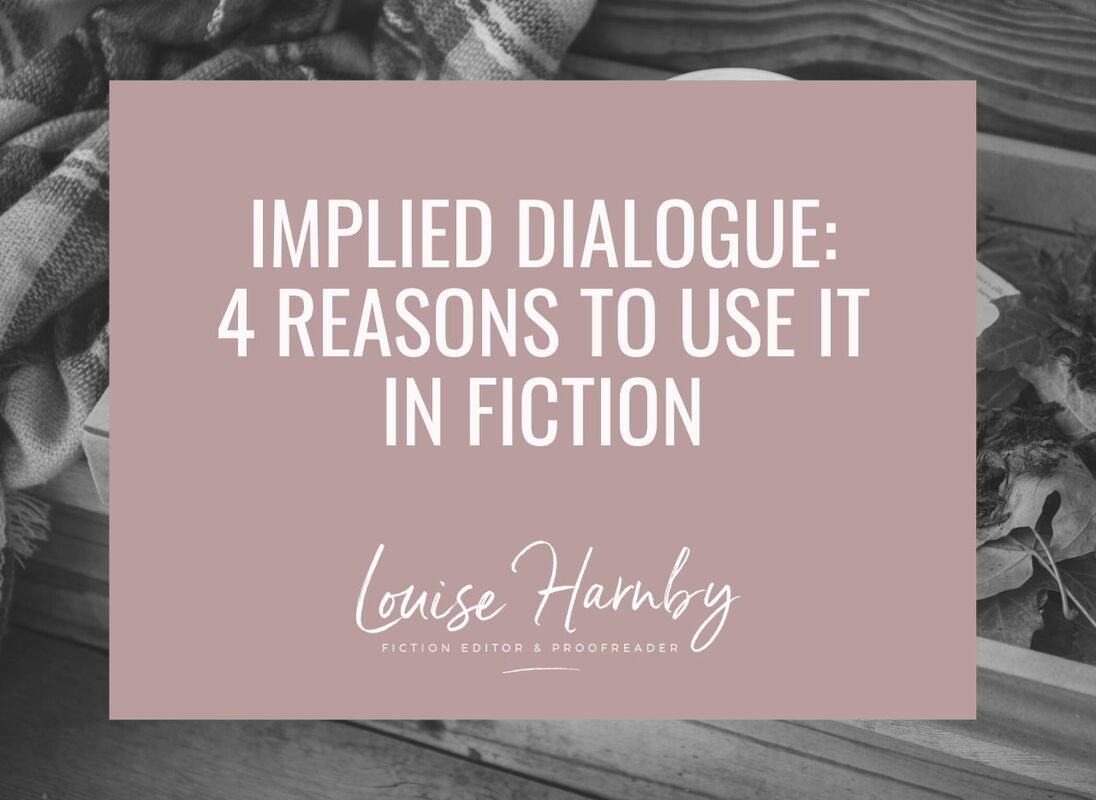
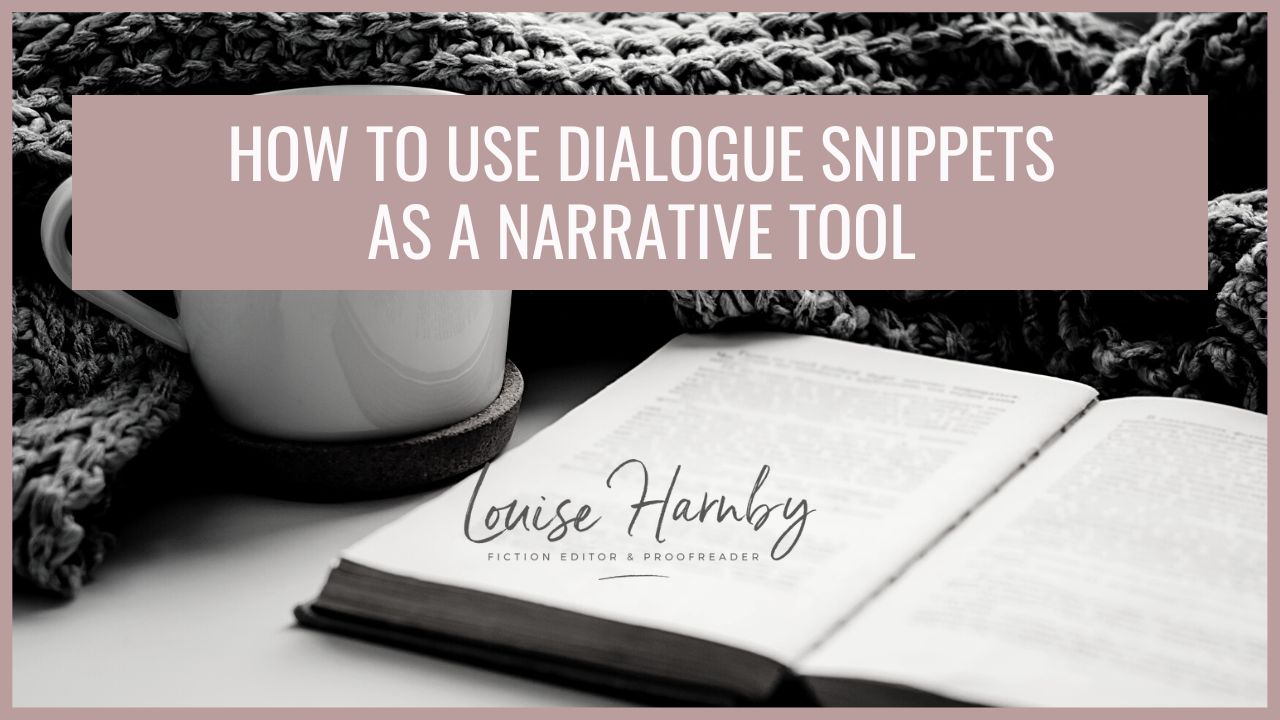

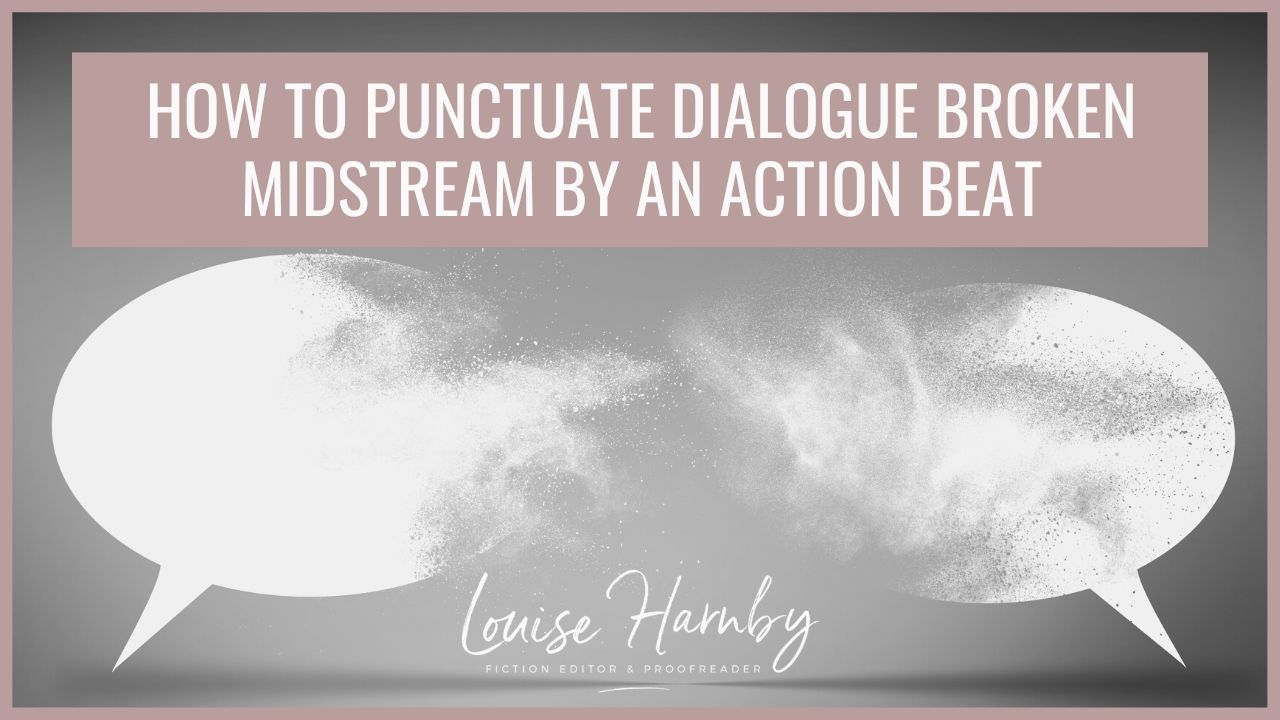
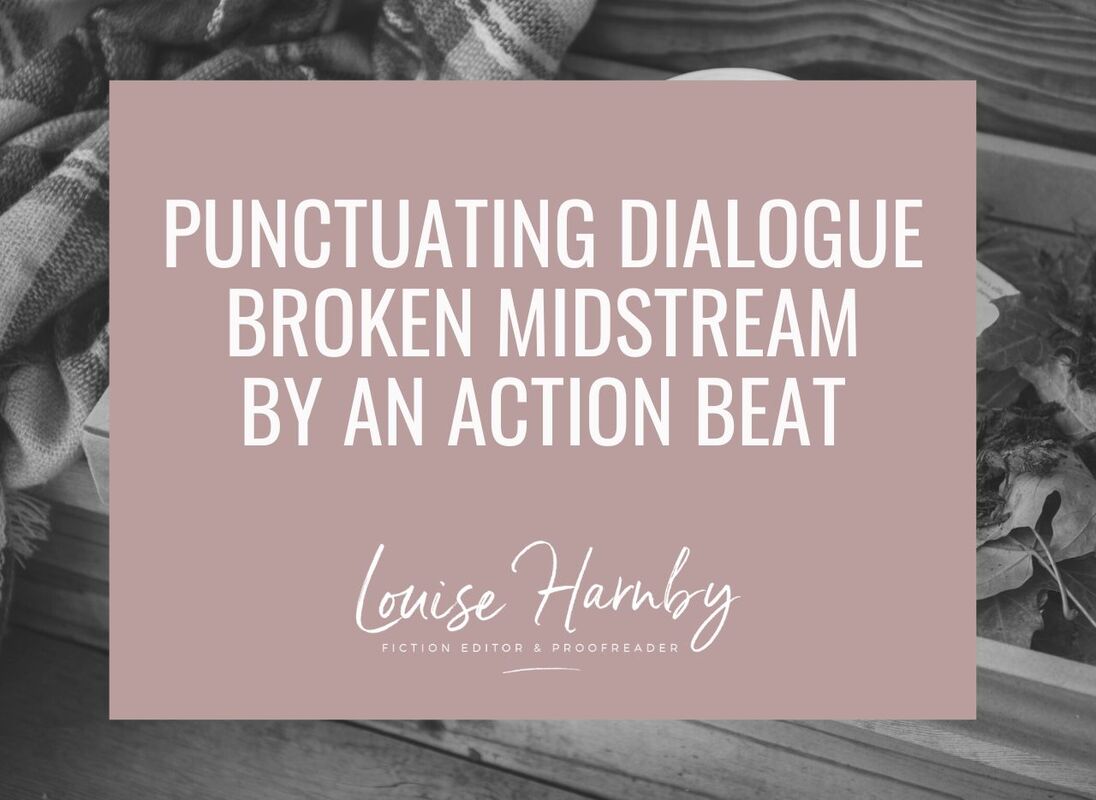
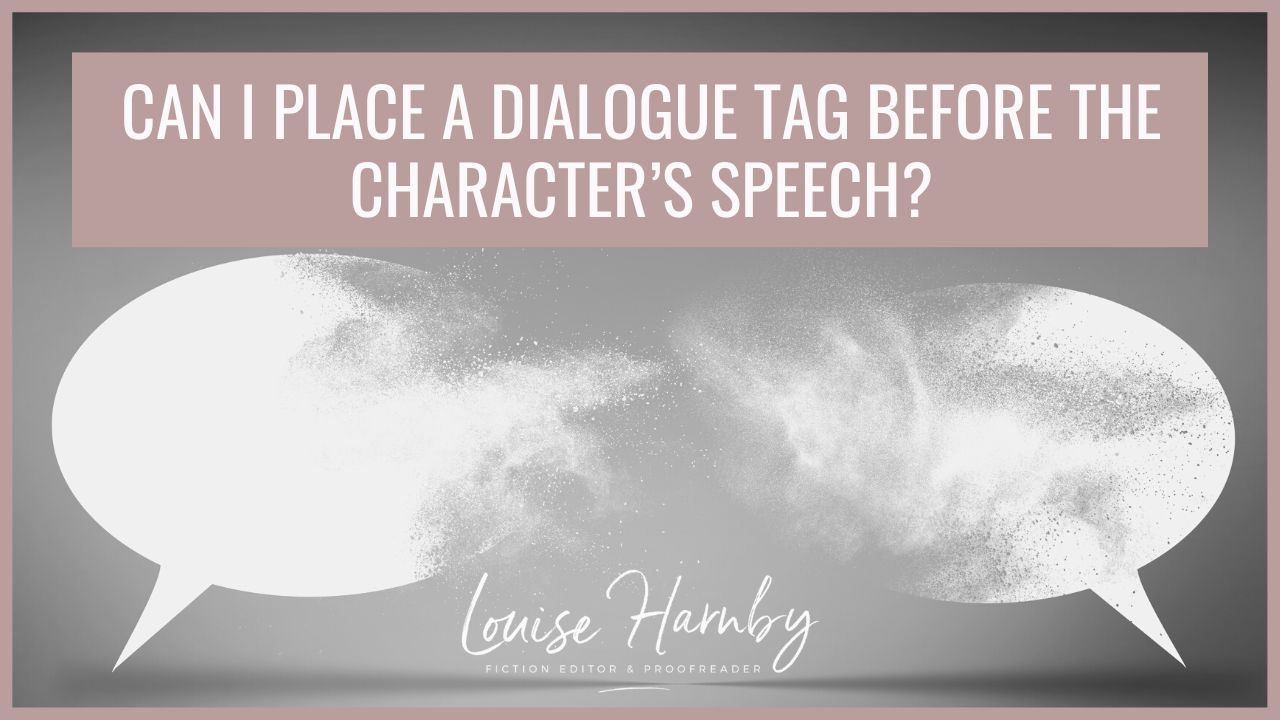
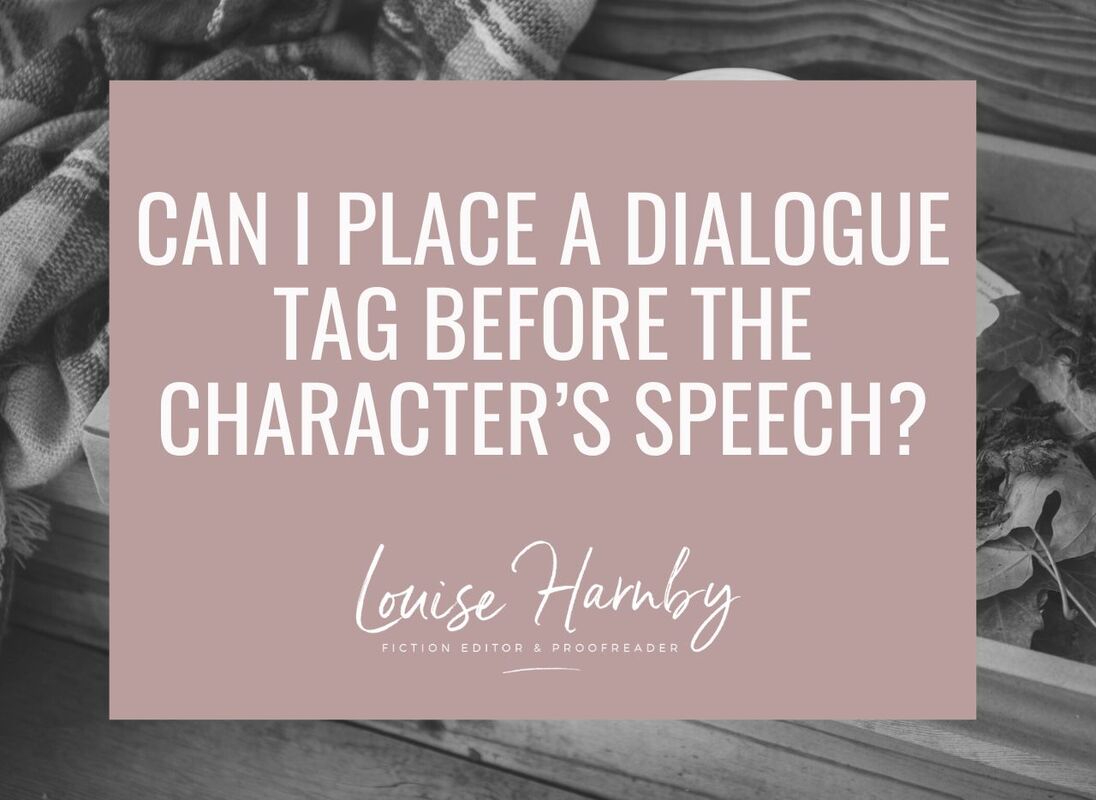
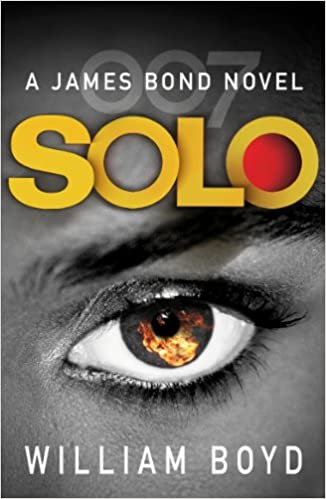
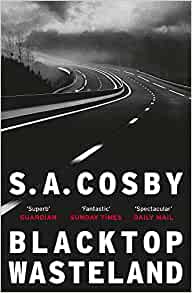
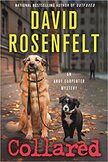
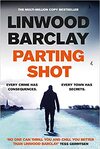
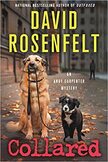
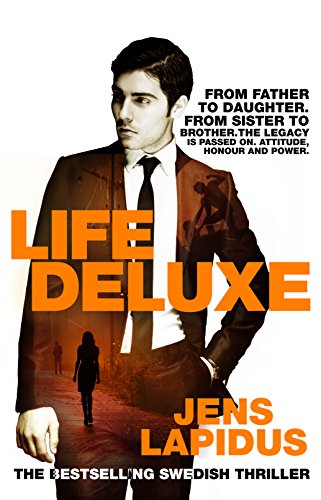
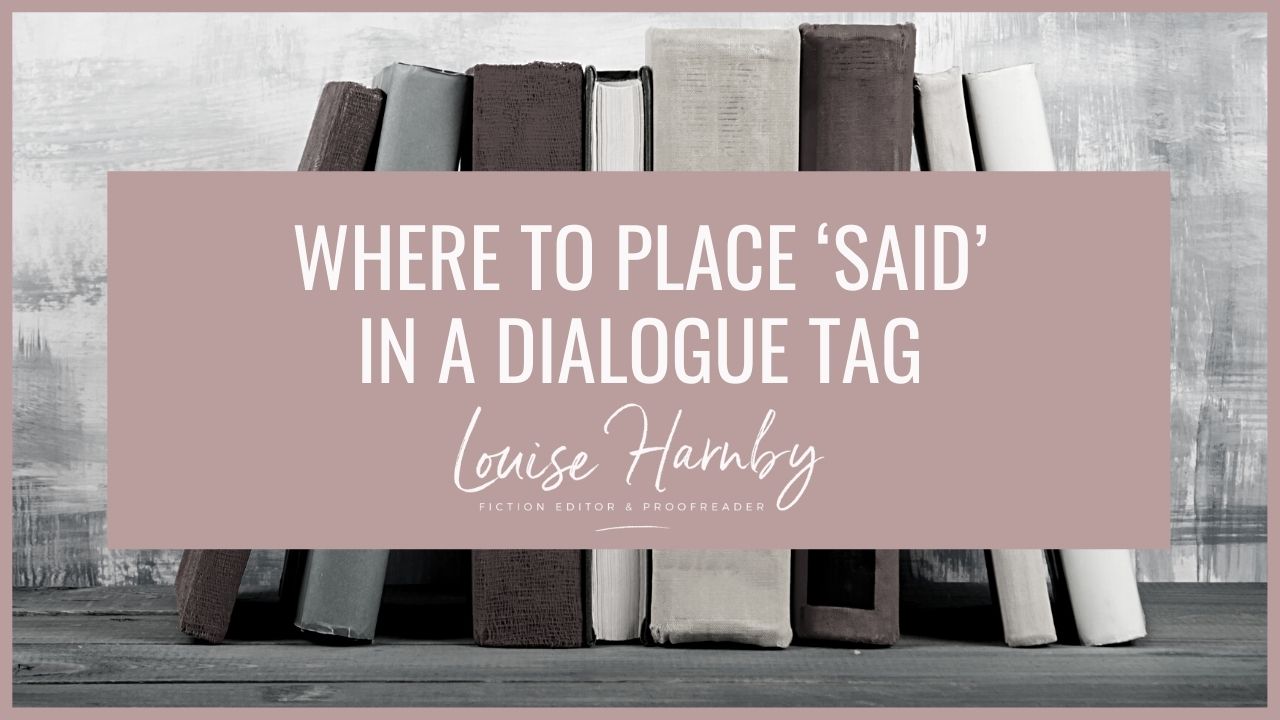
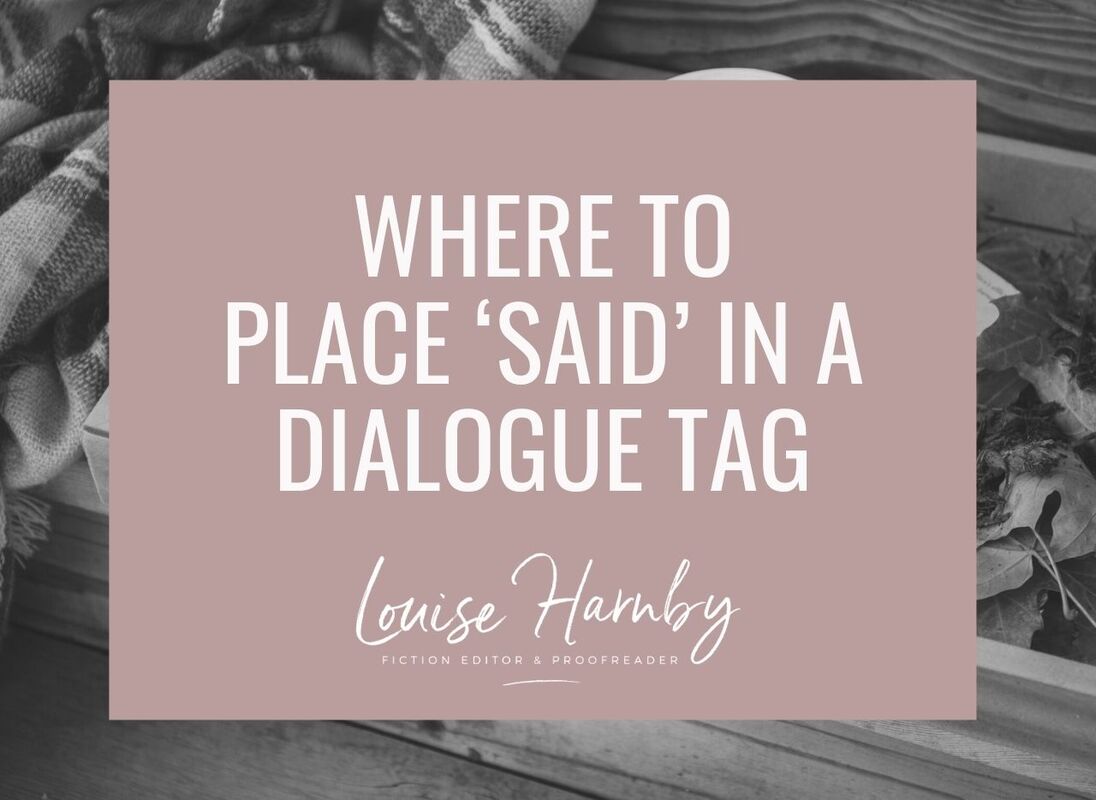

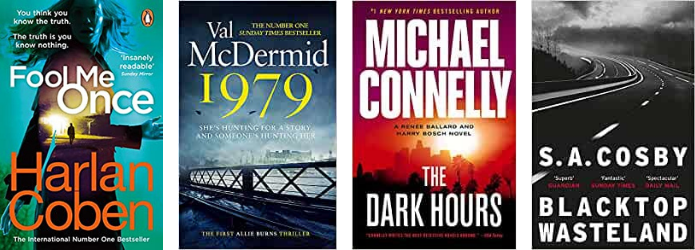
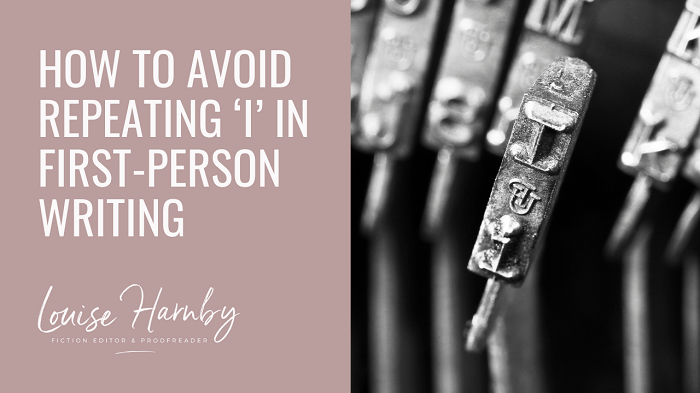
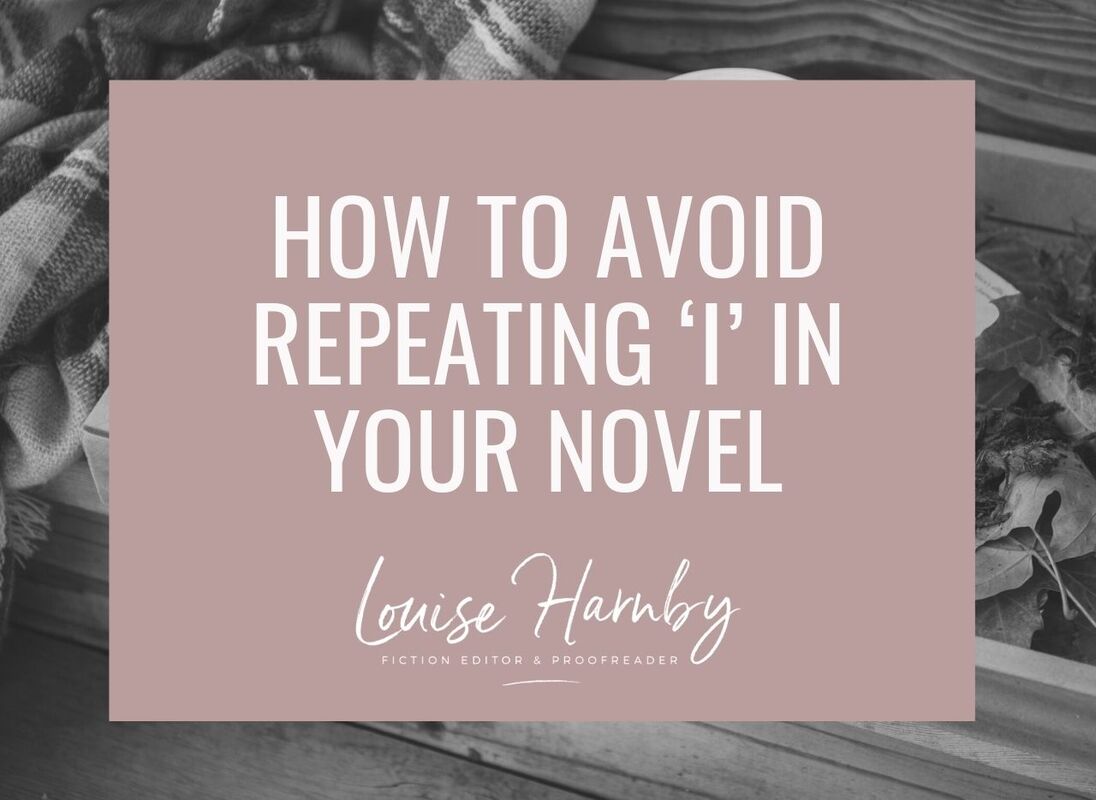
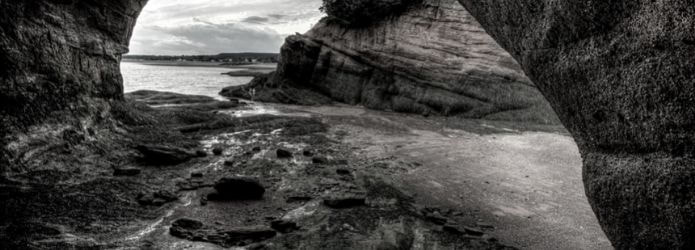
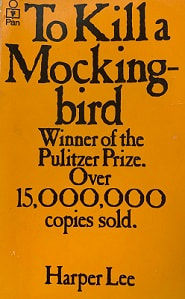
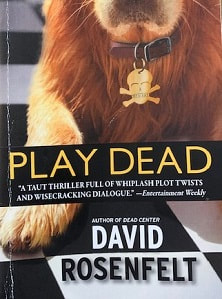

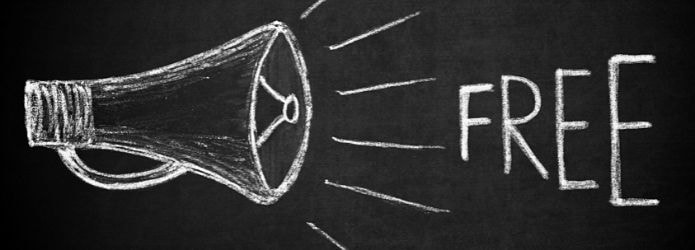
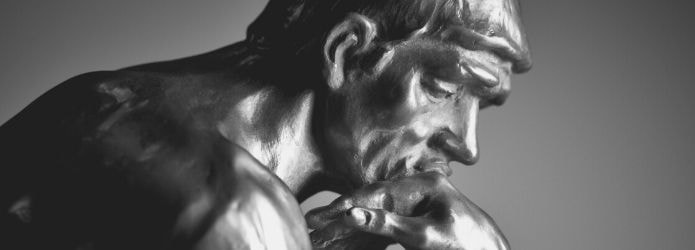




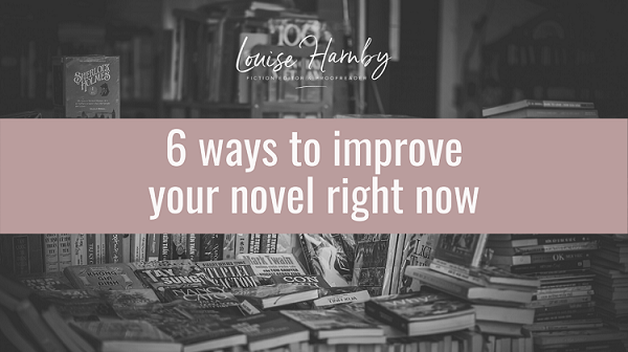
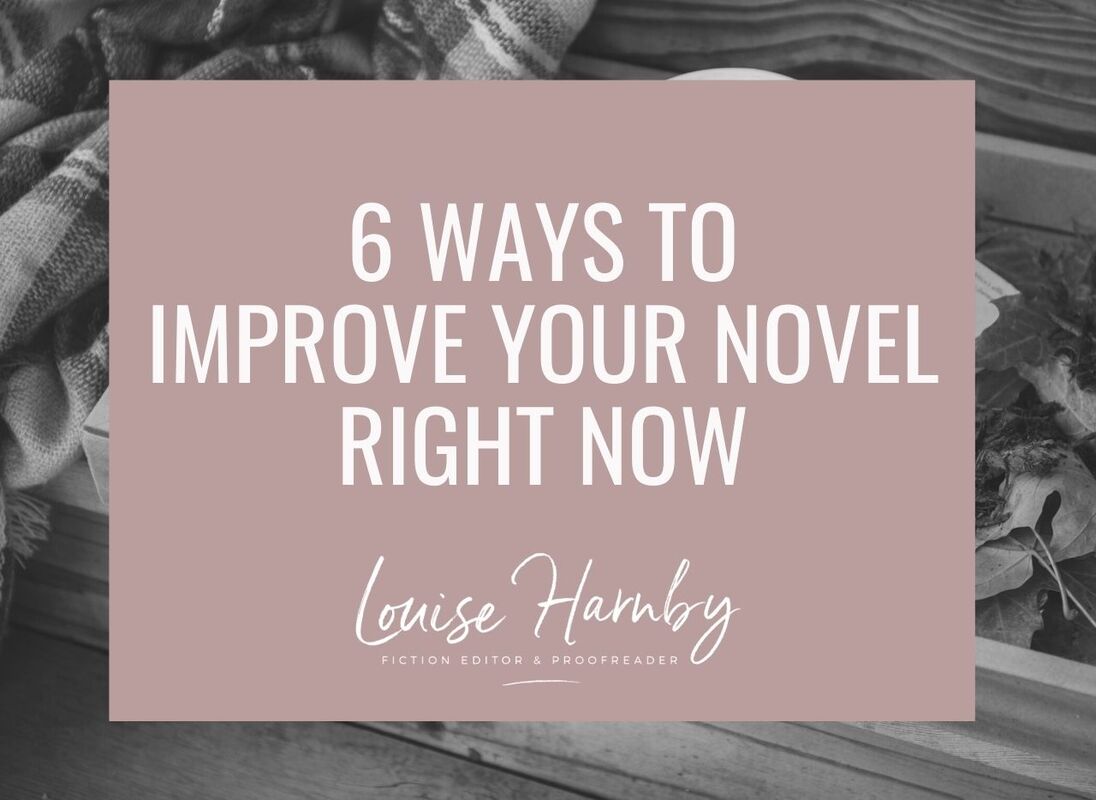
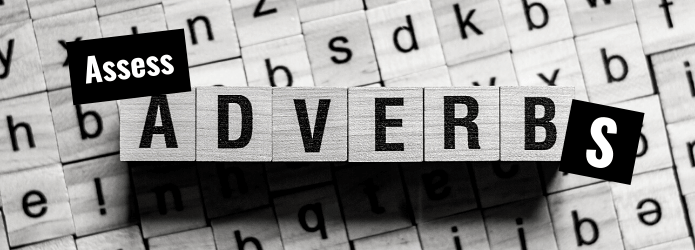

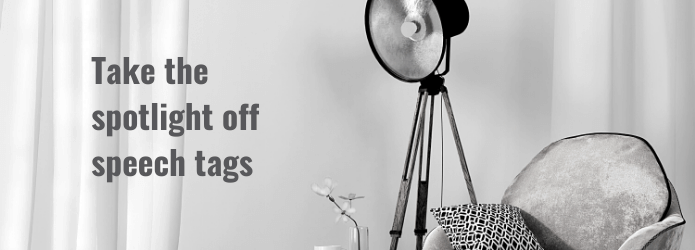

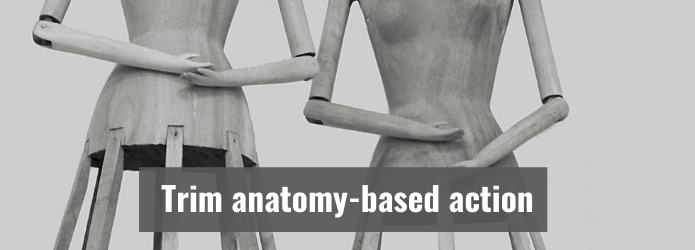
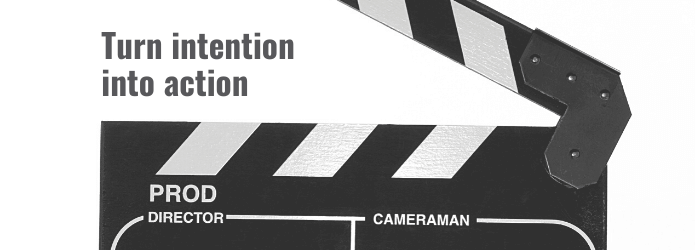

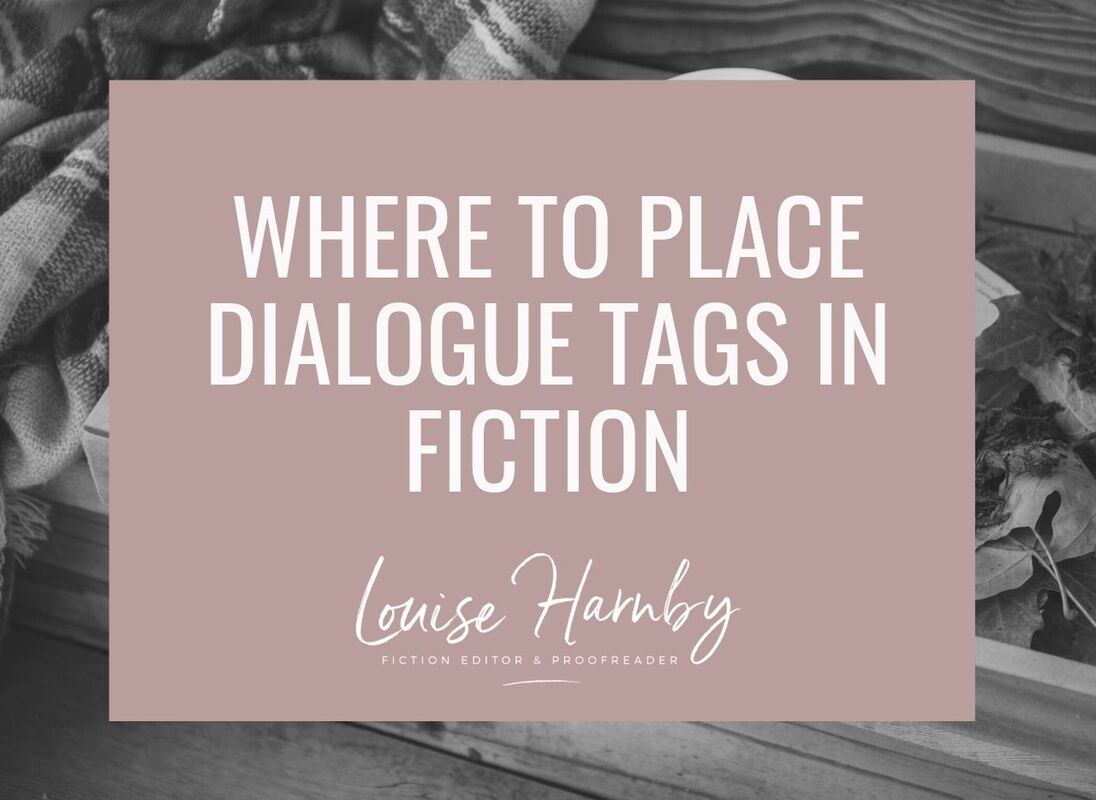

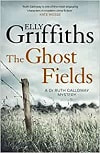
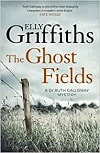
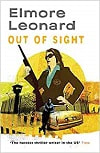
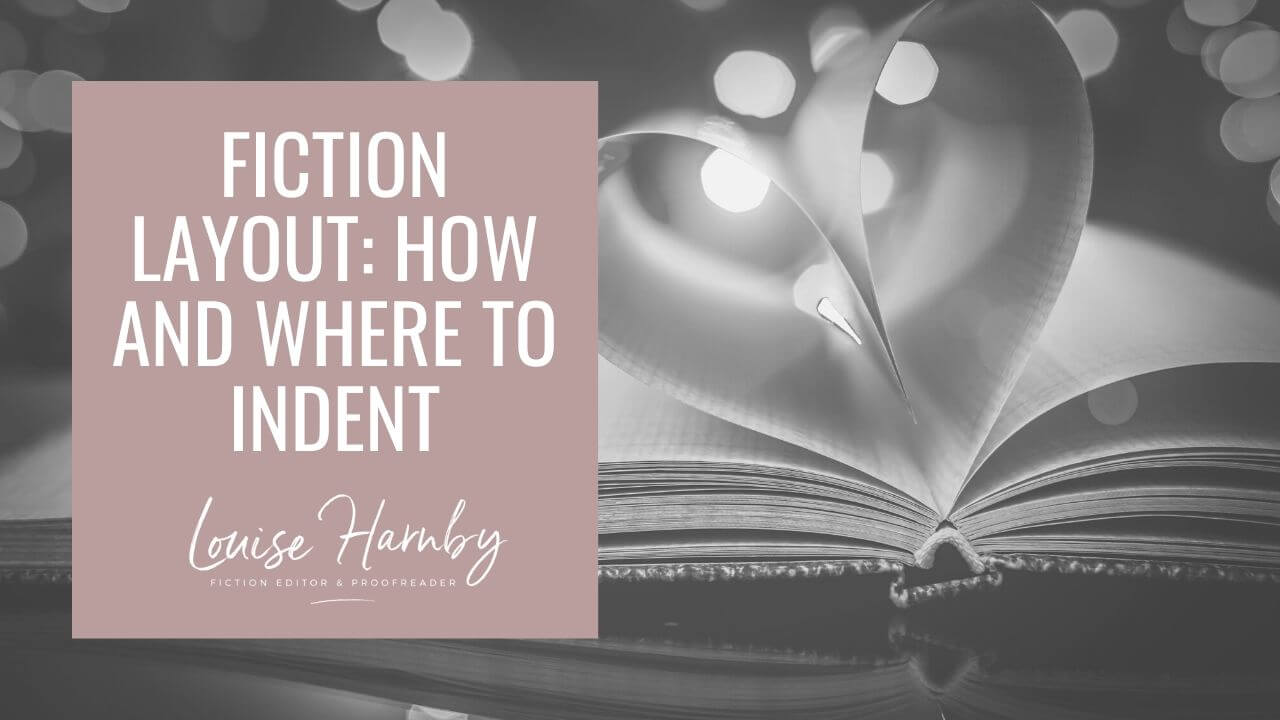
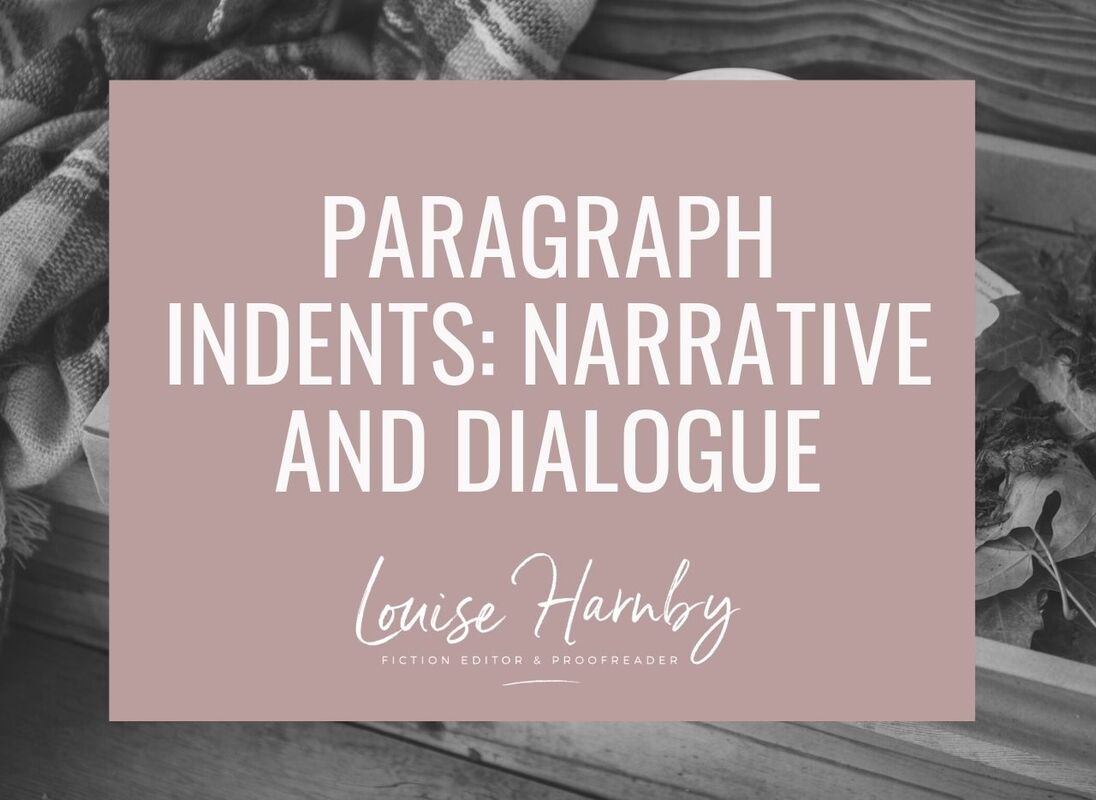
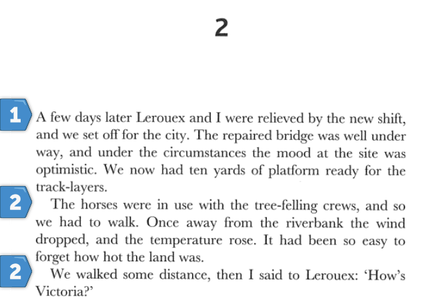
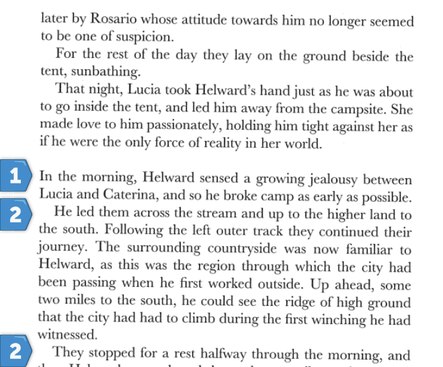
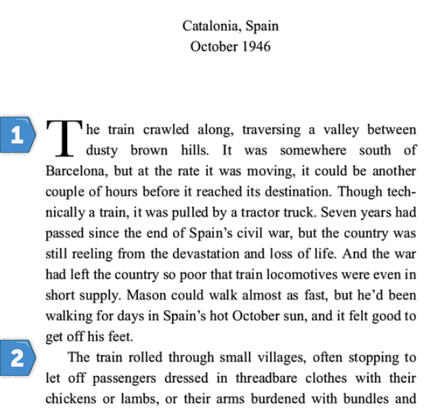
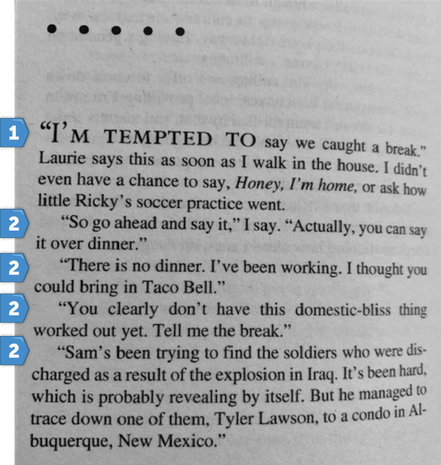
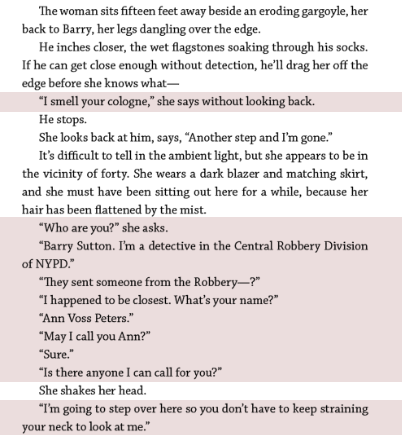
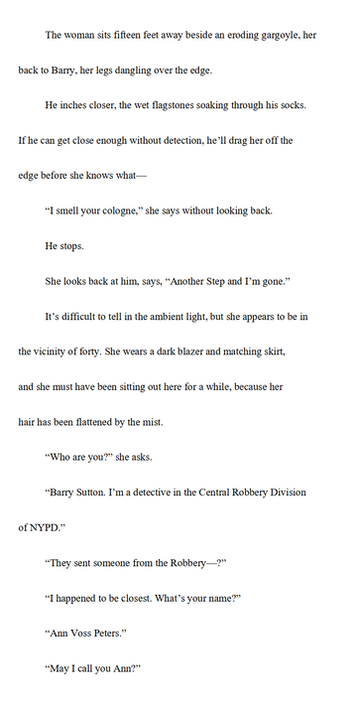
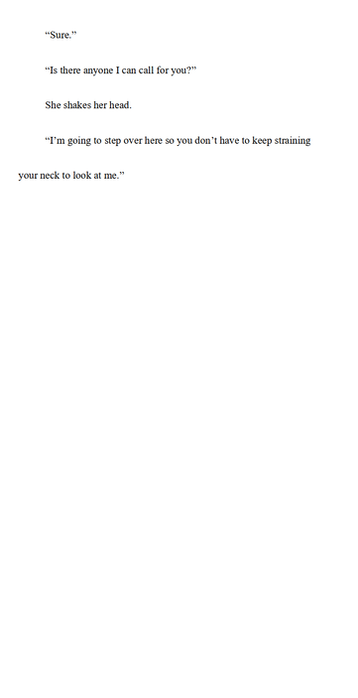

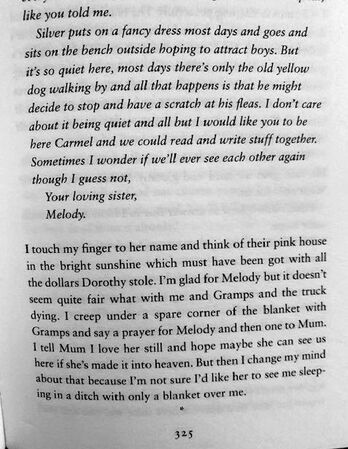

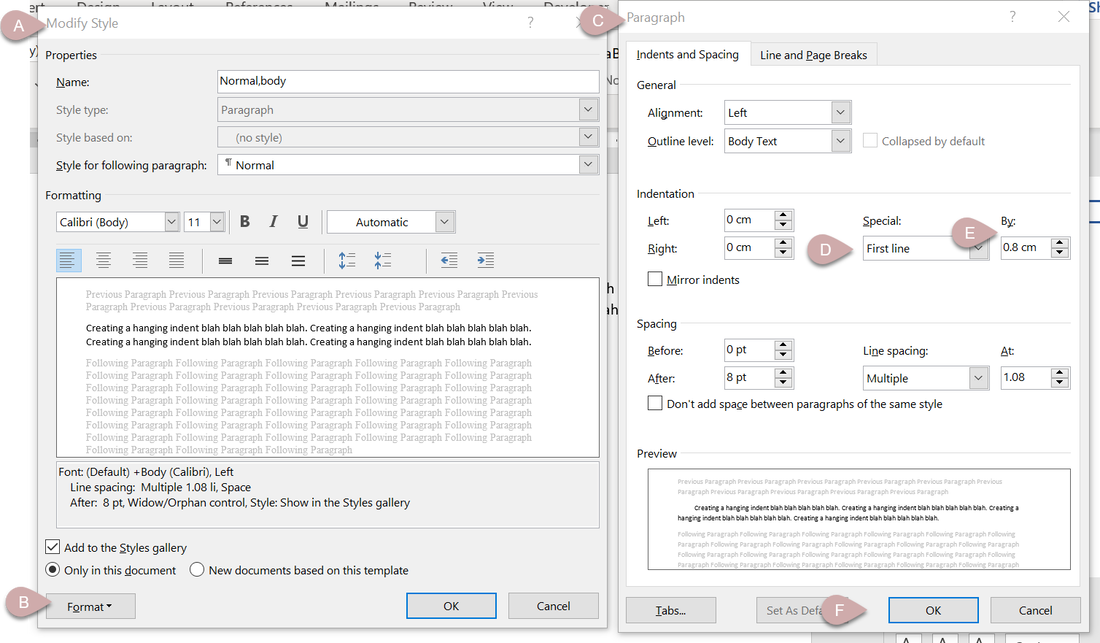
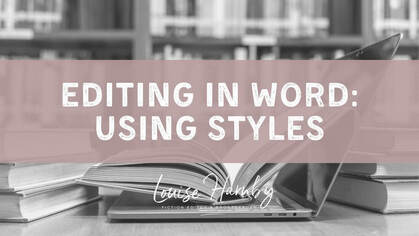
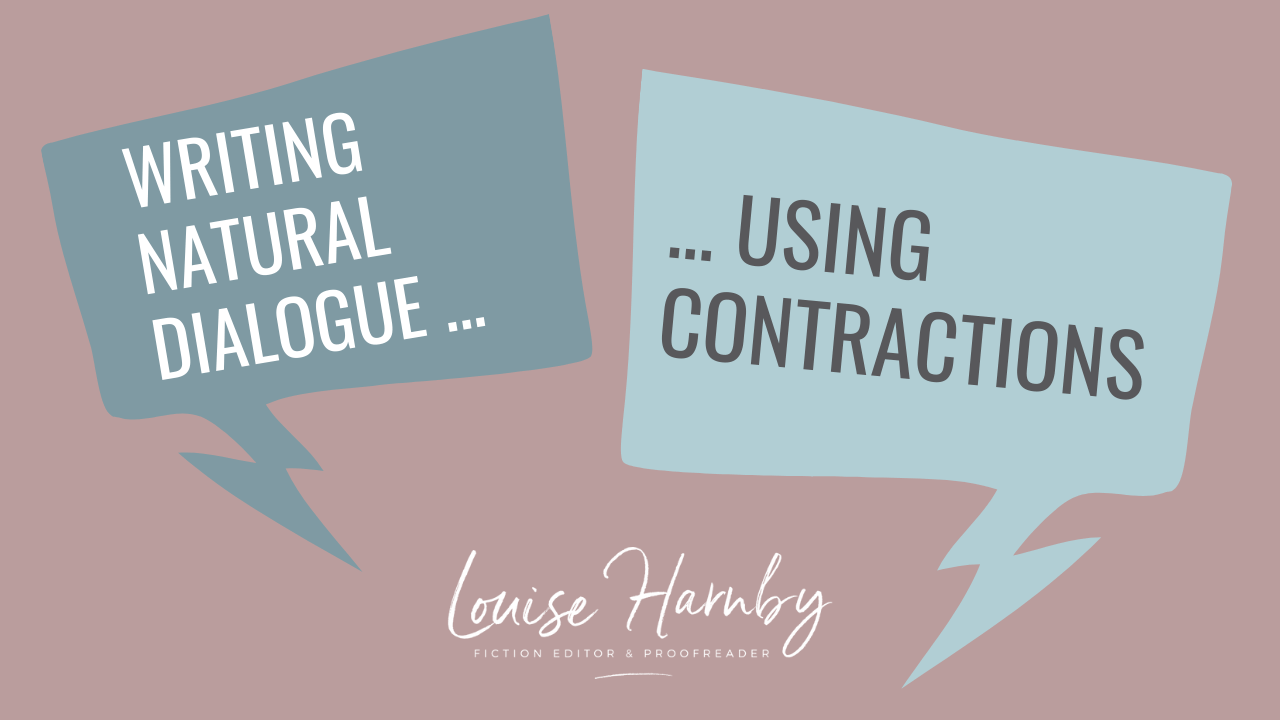

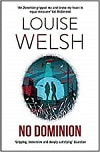
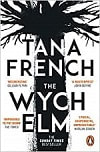
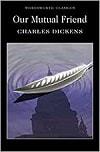
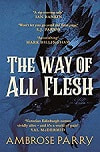
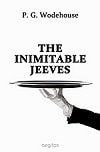
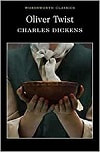
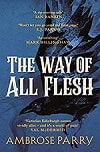
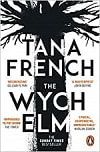


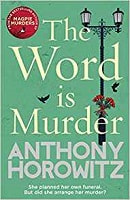
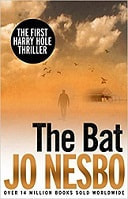
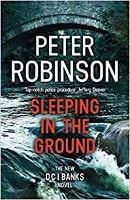
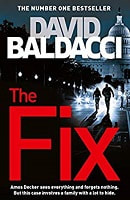

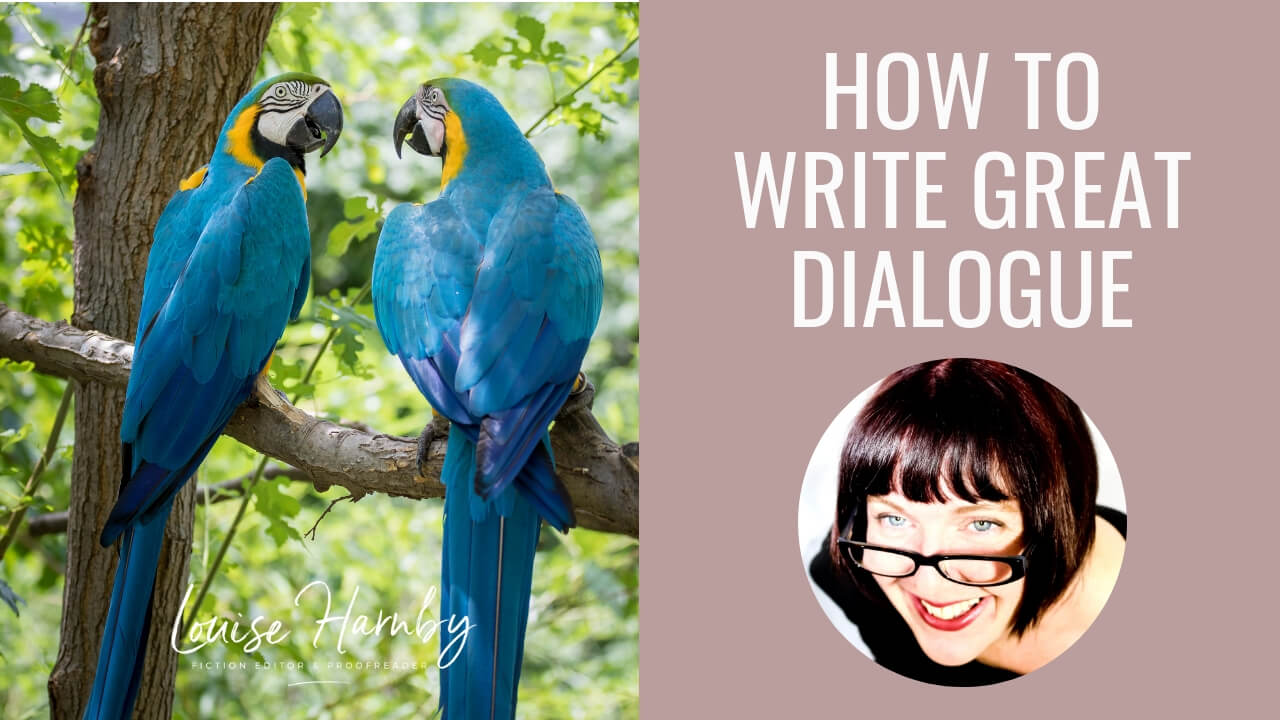
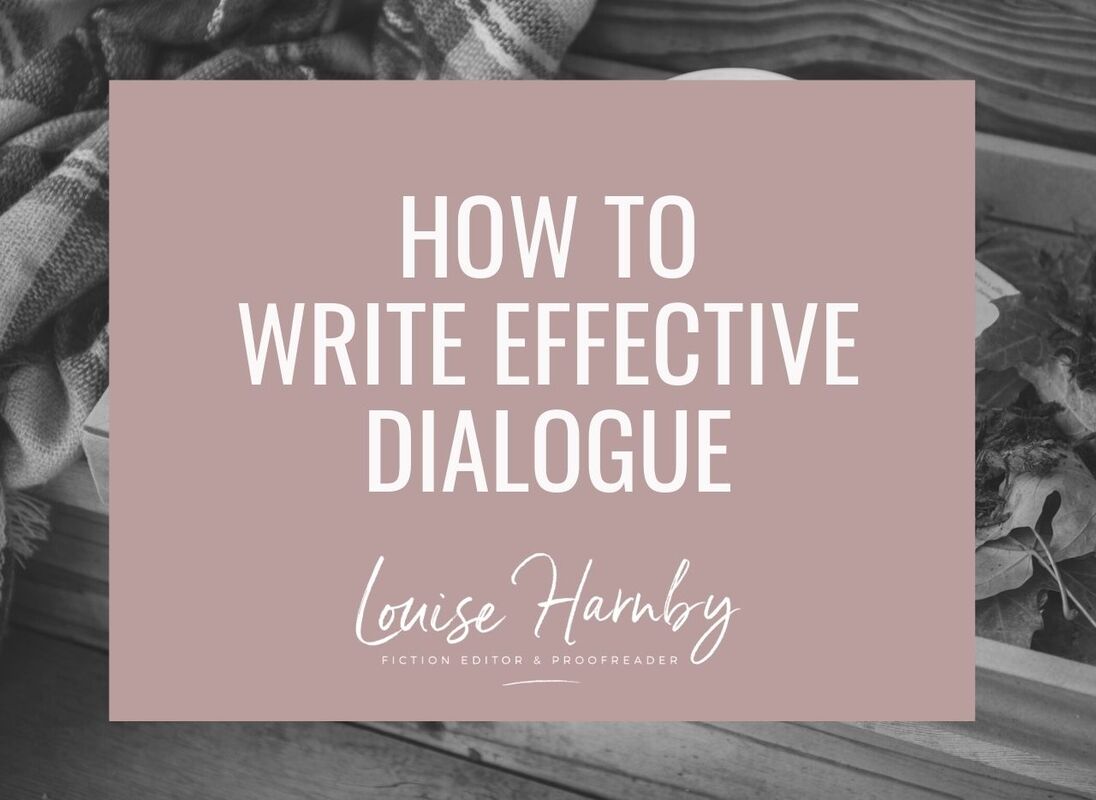
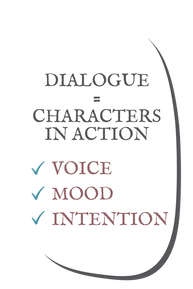




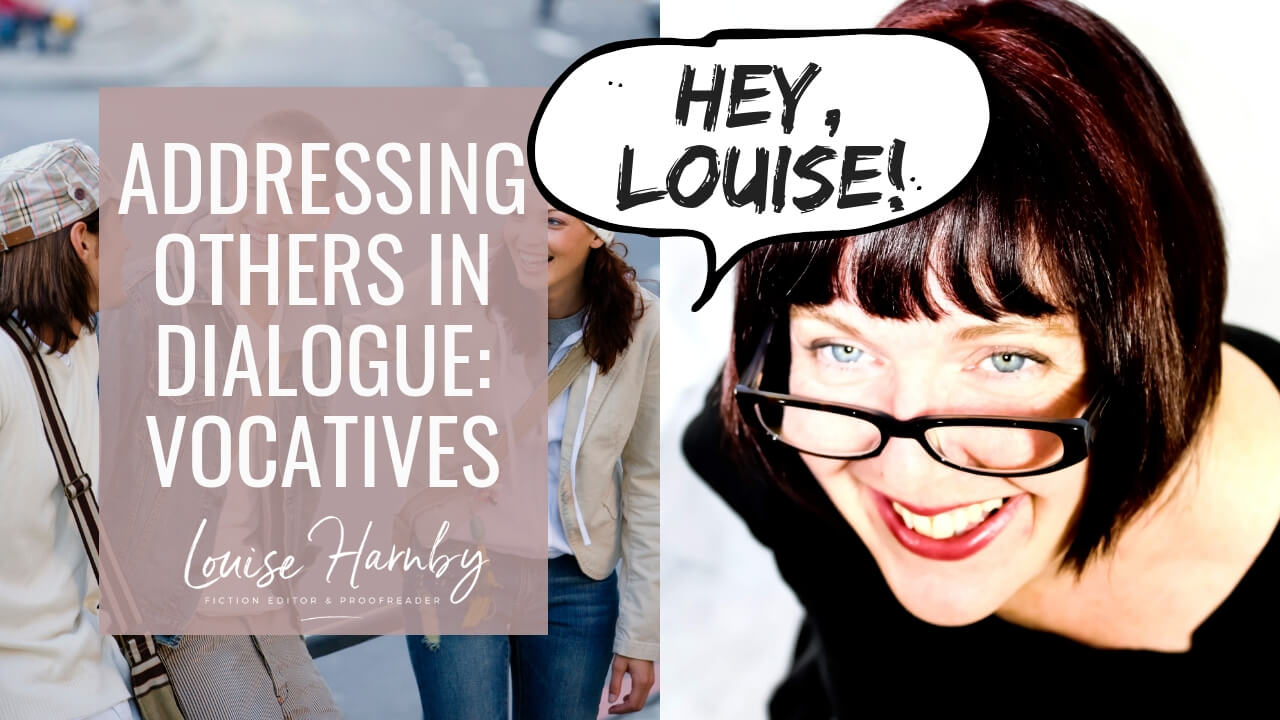
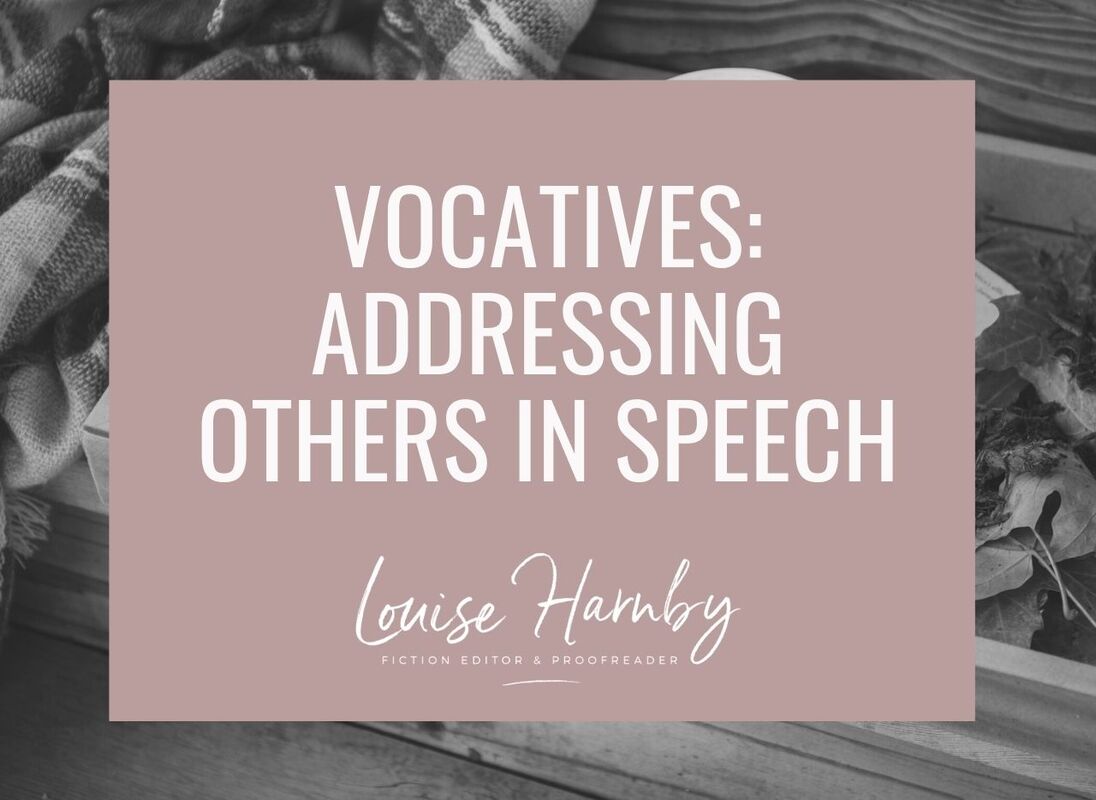







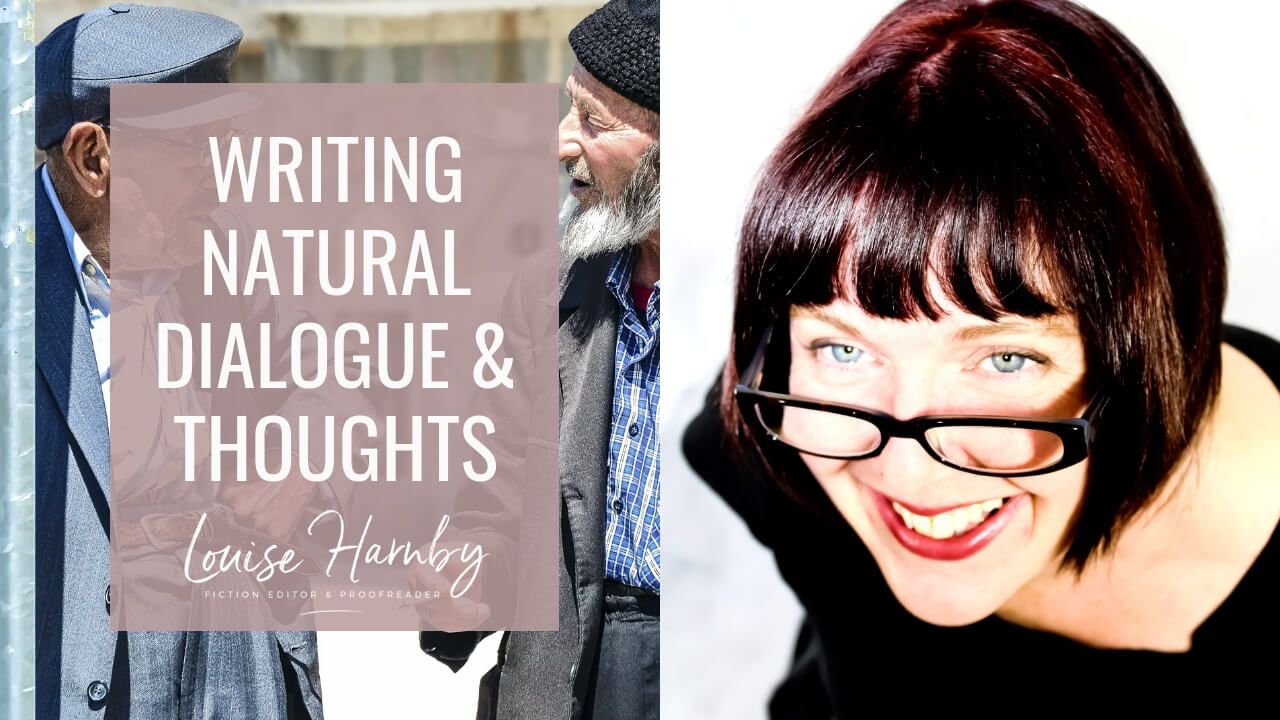
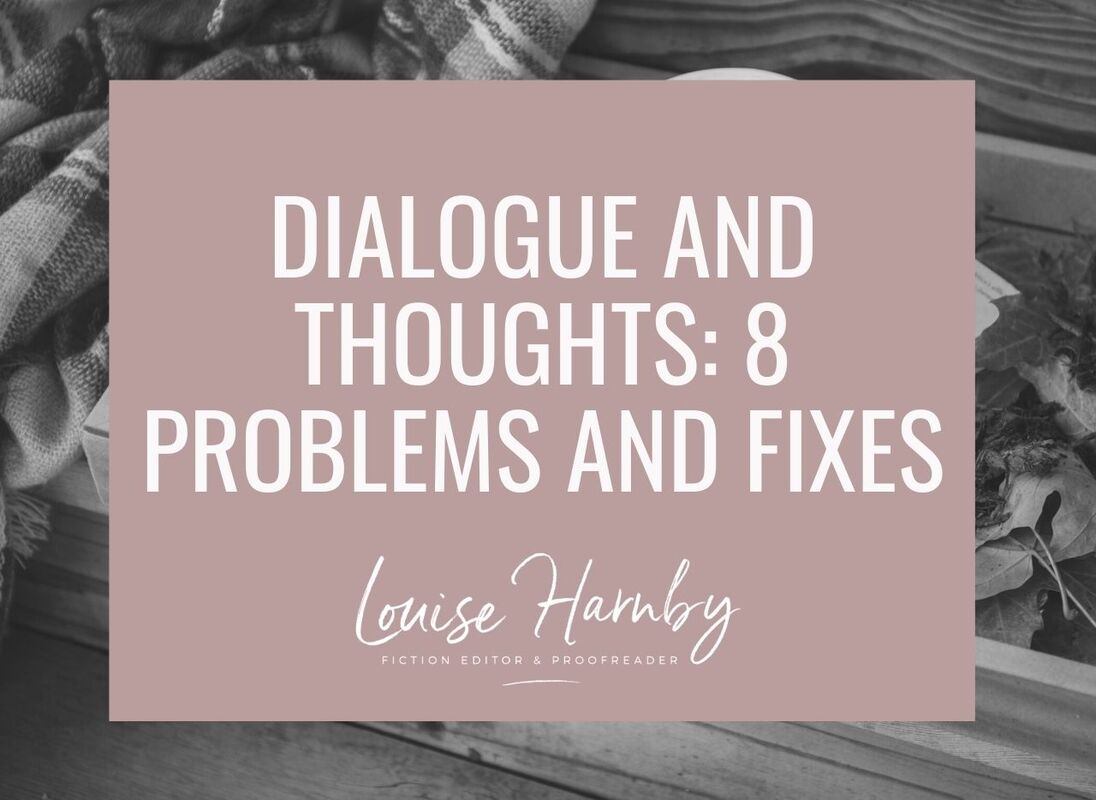
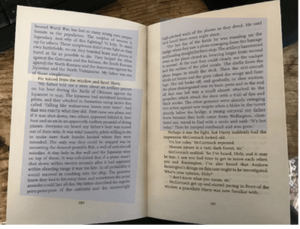

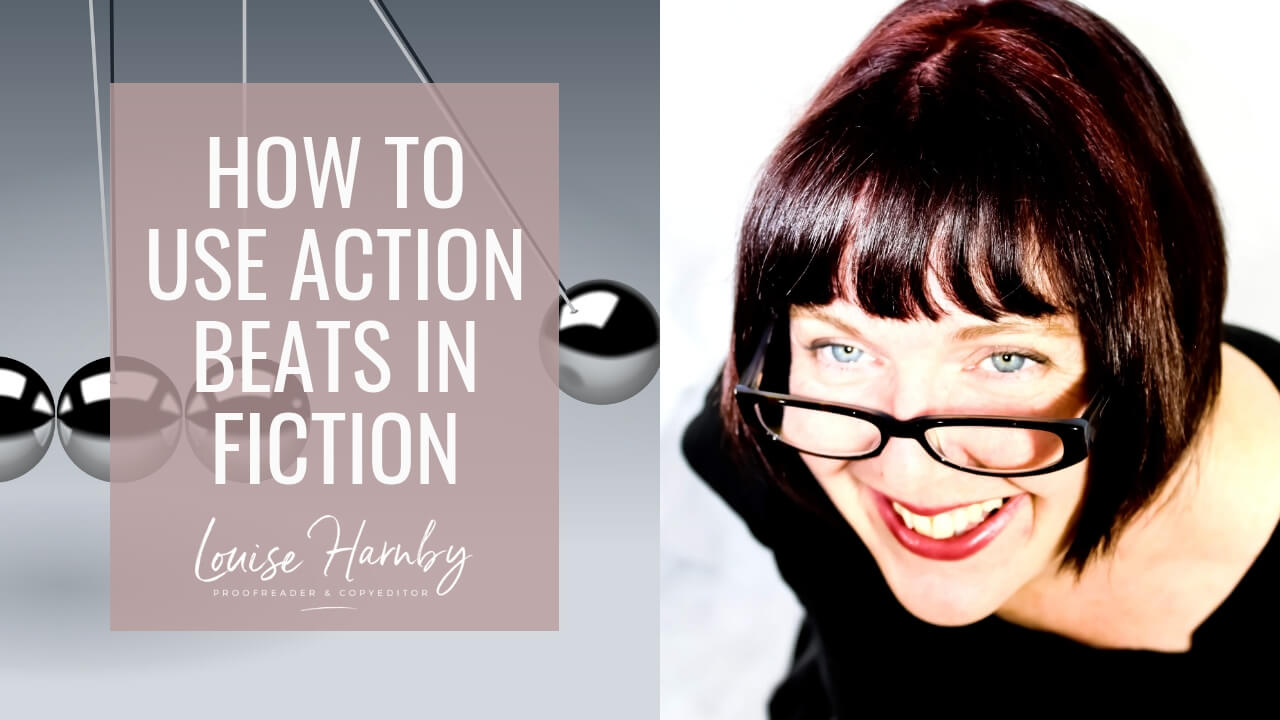


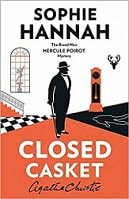
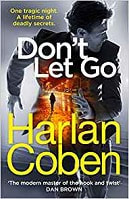
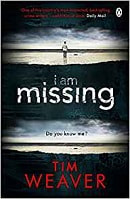


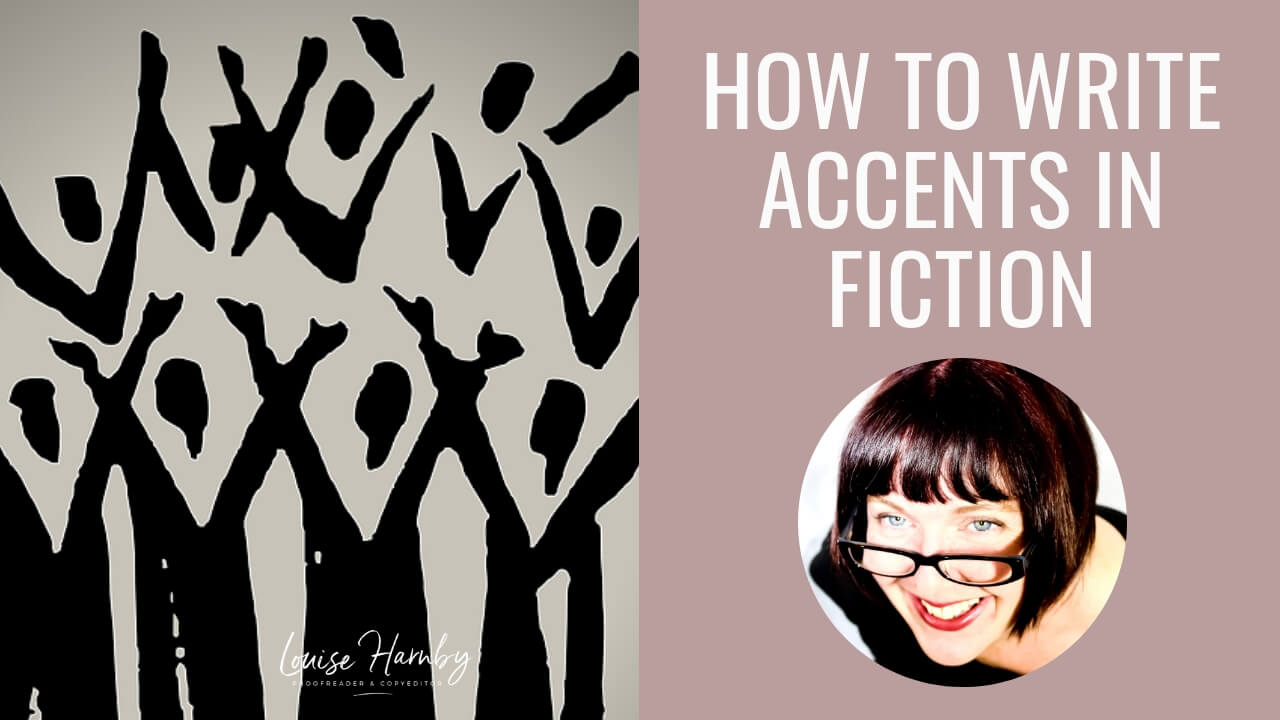
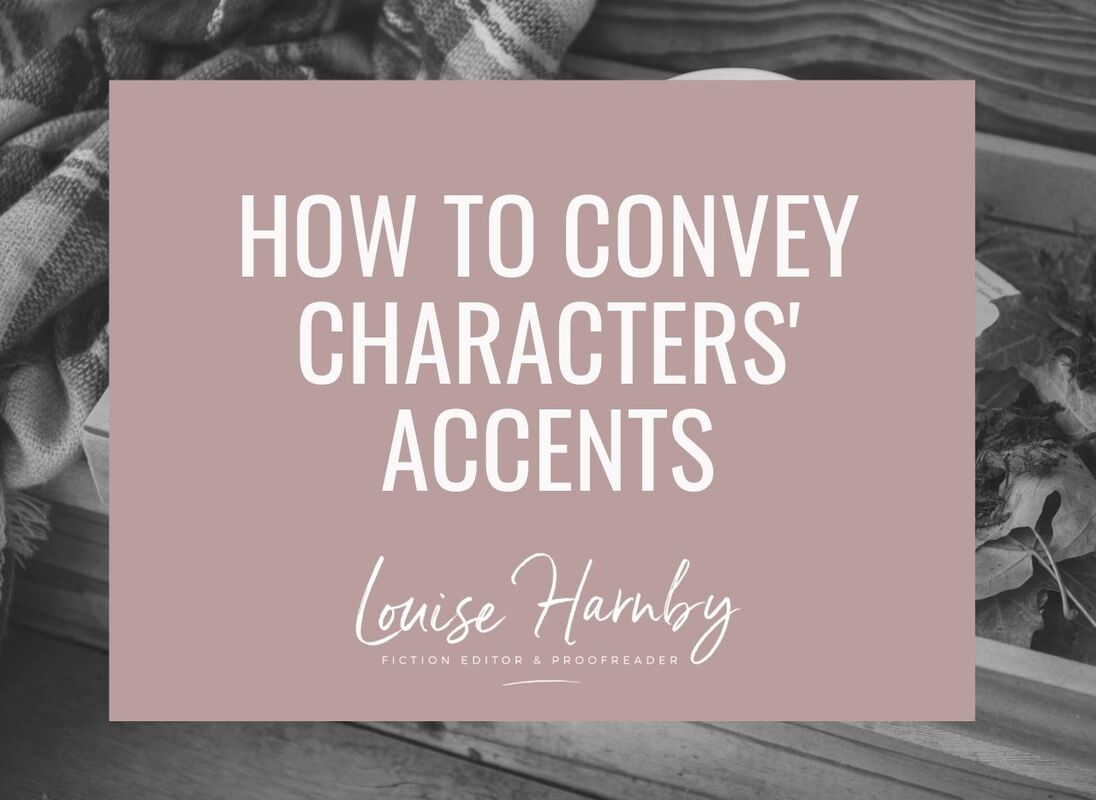
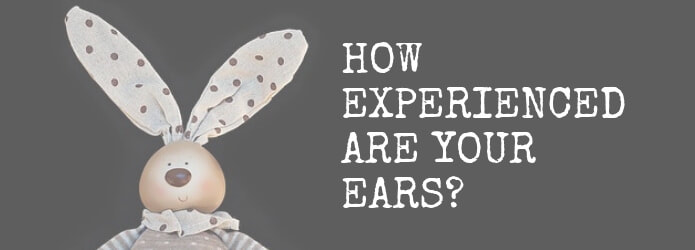
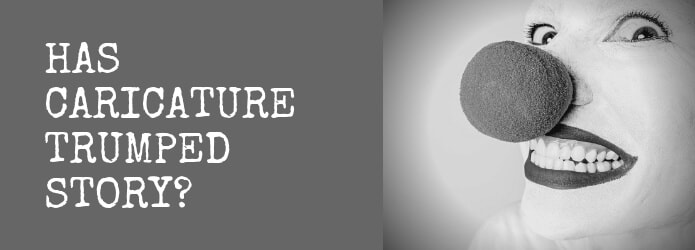
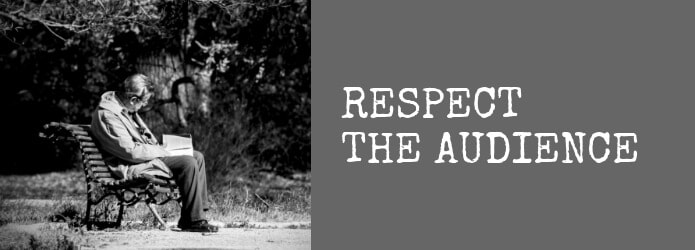
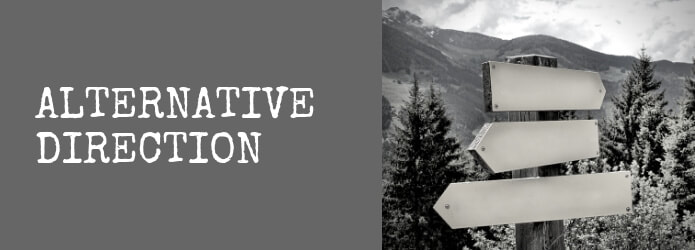
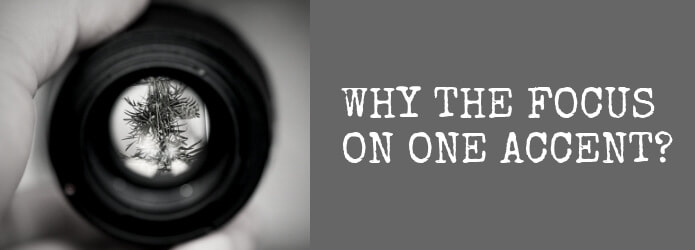
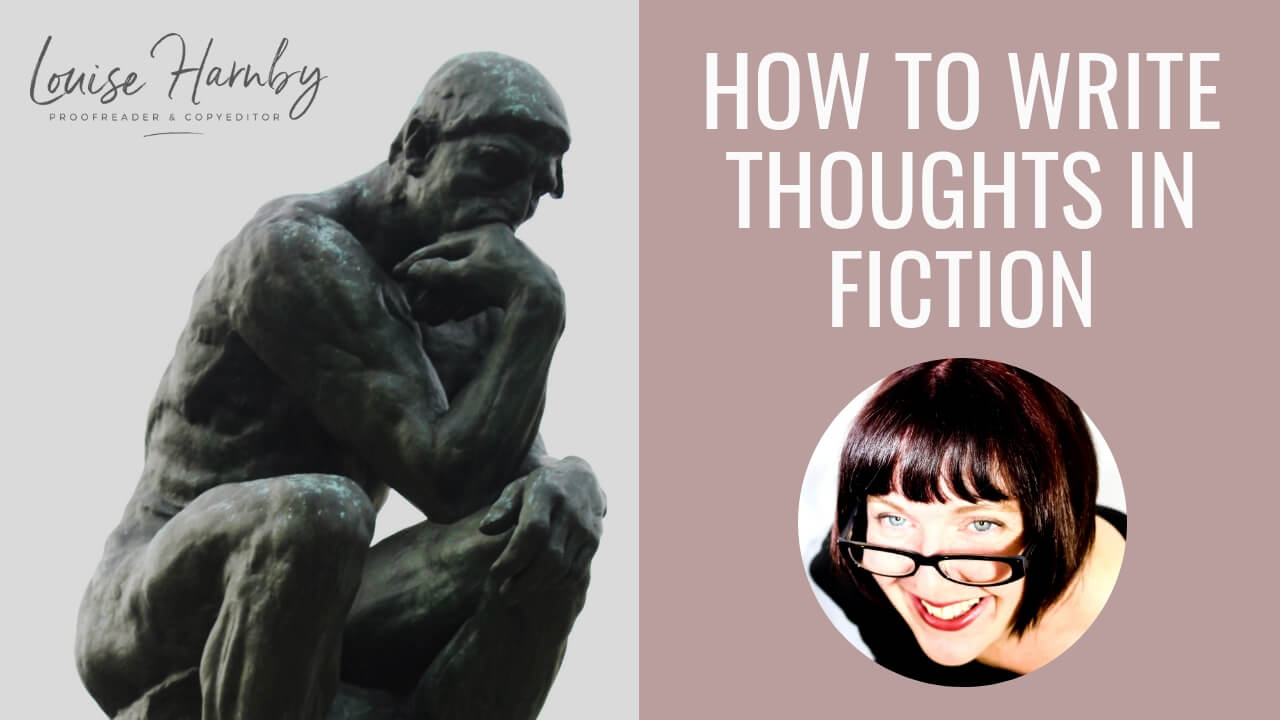
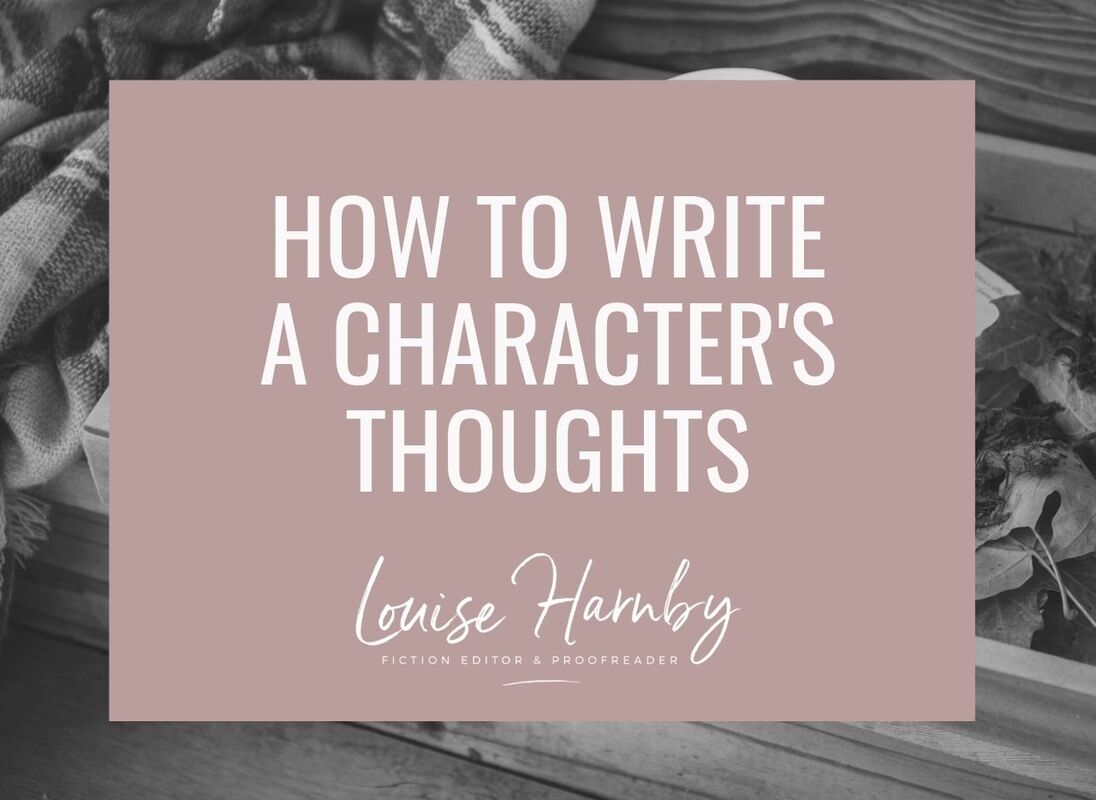
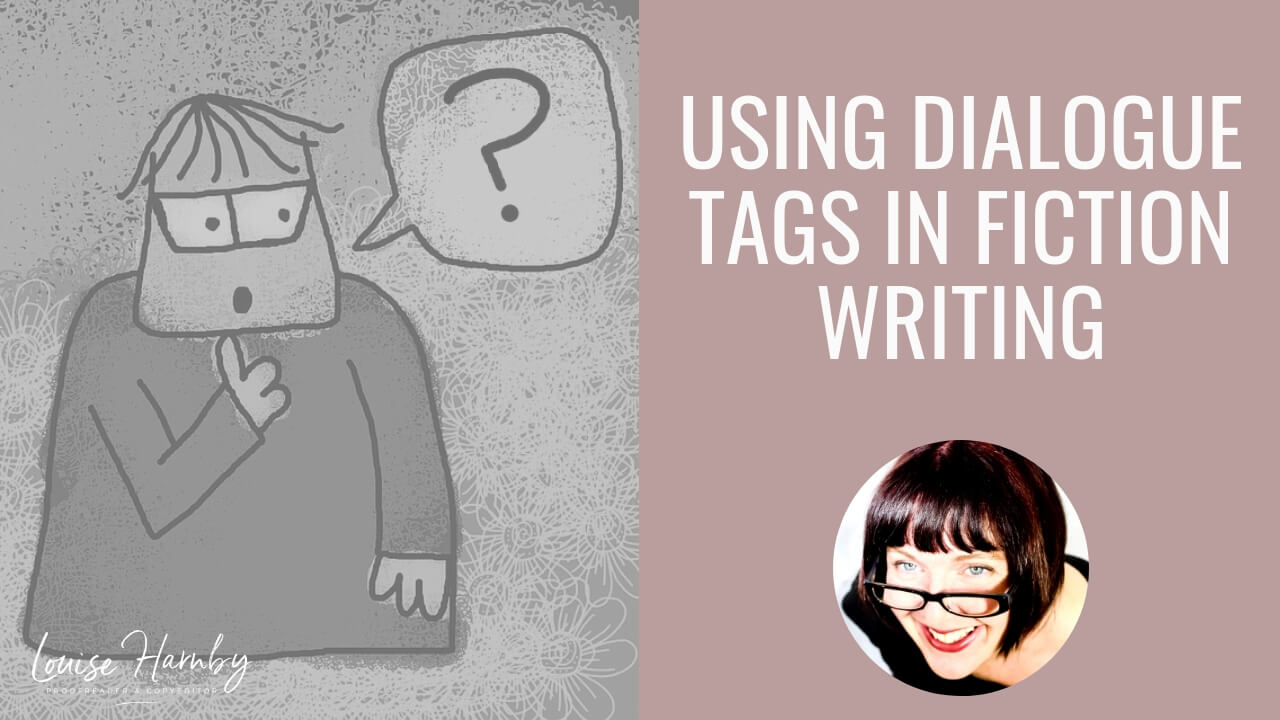
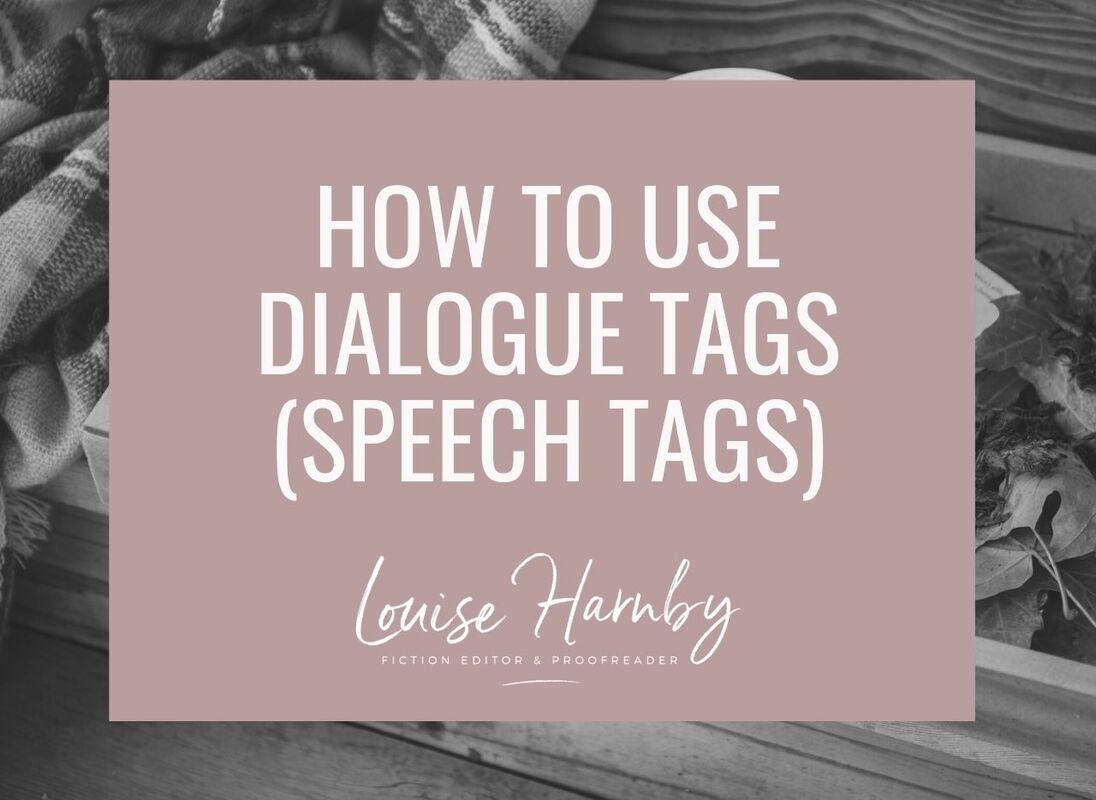
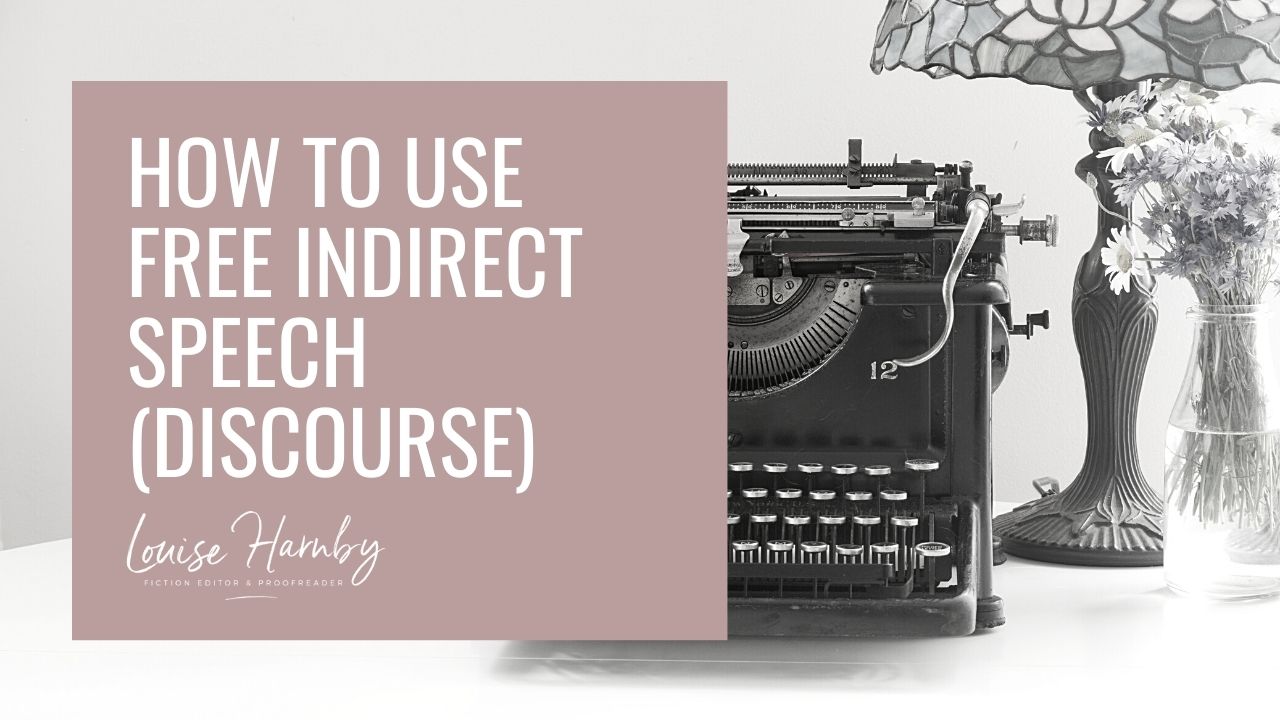
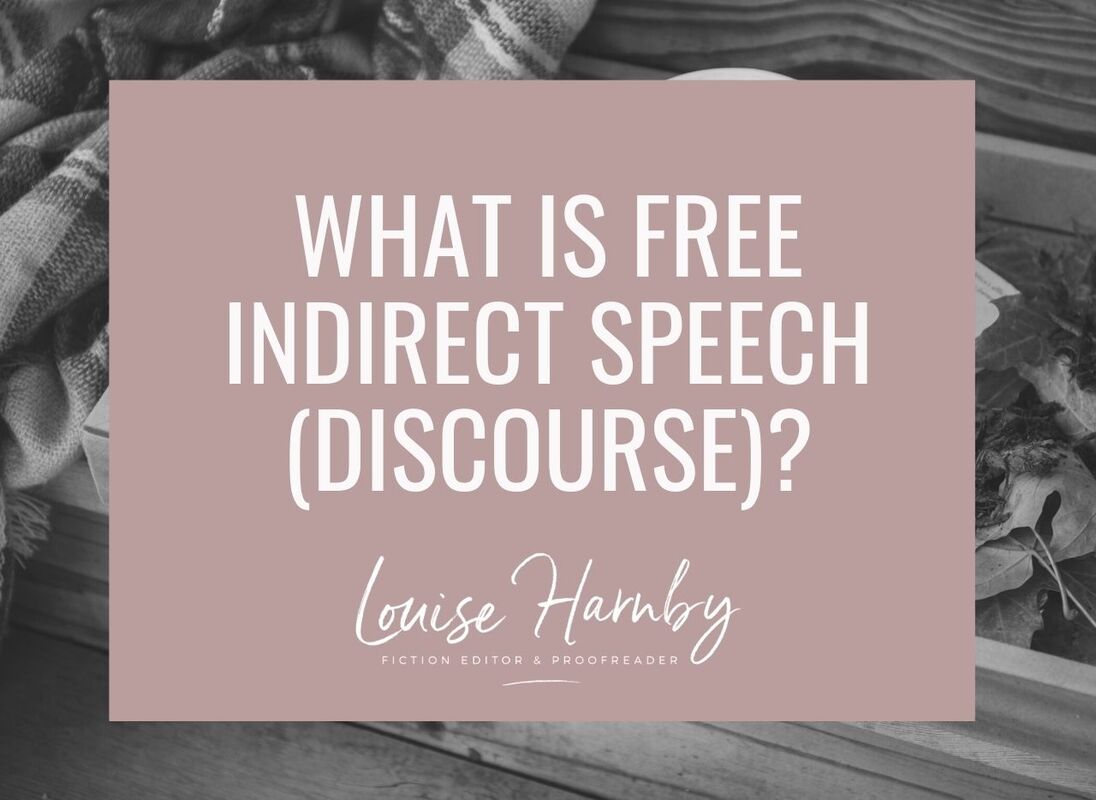
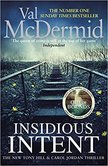
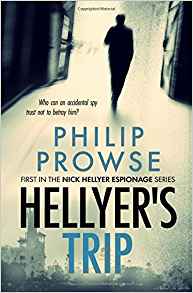

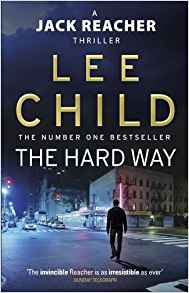














 RSS Feed
RSS Feed





